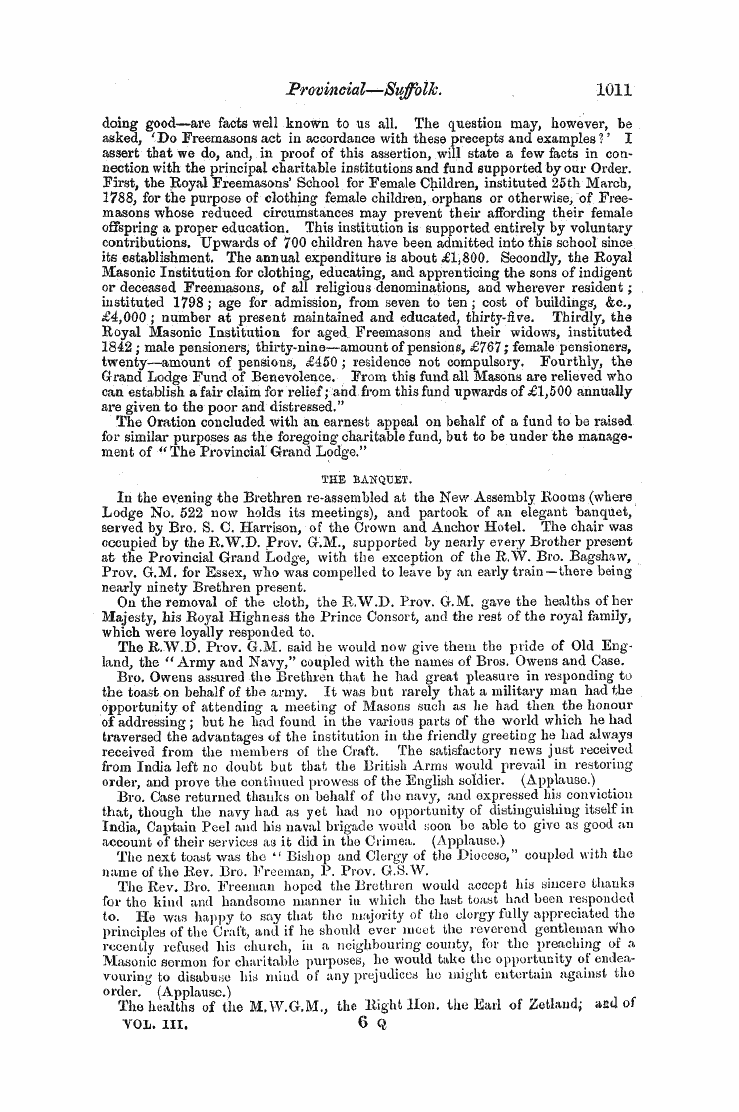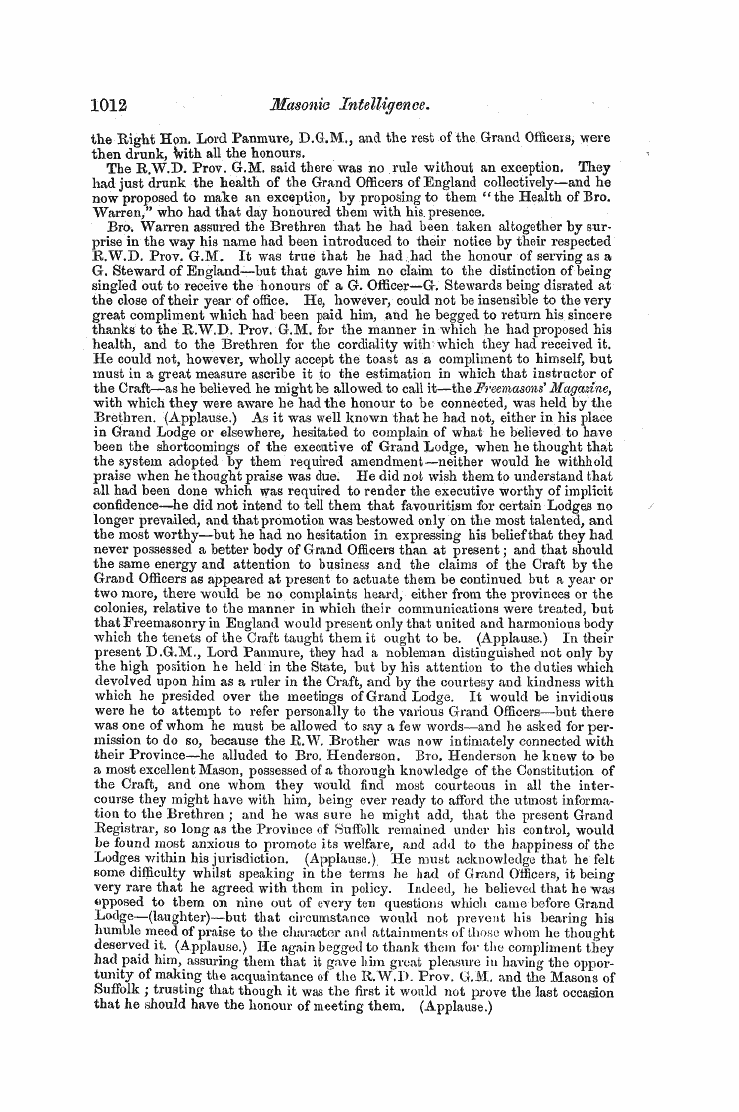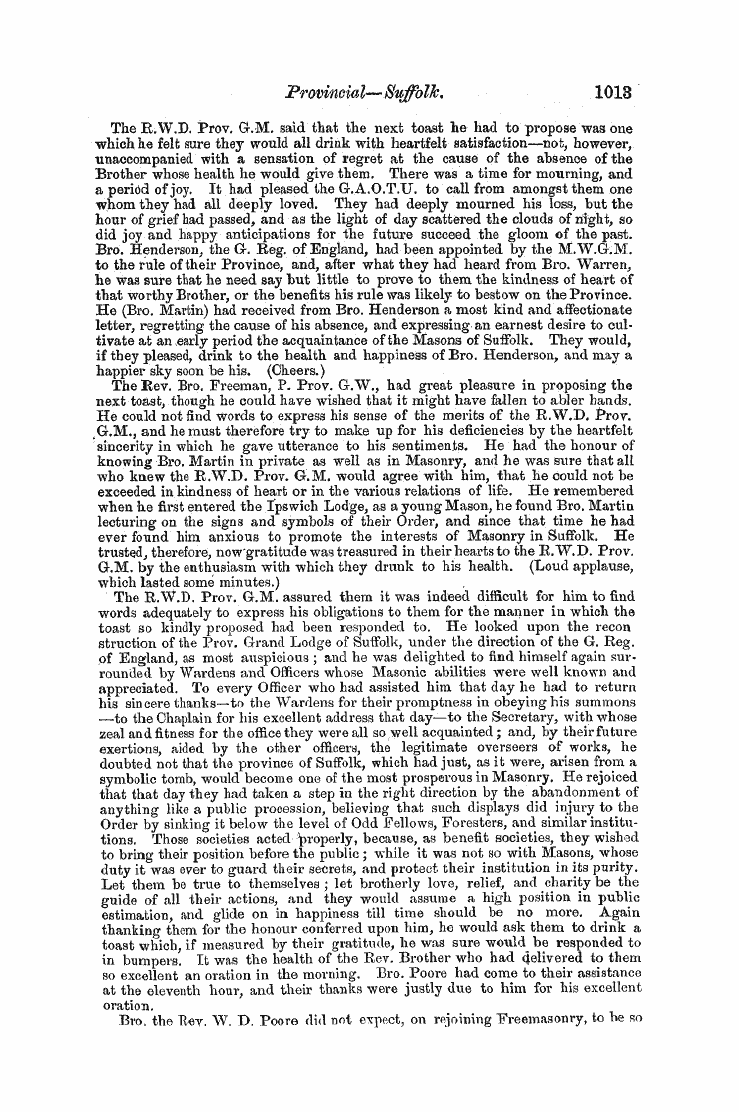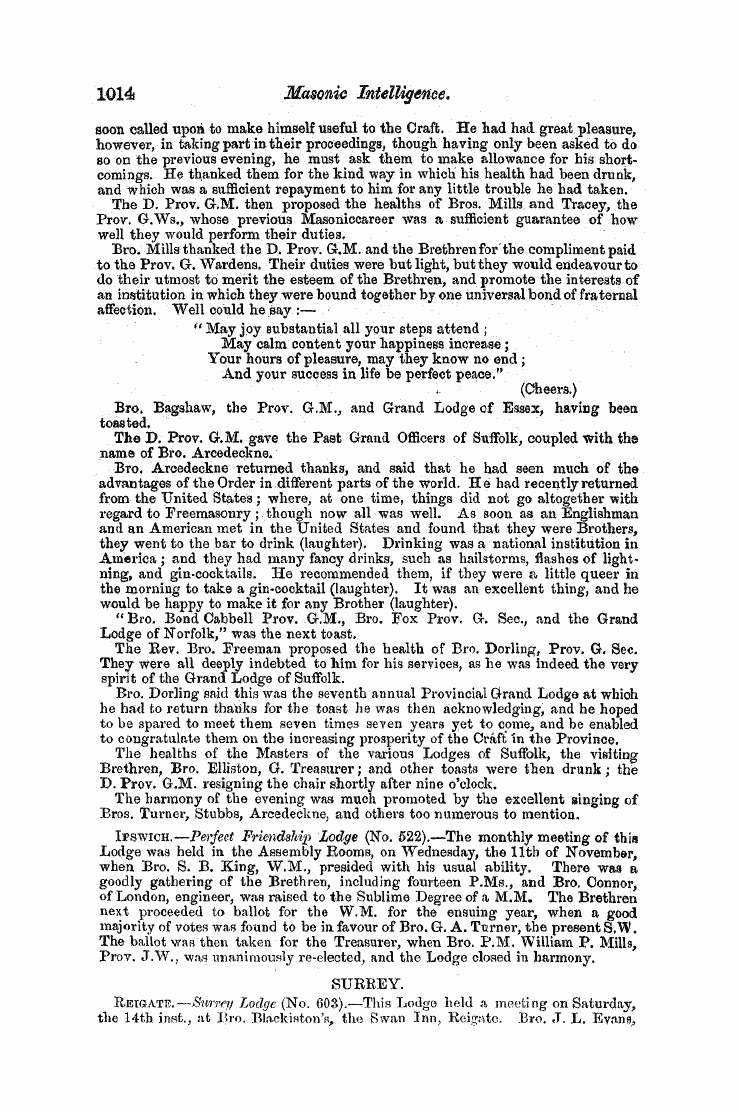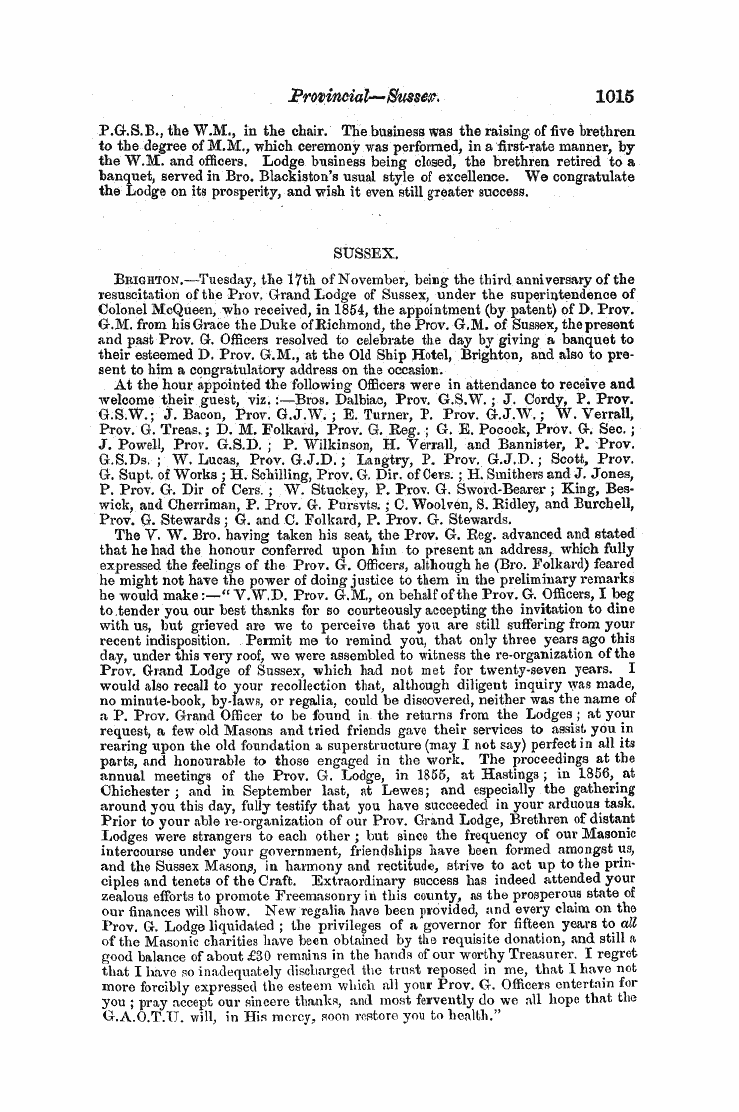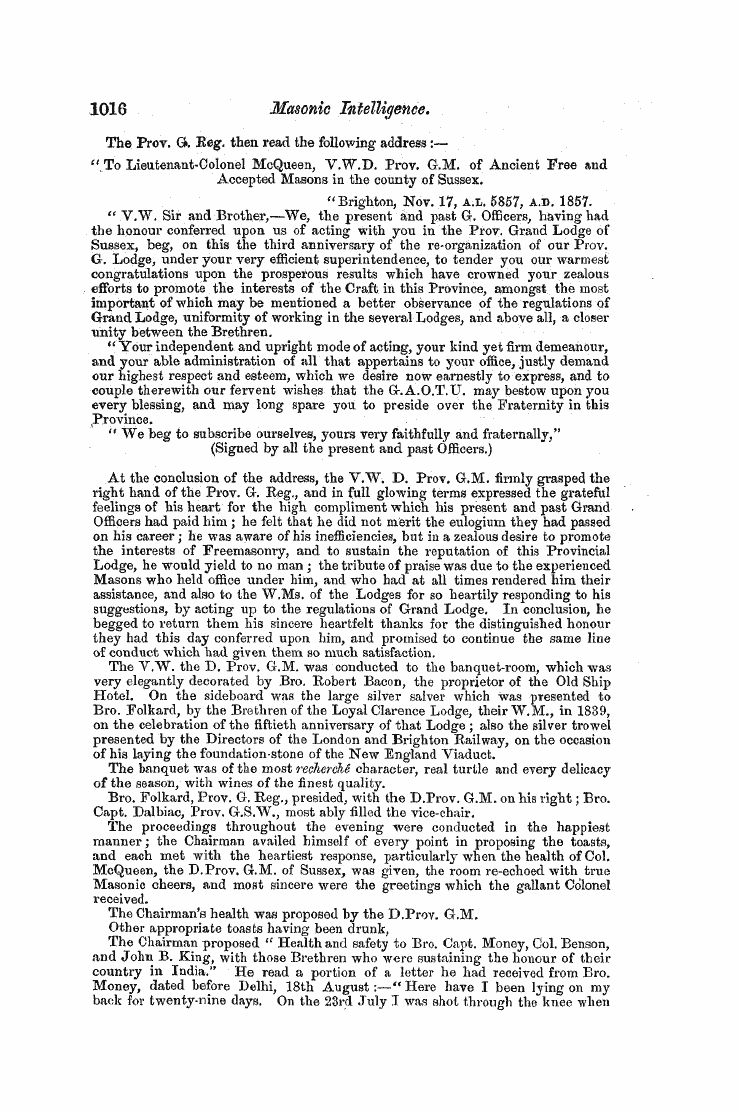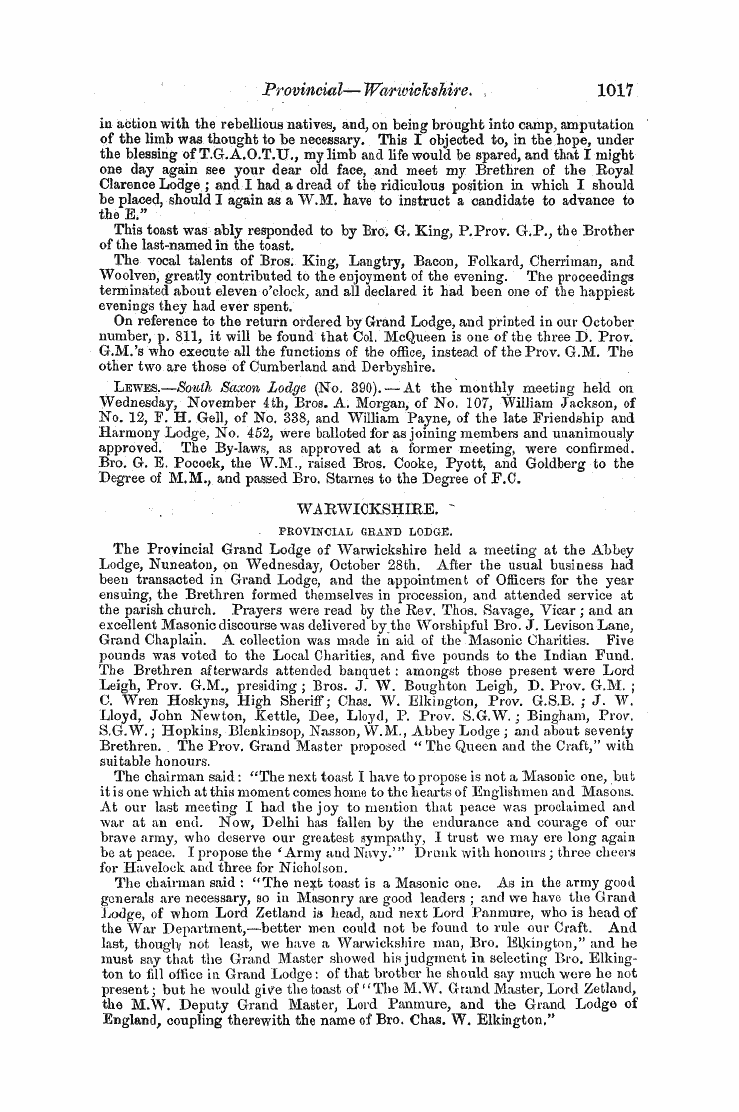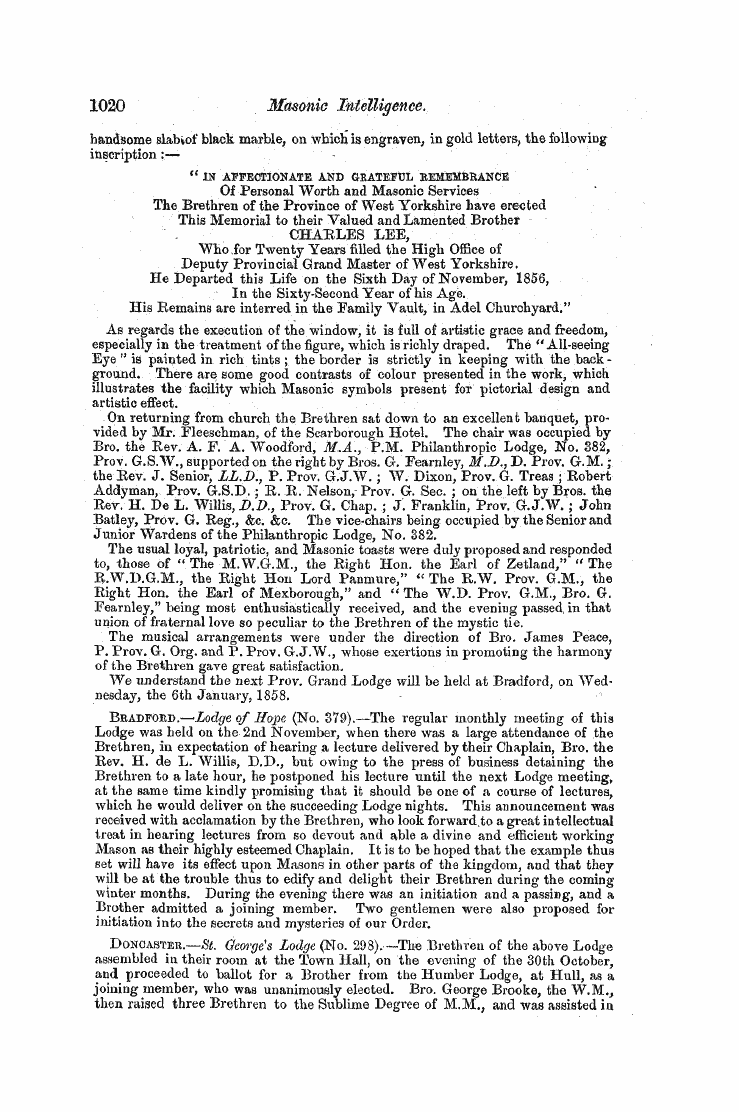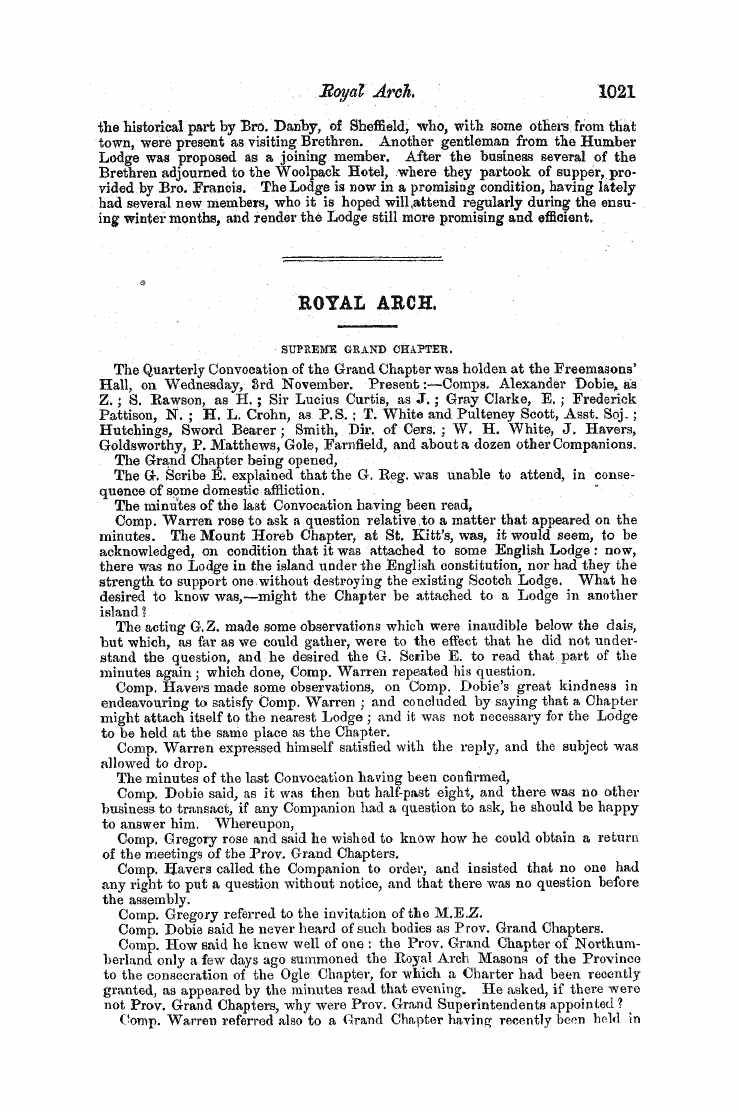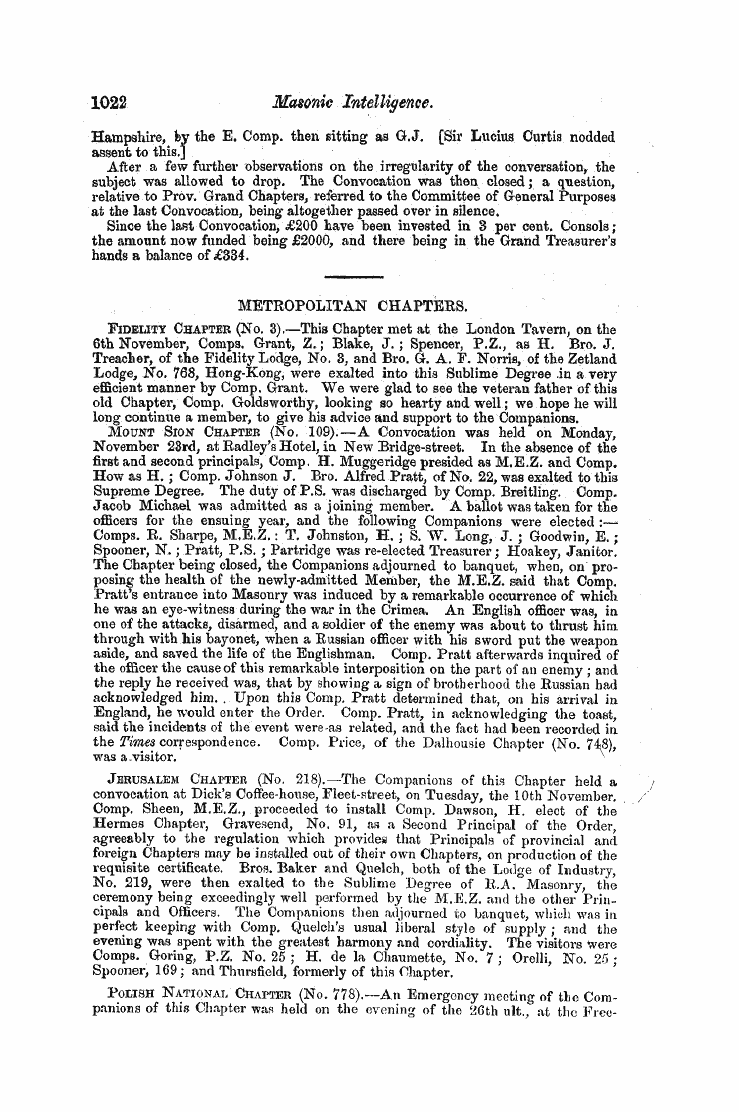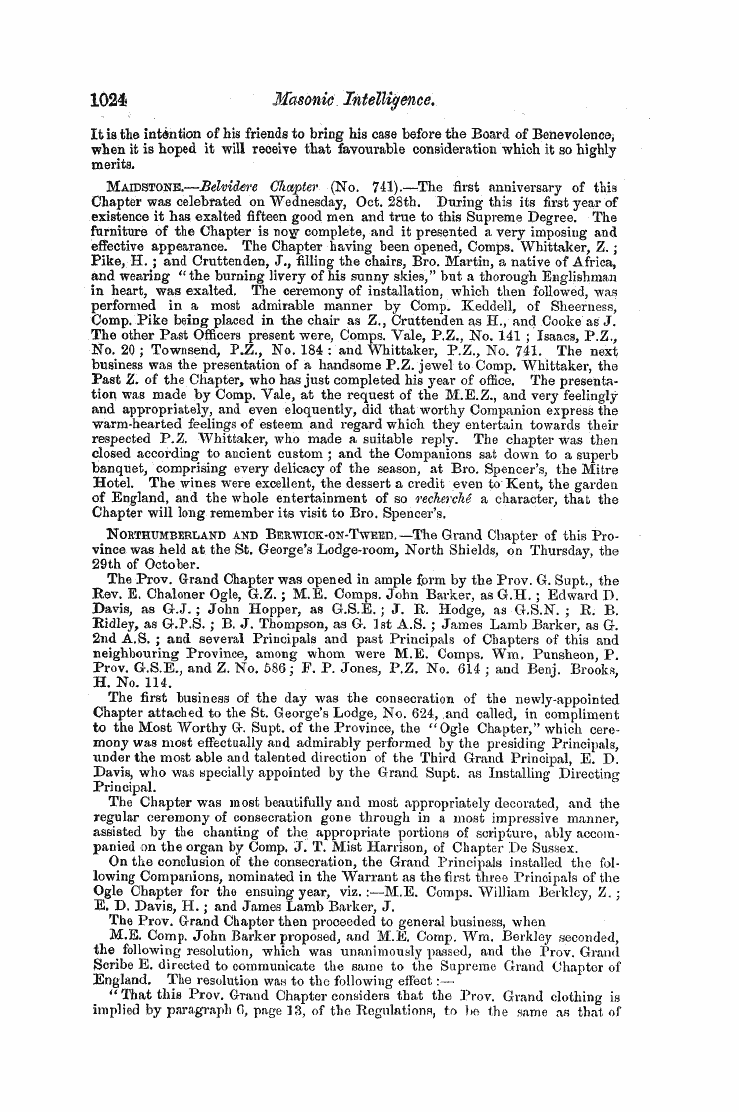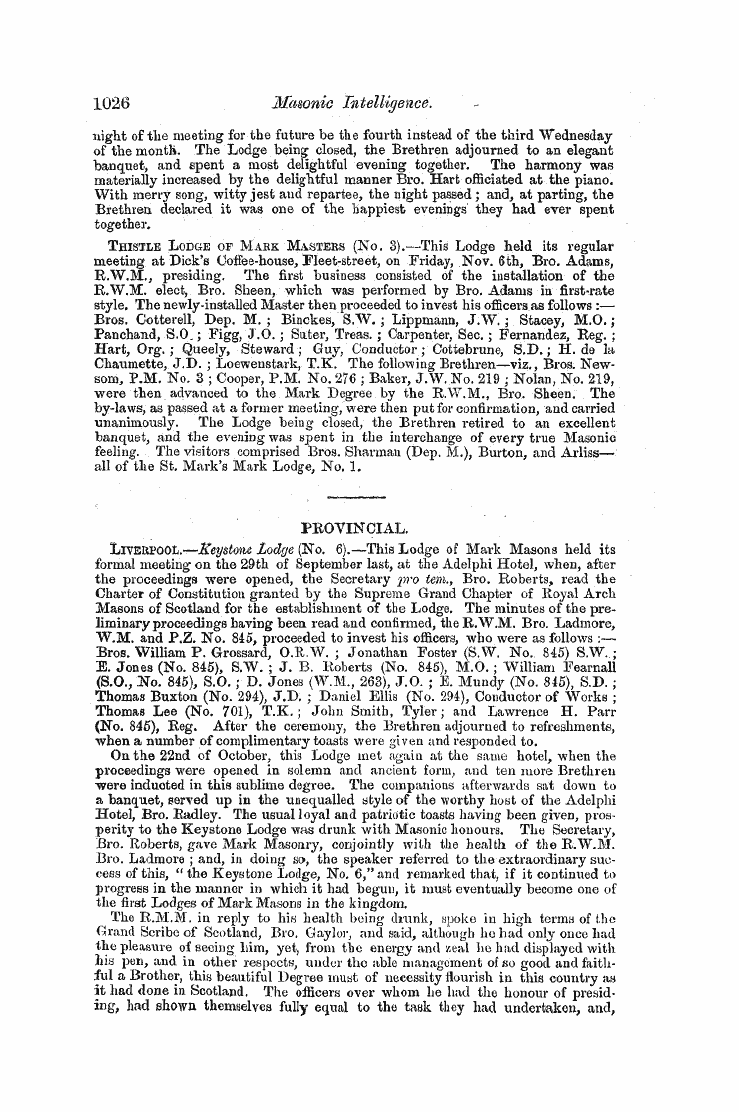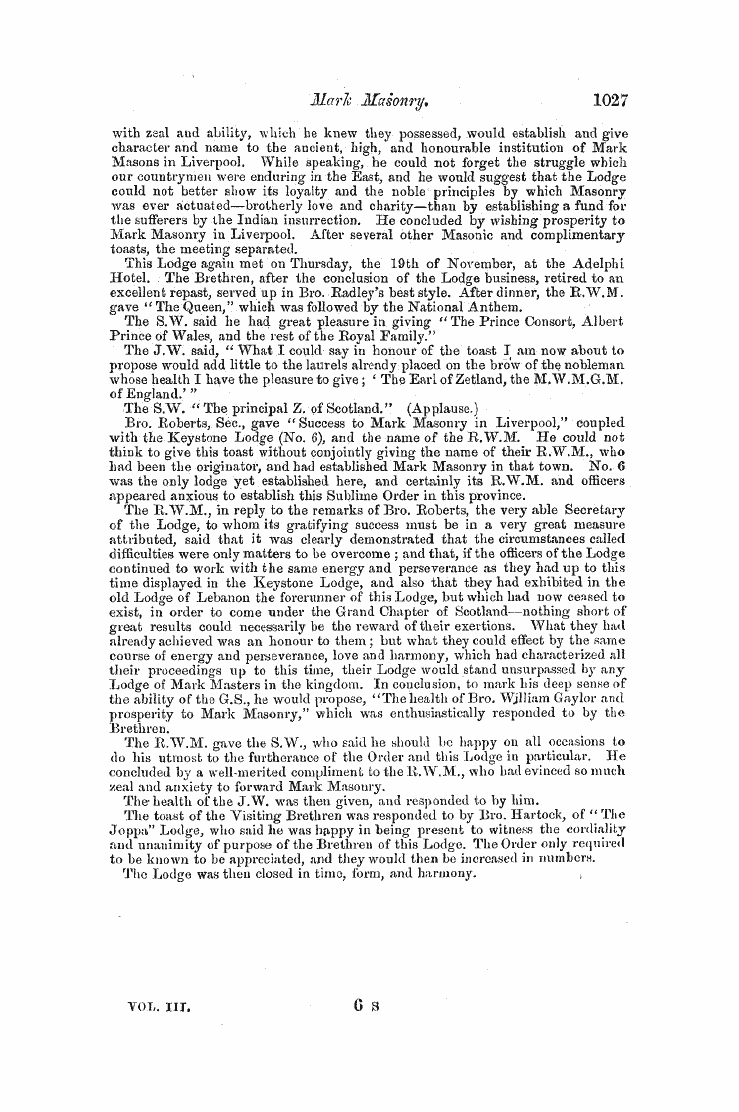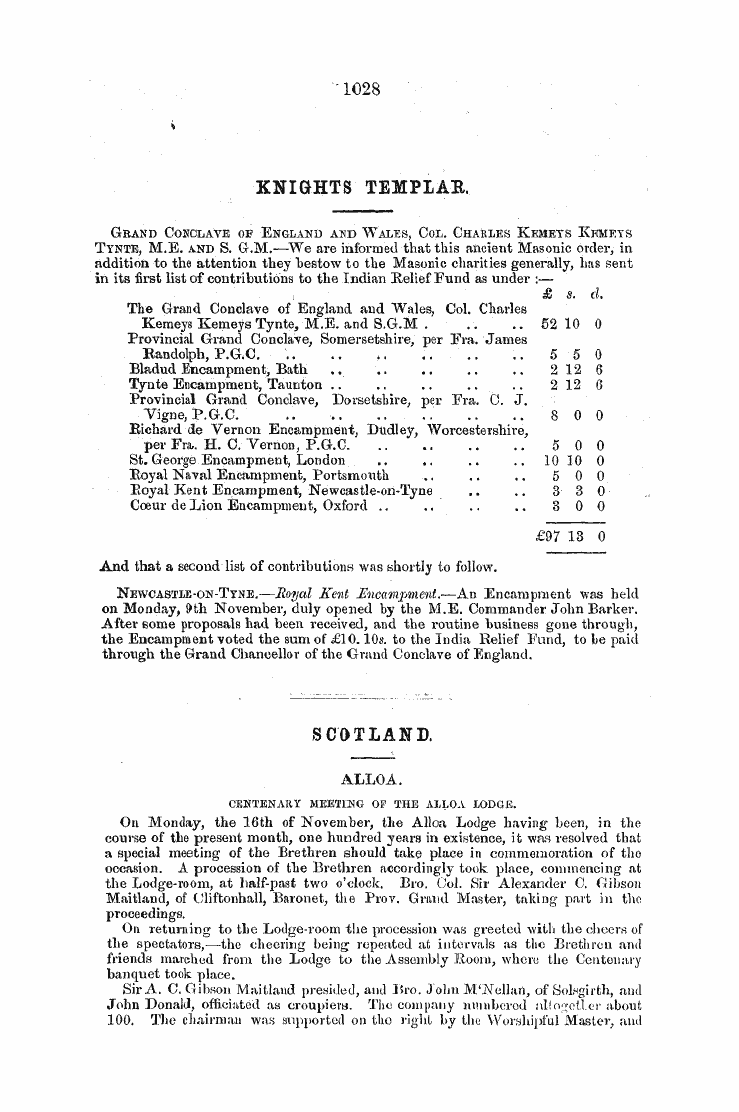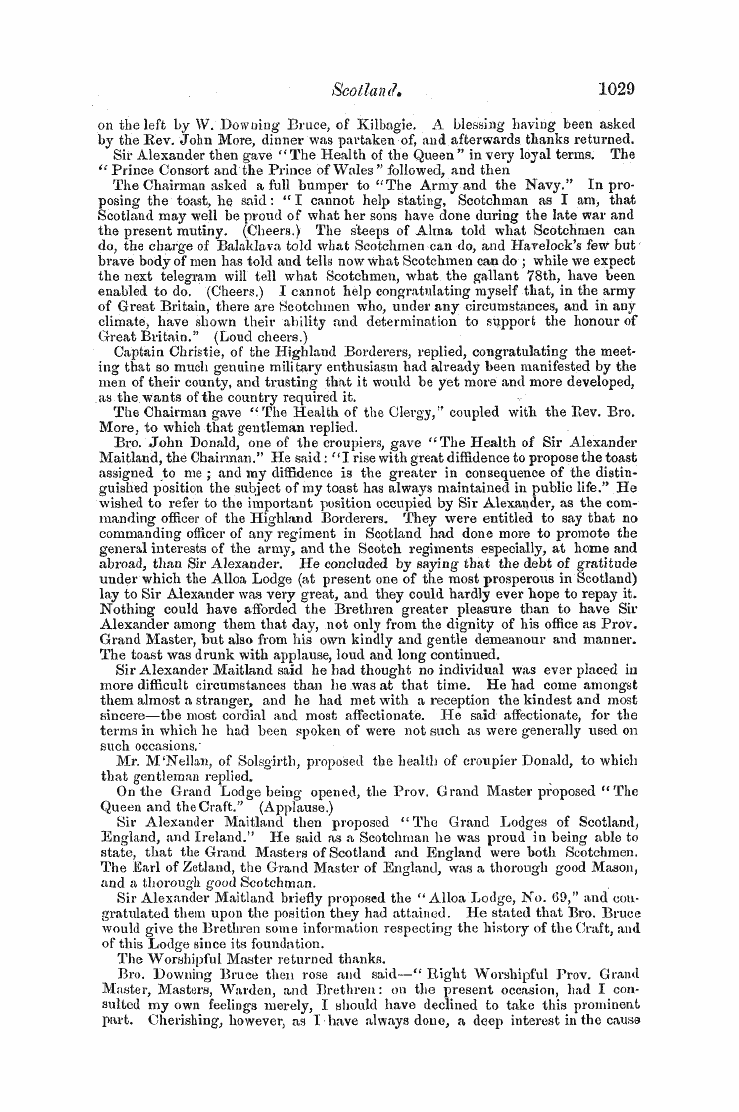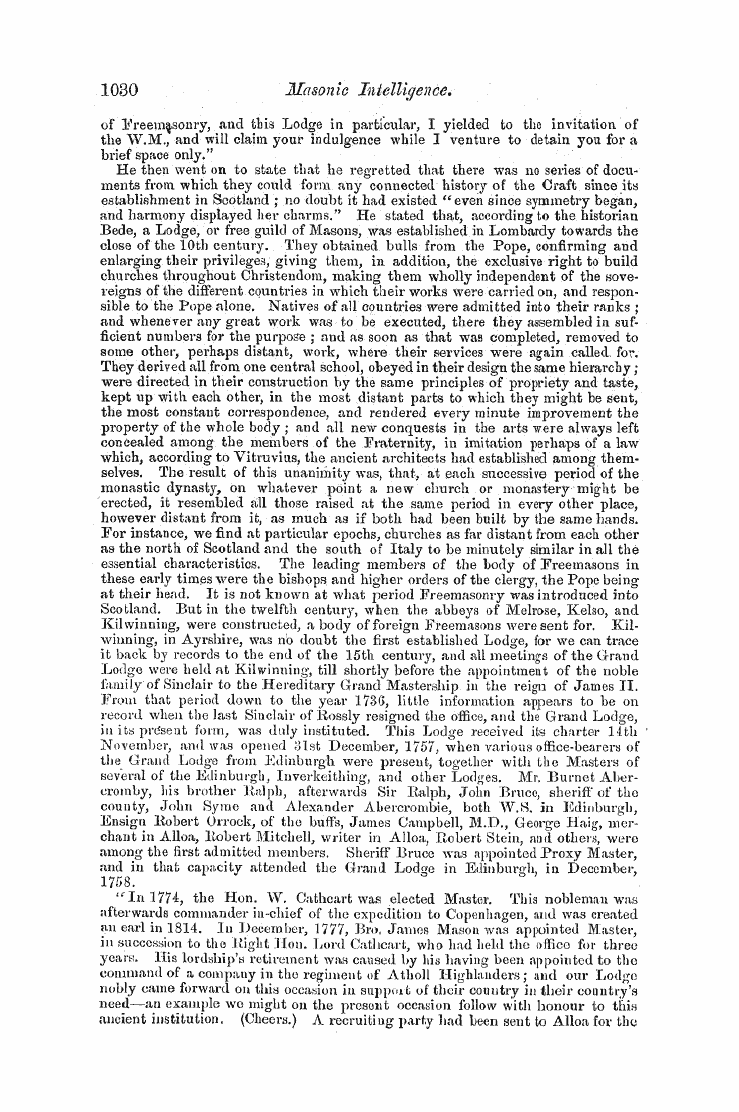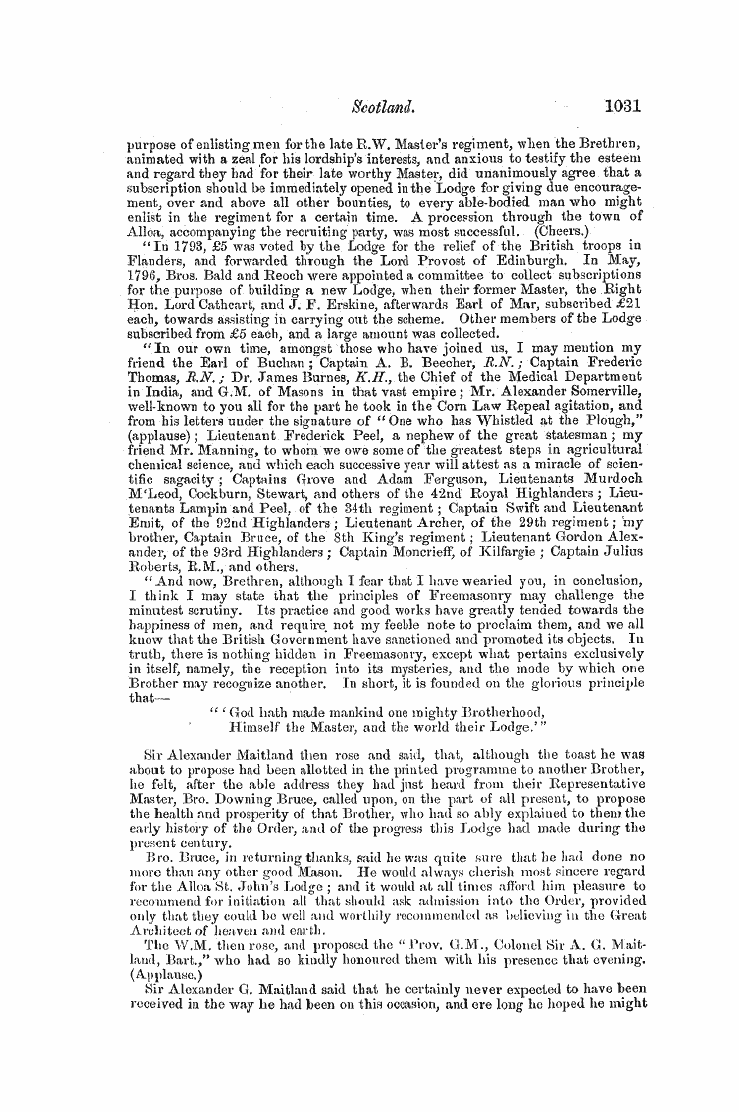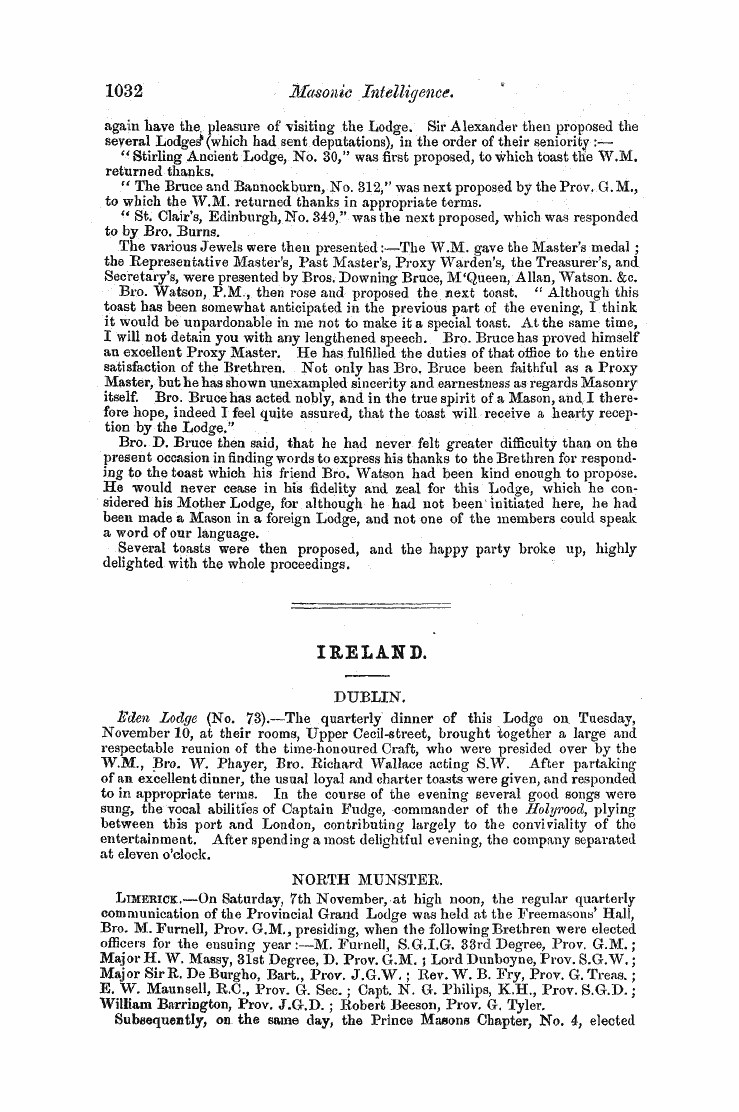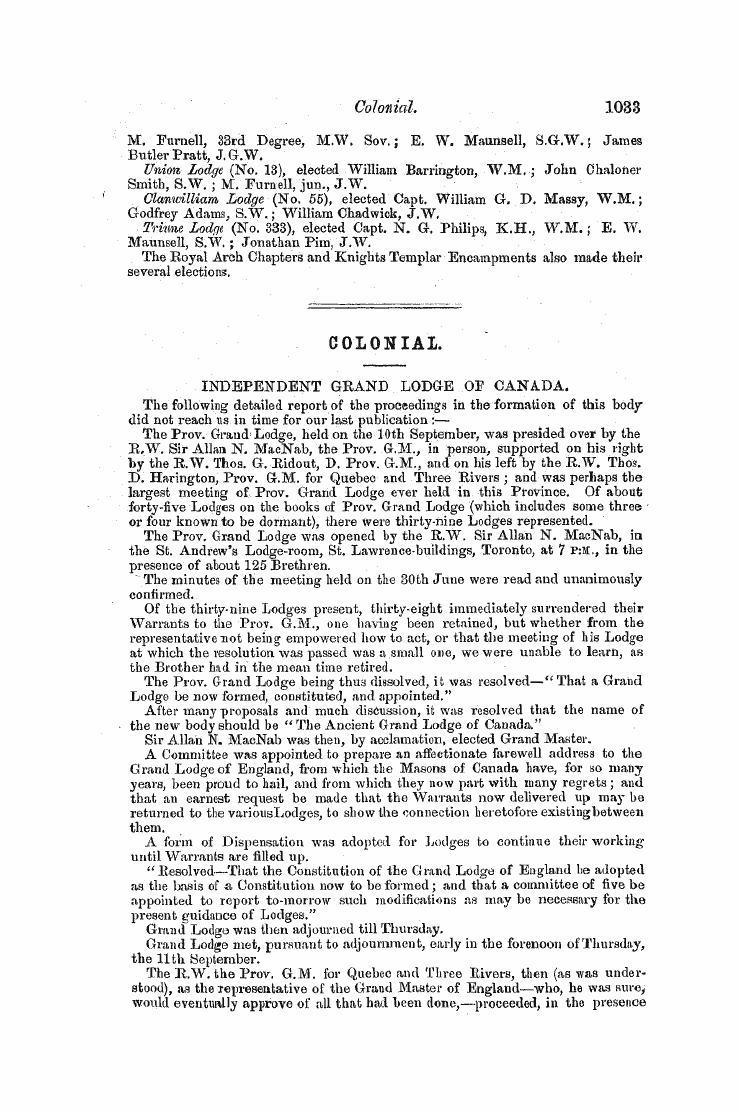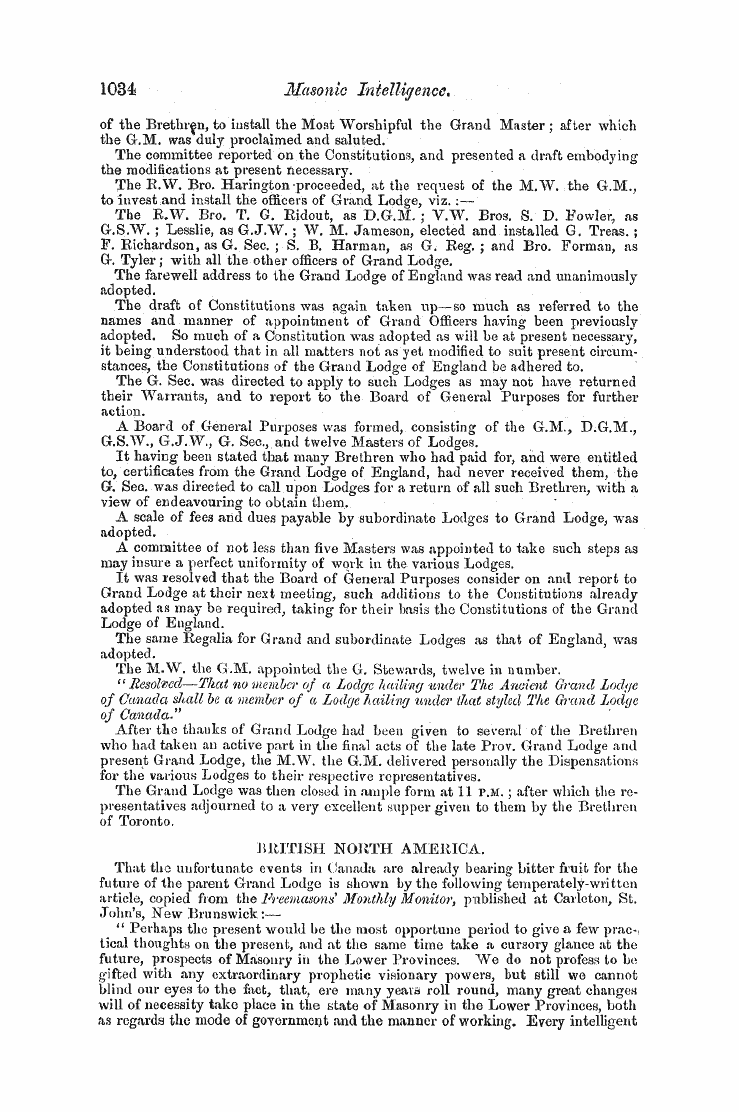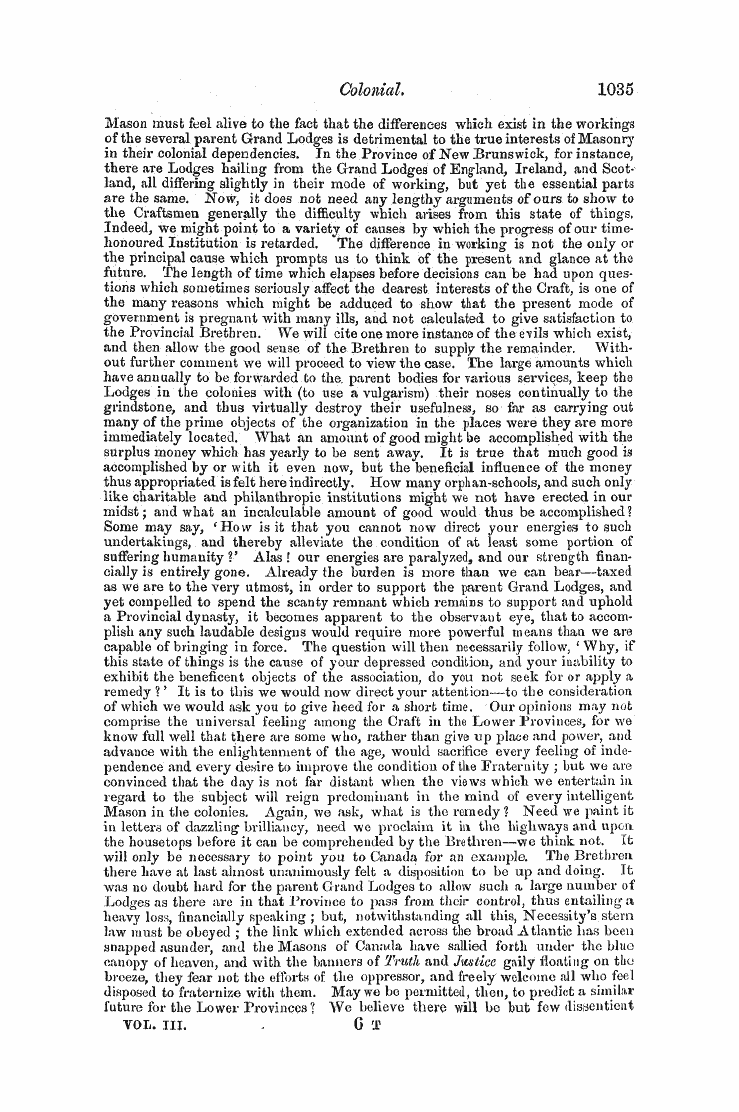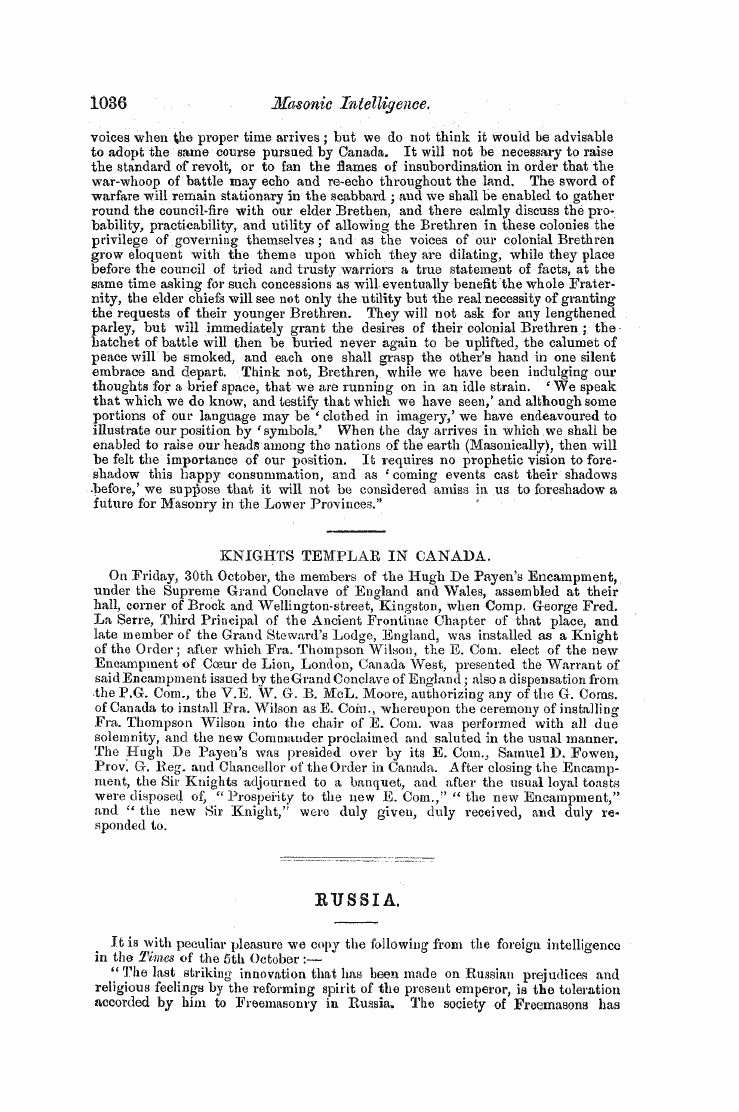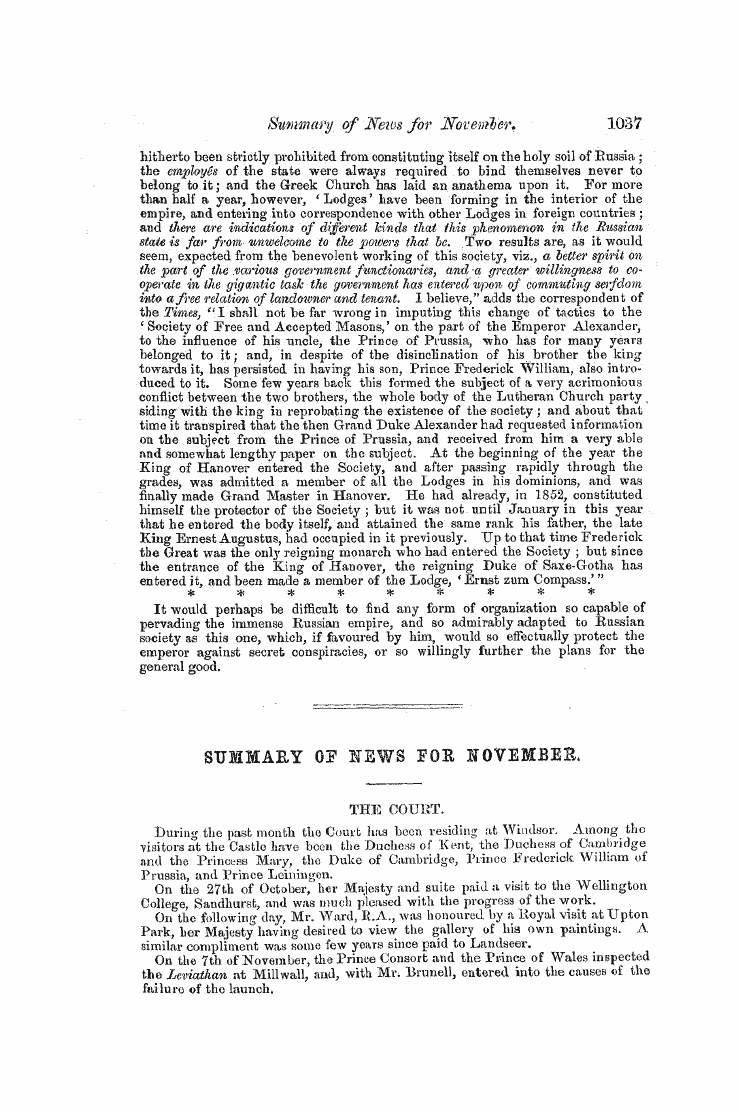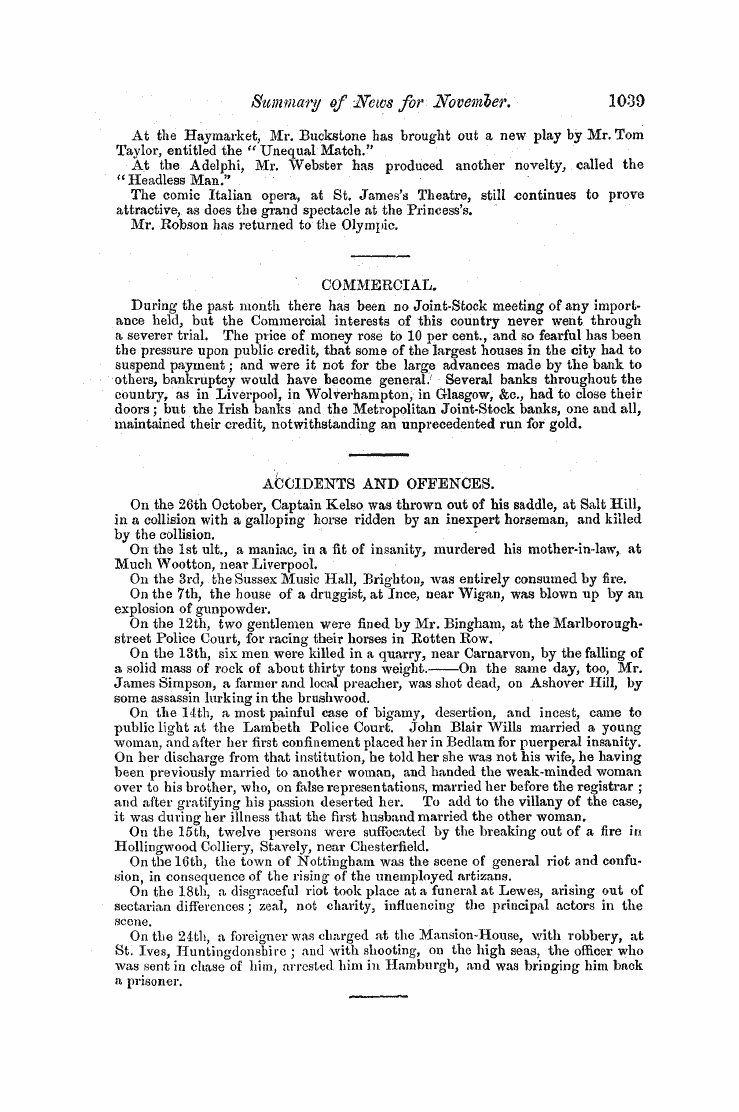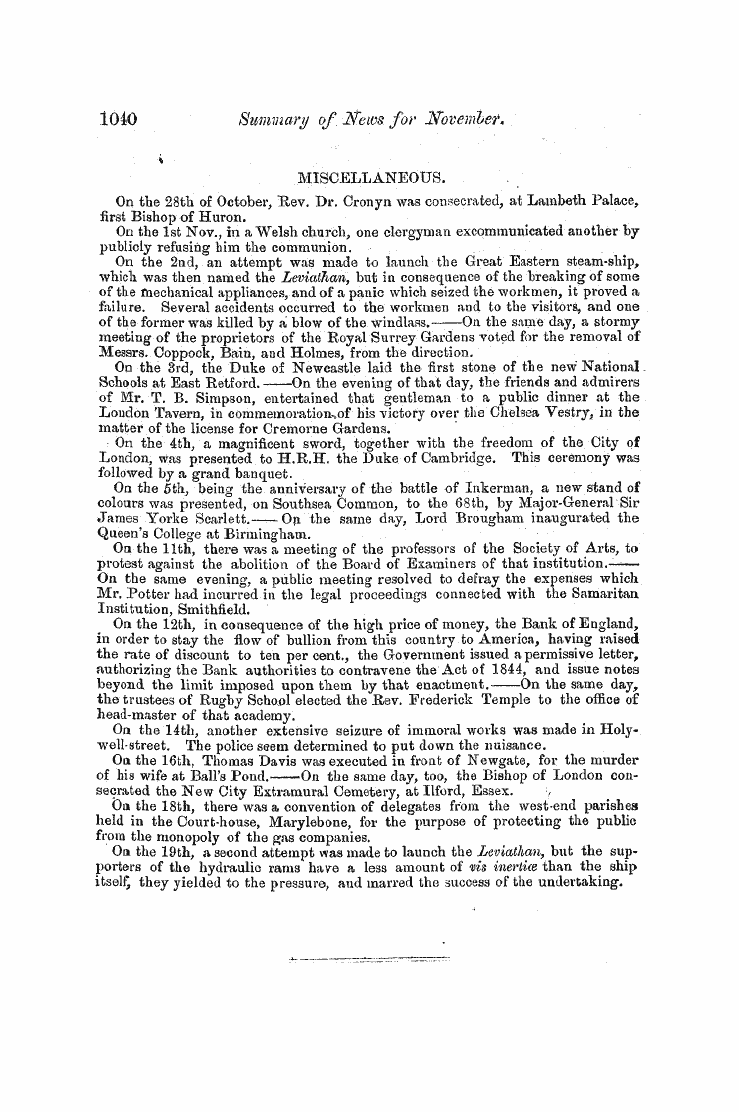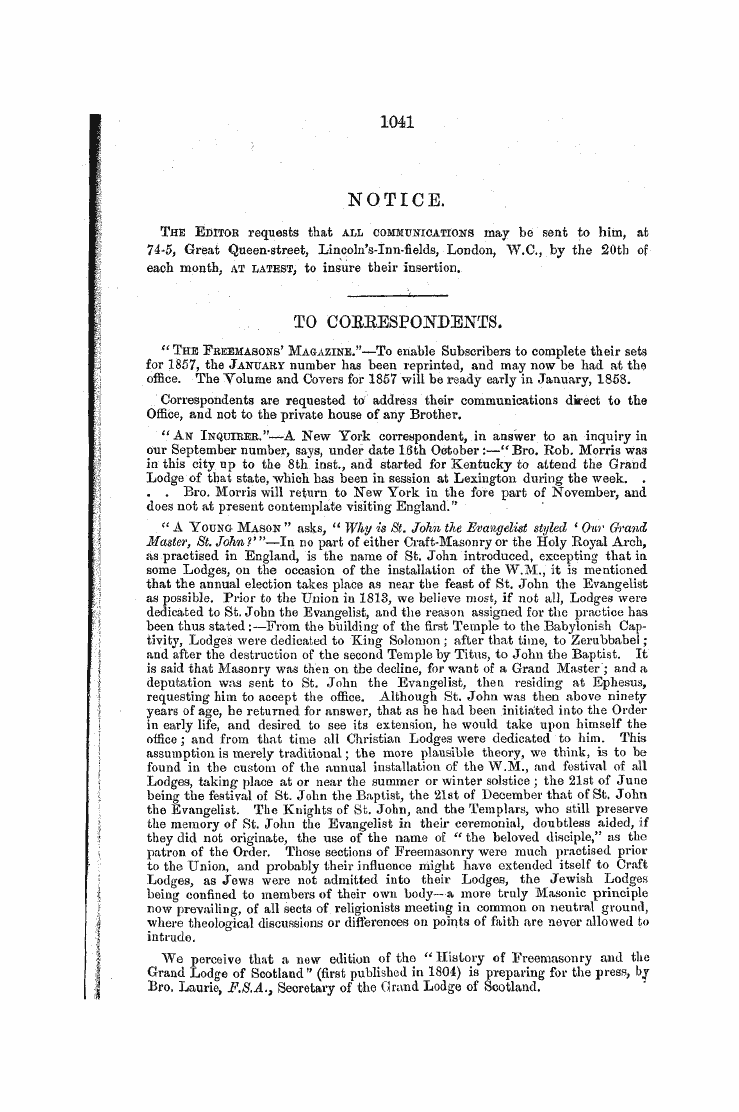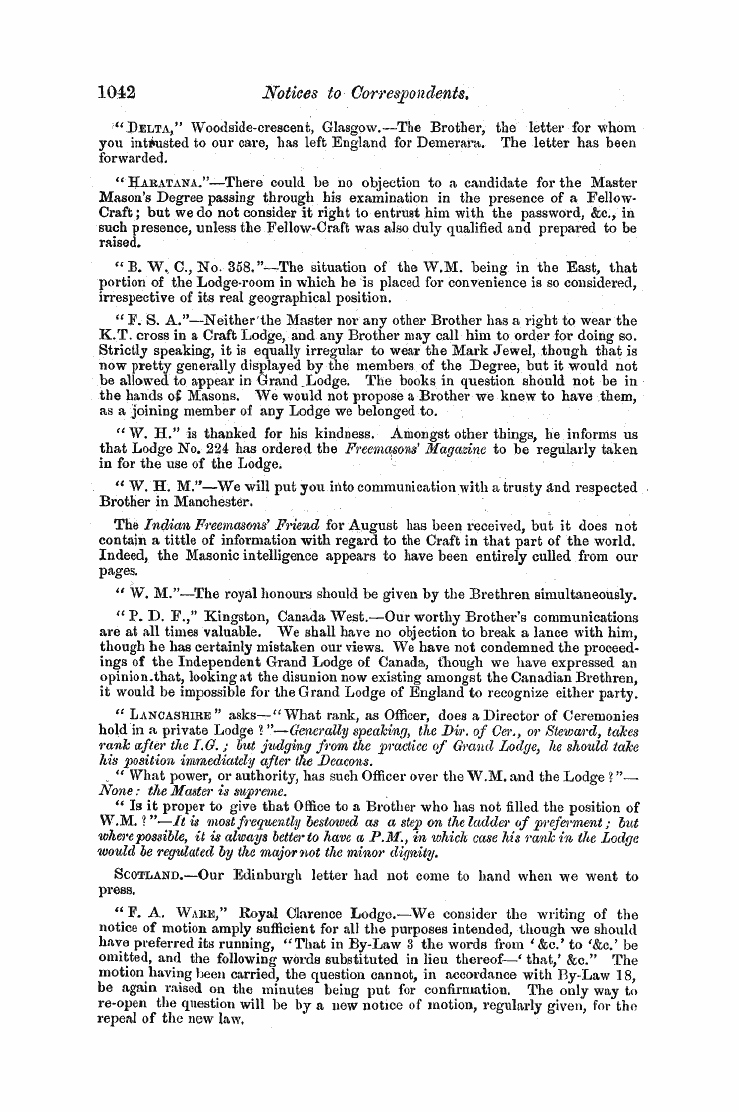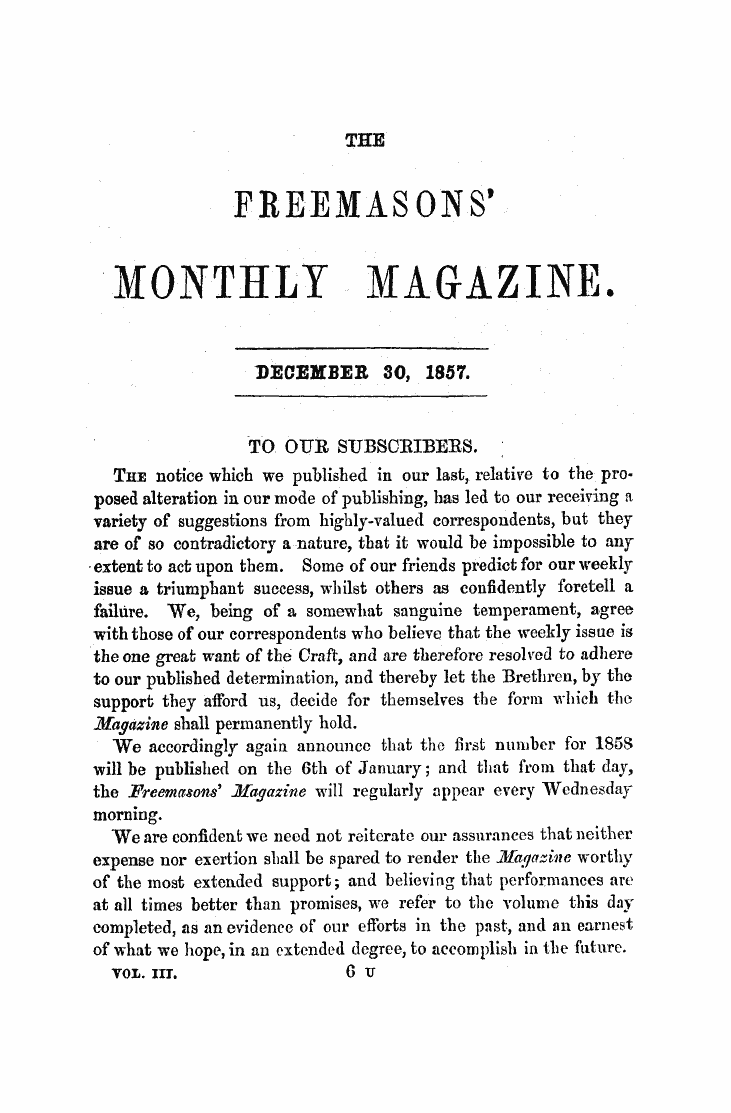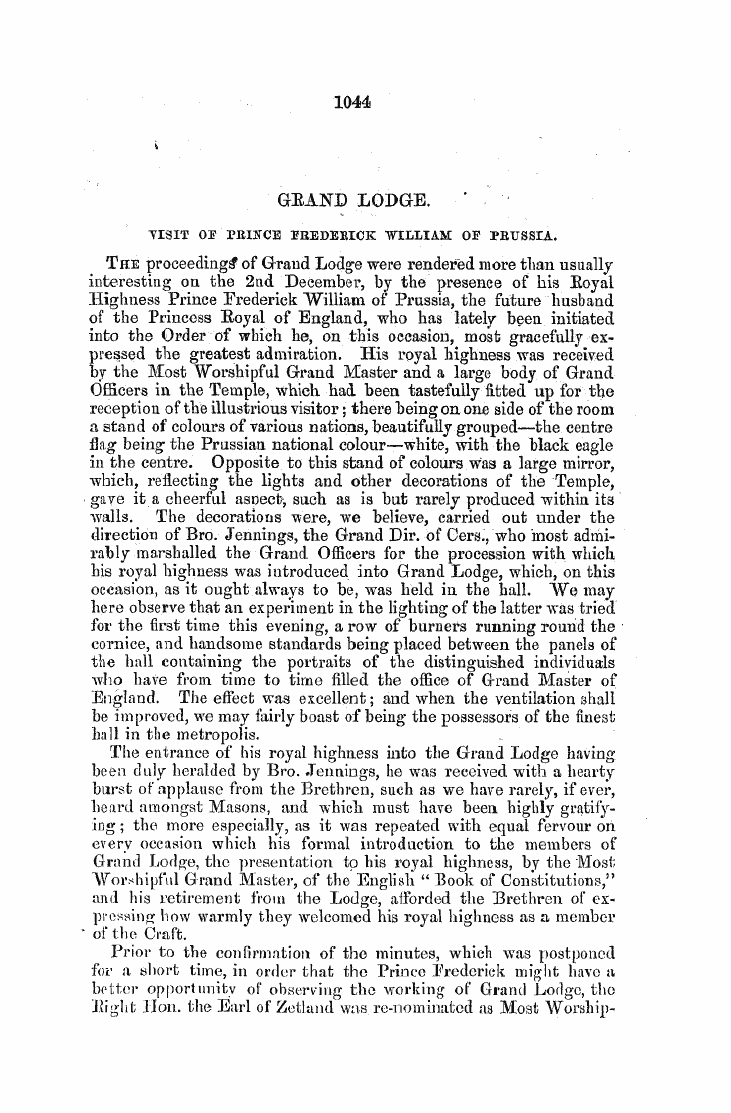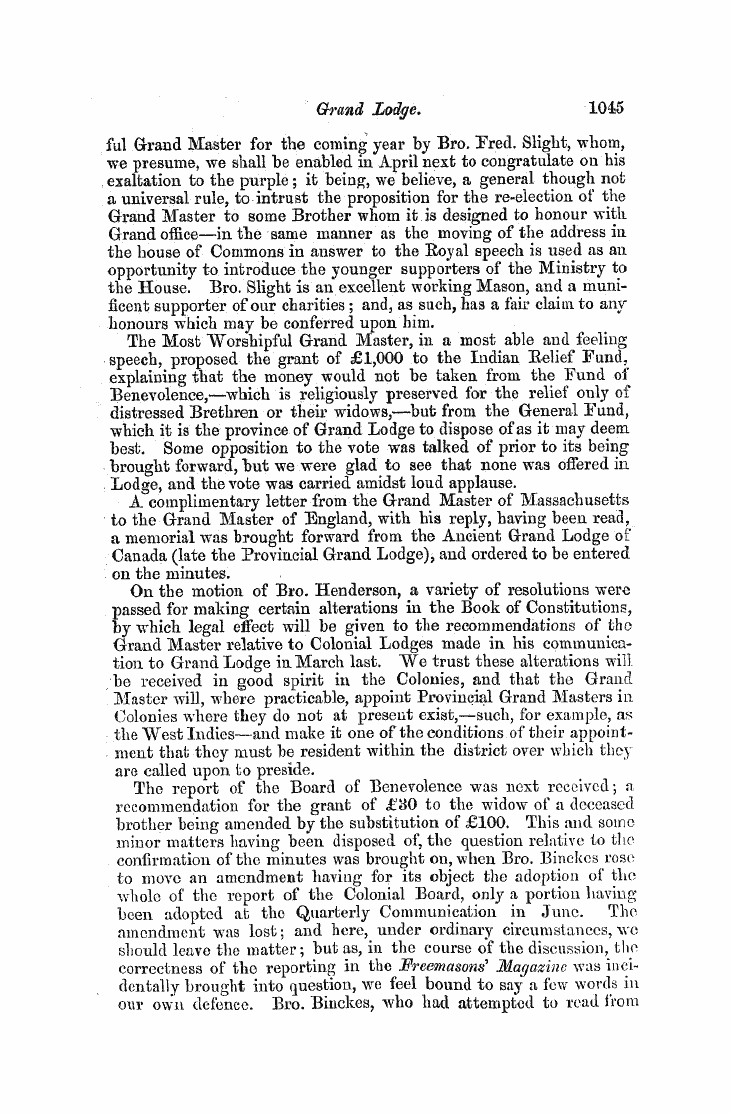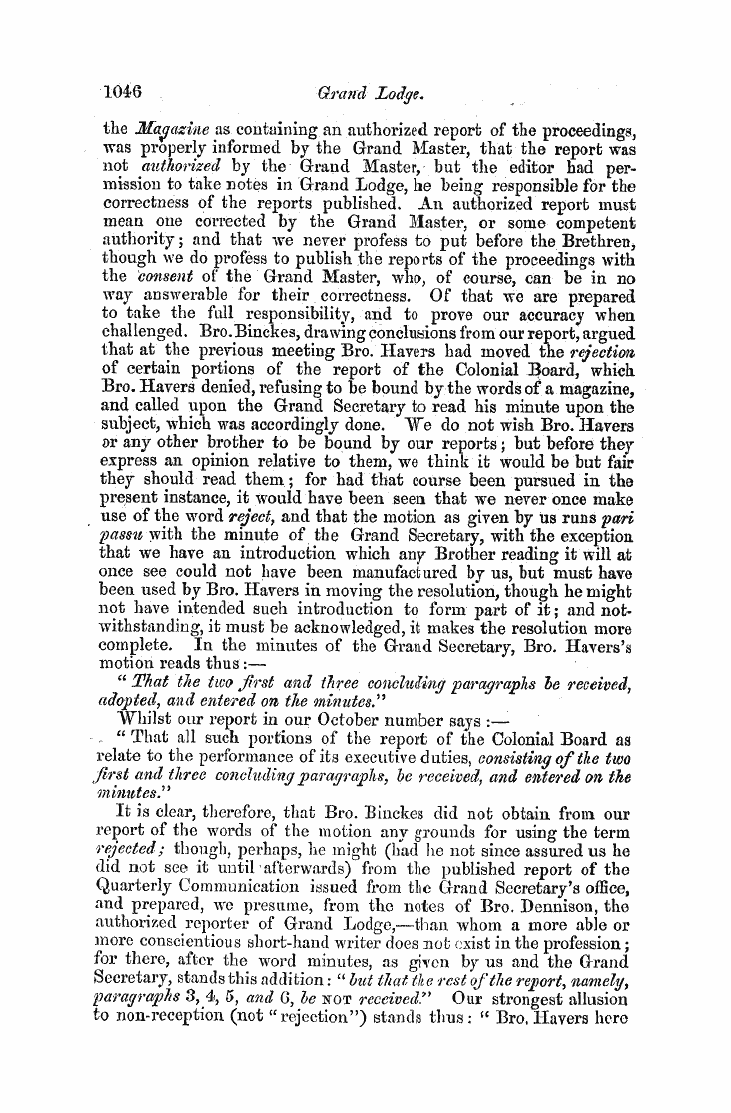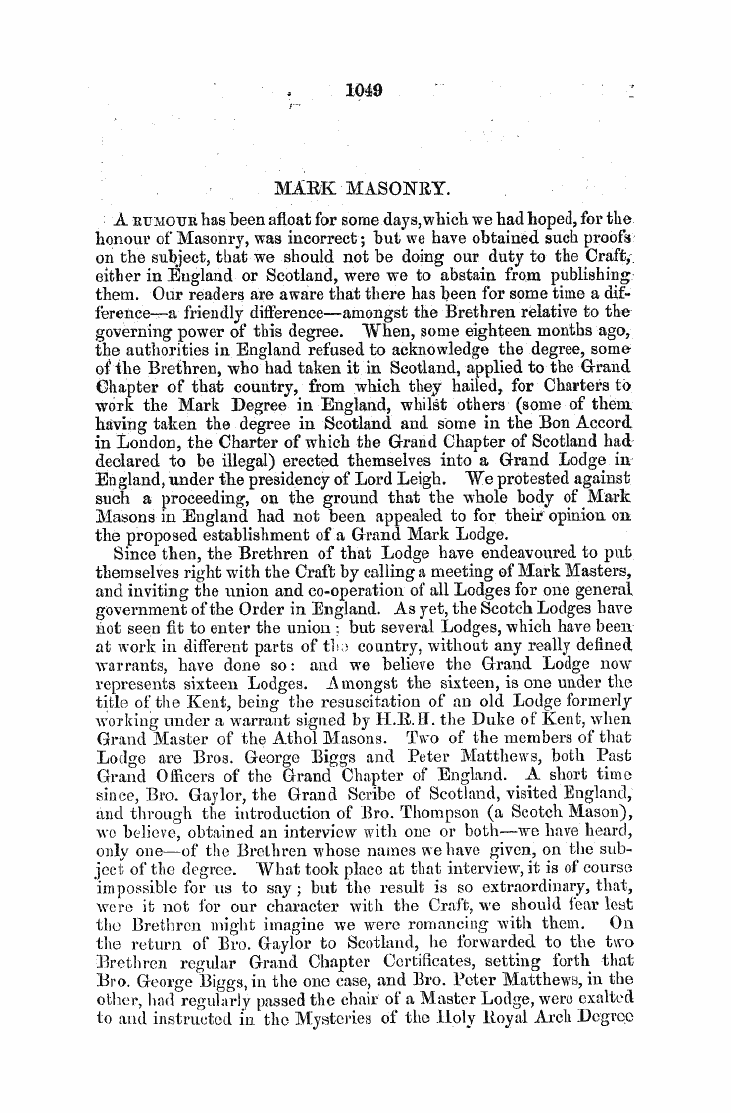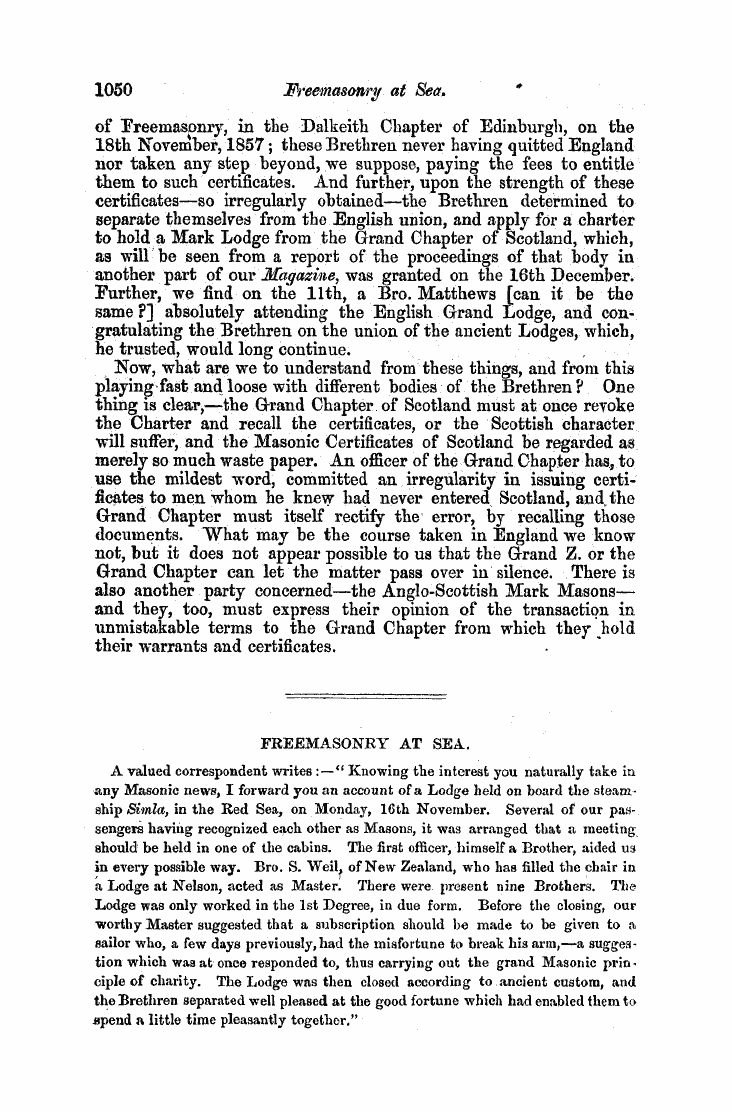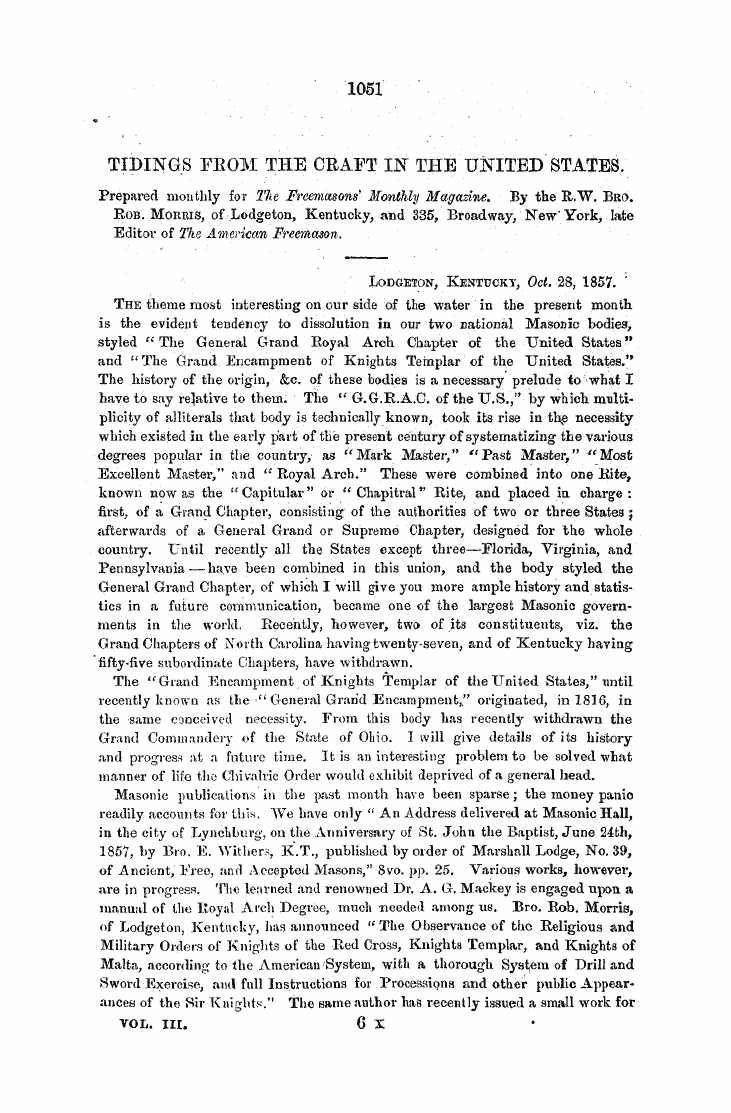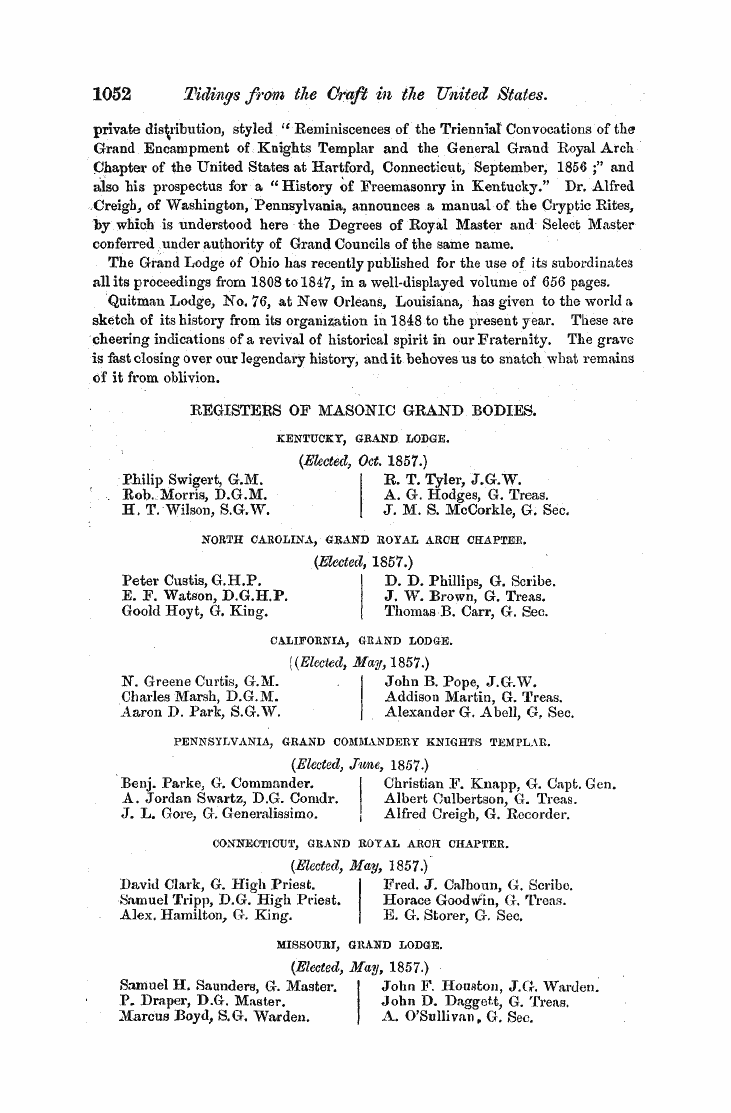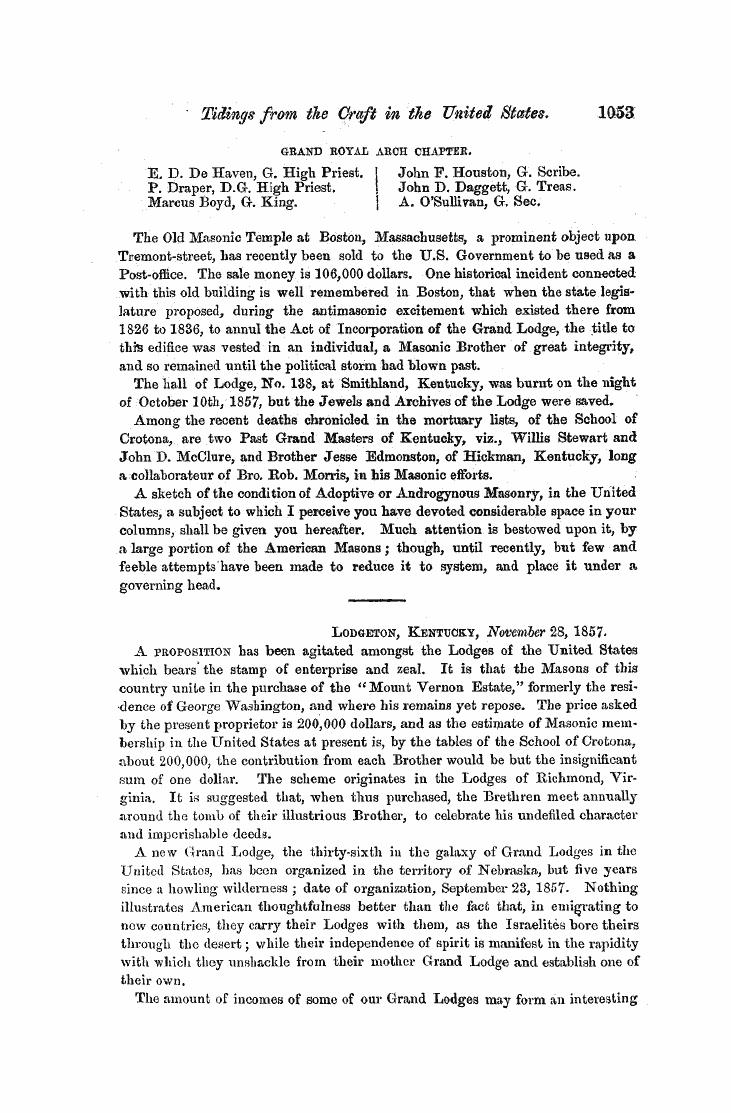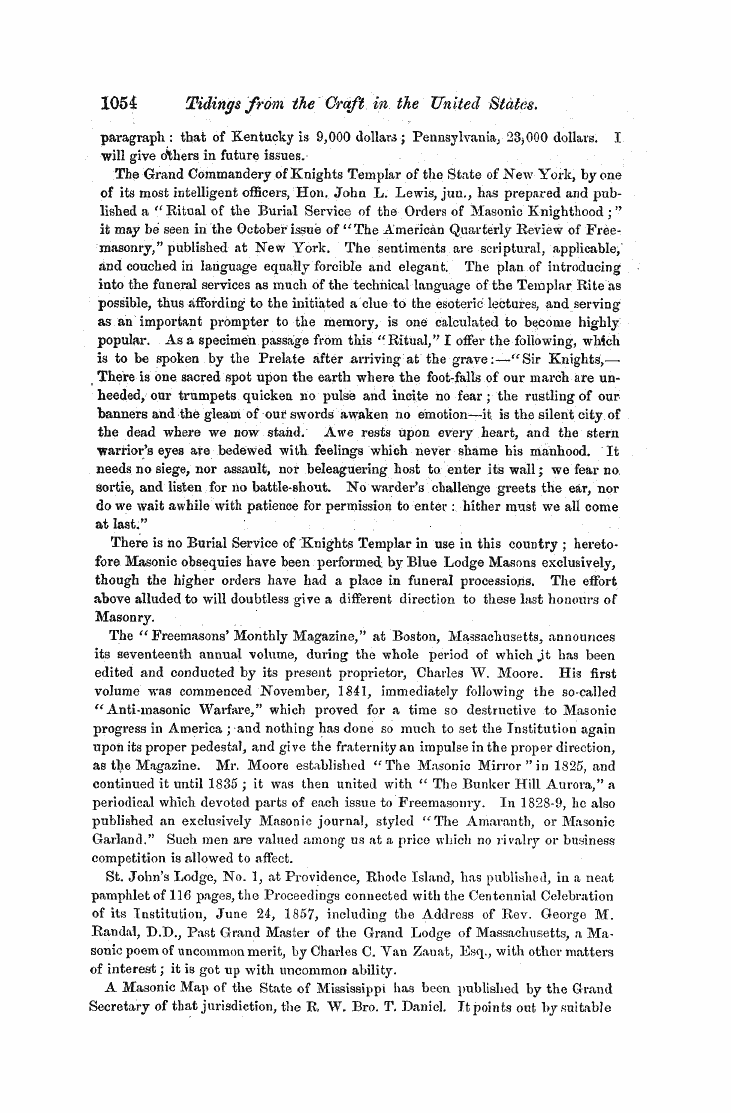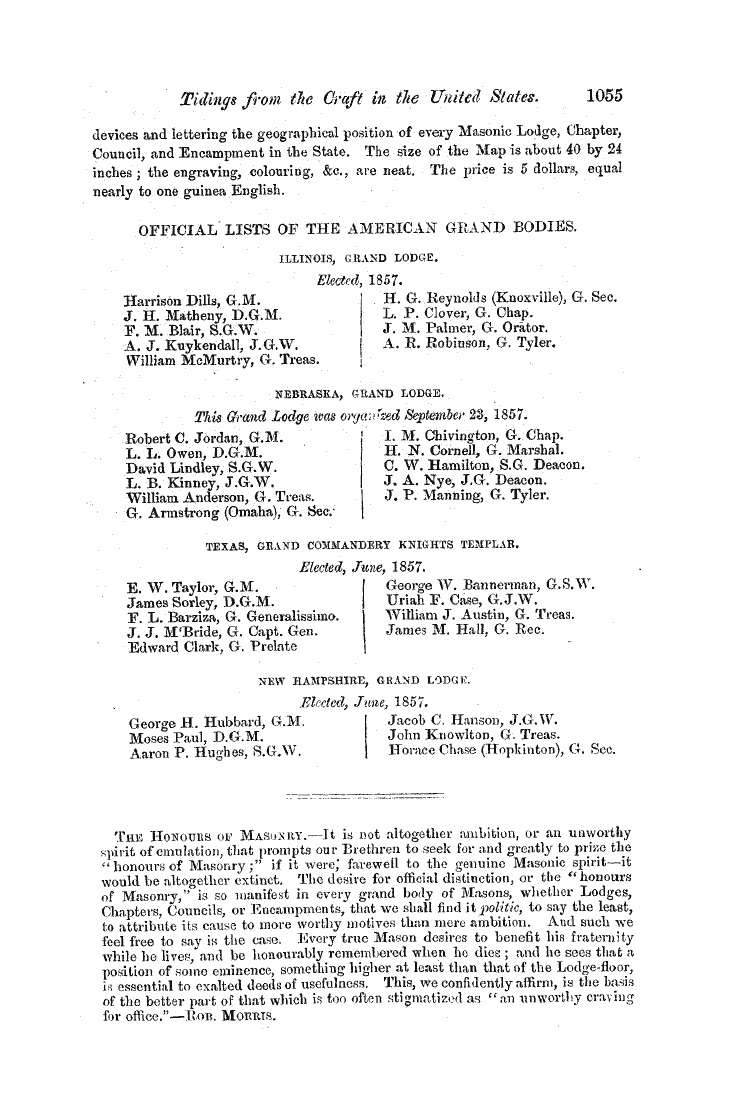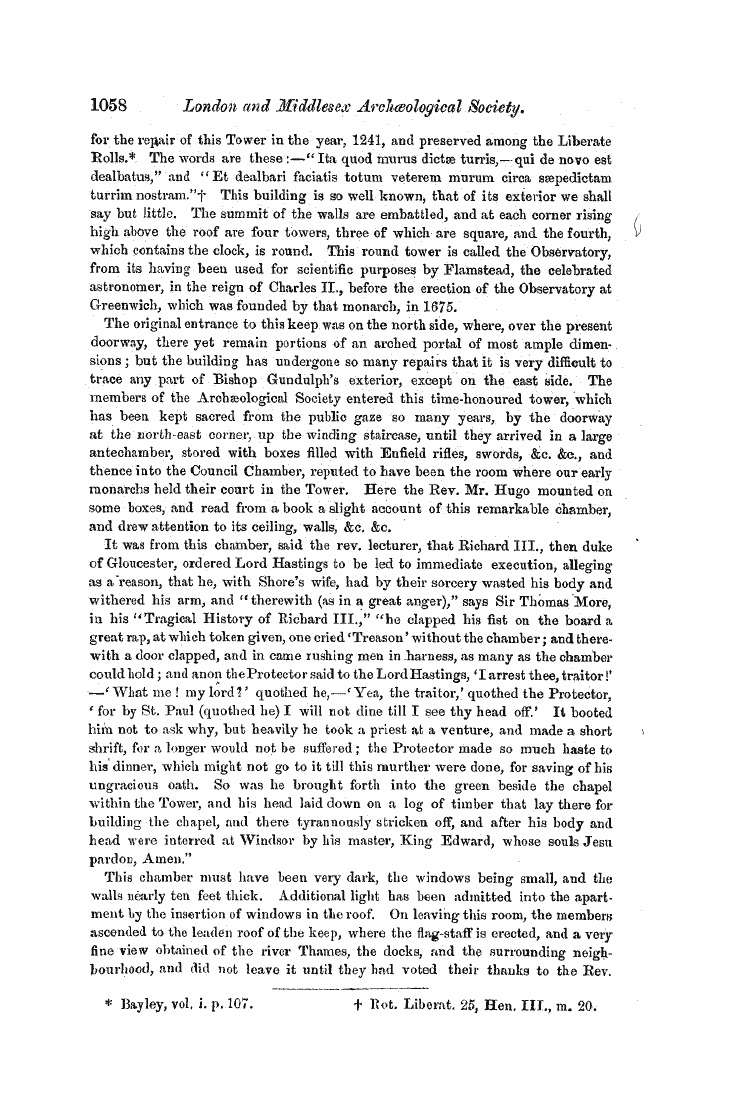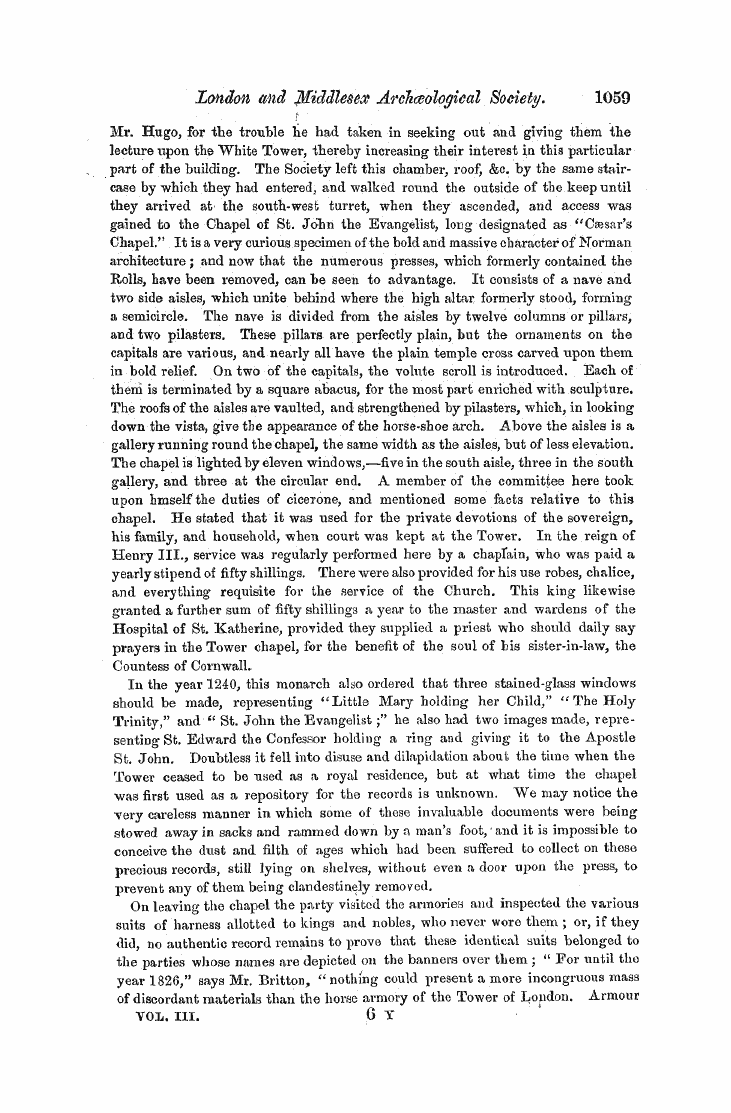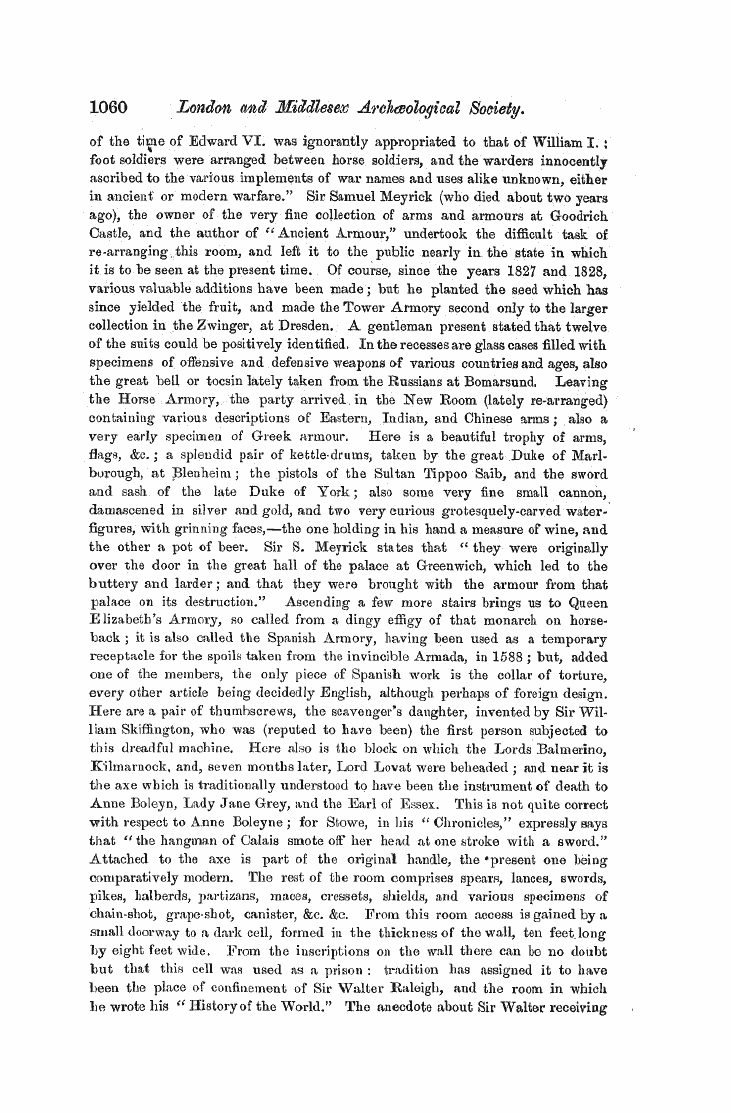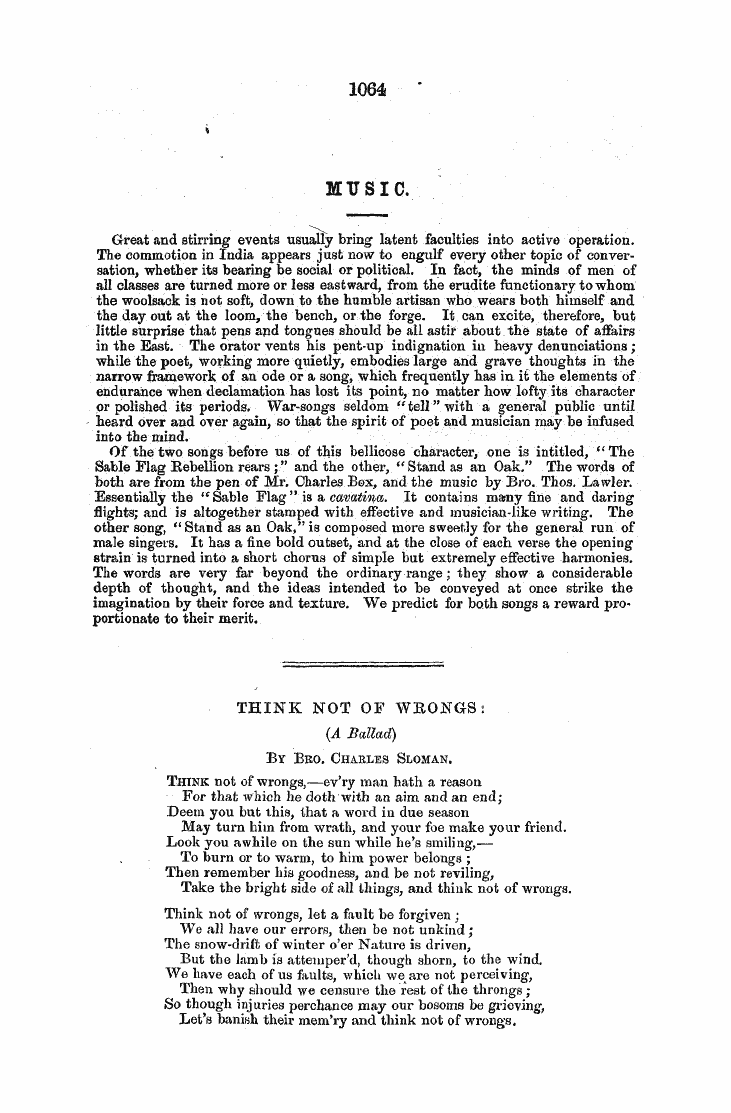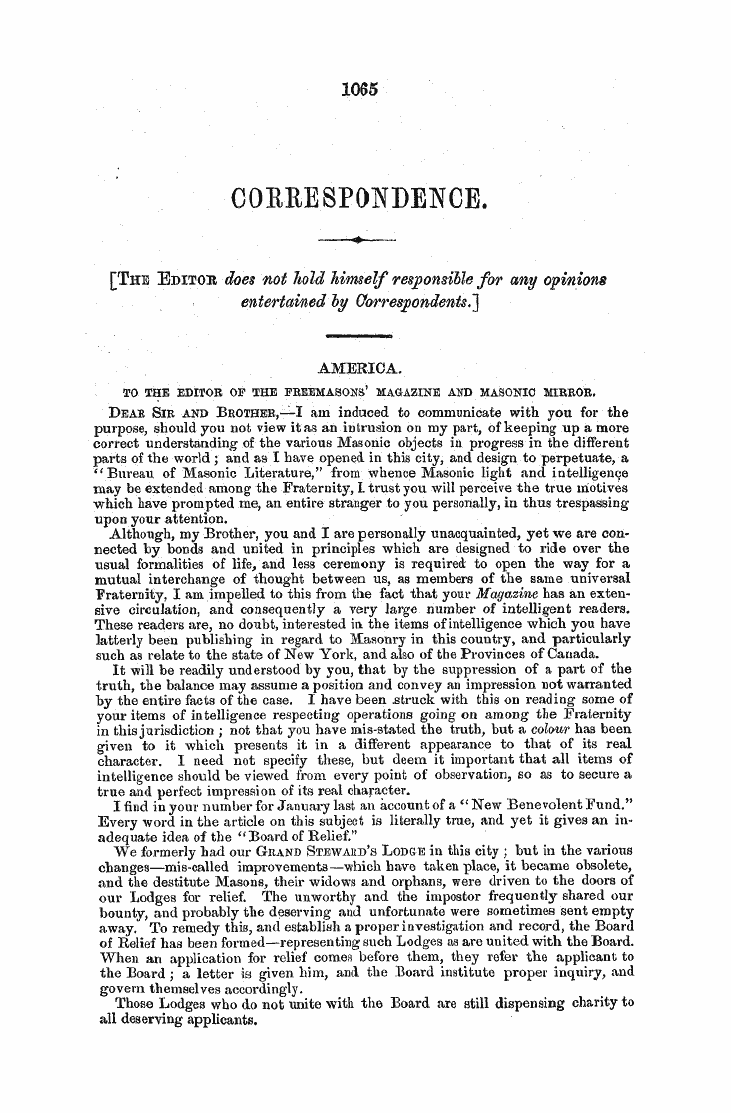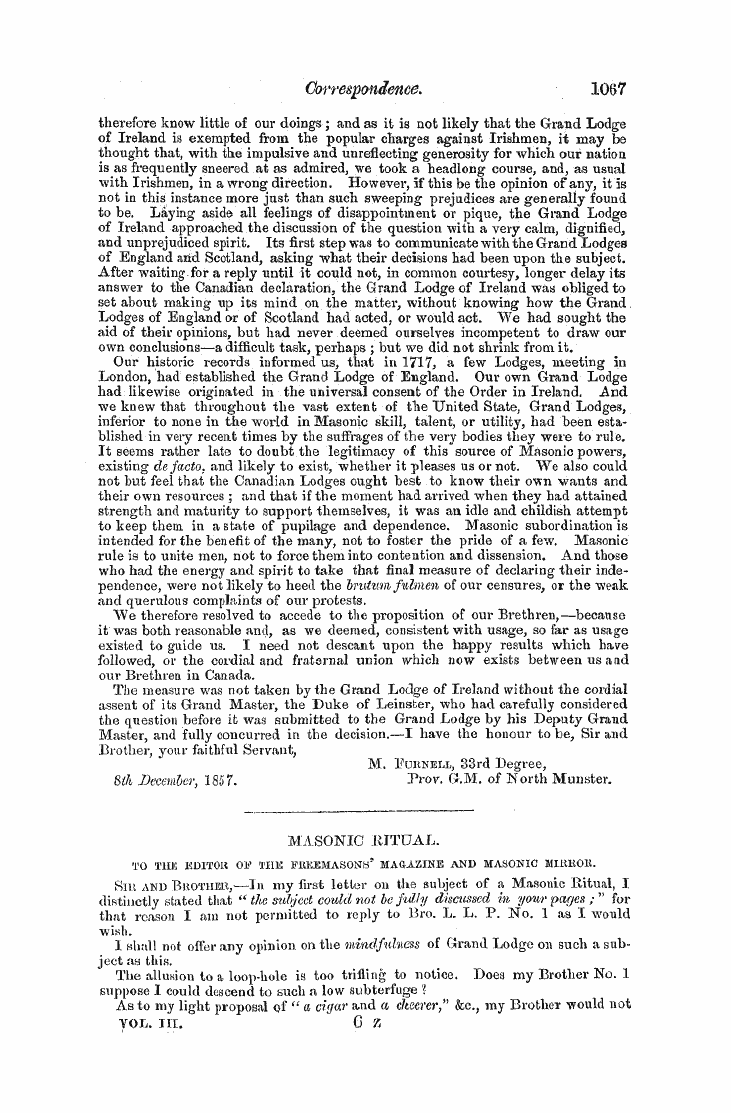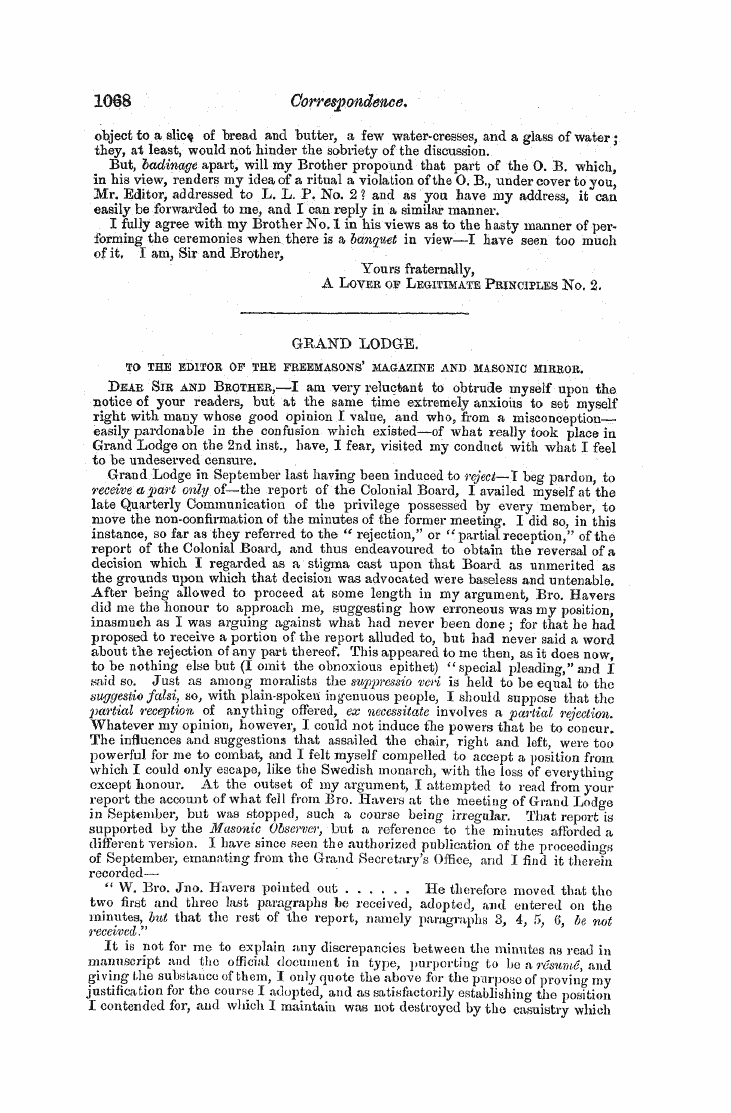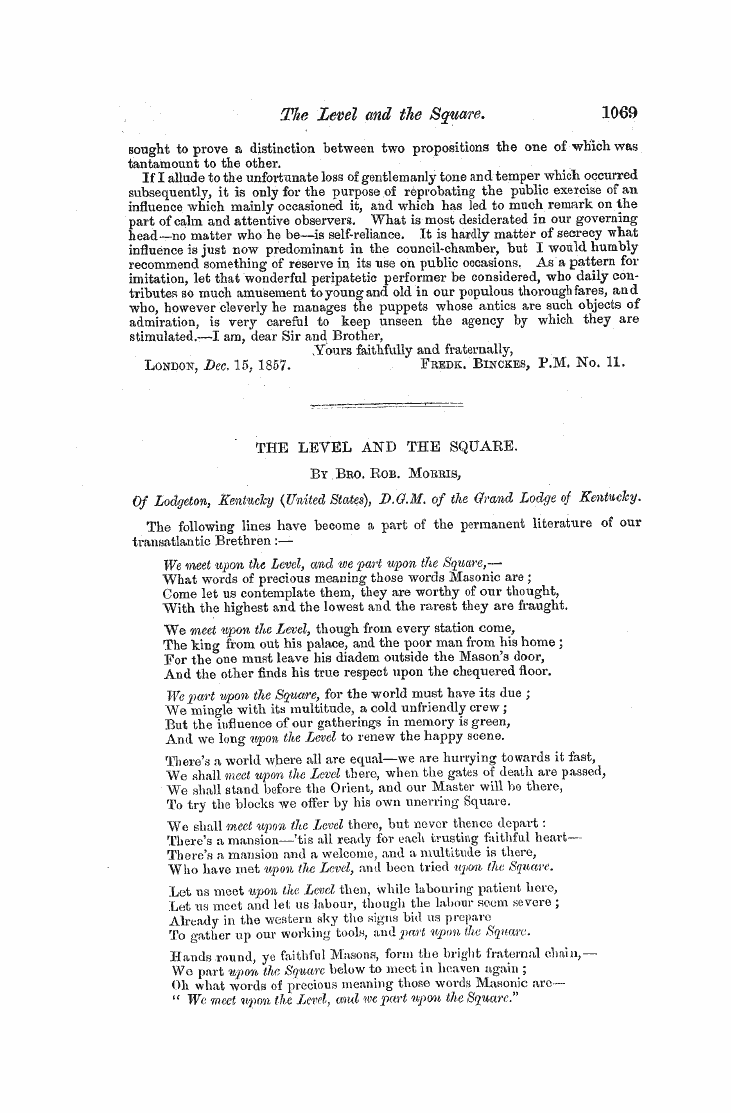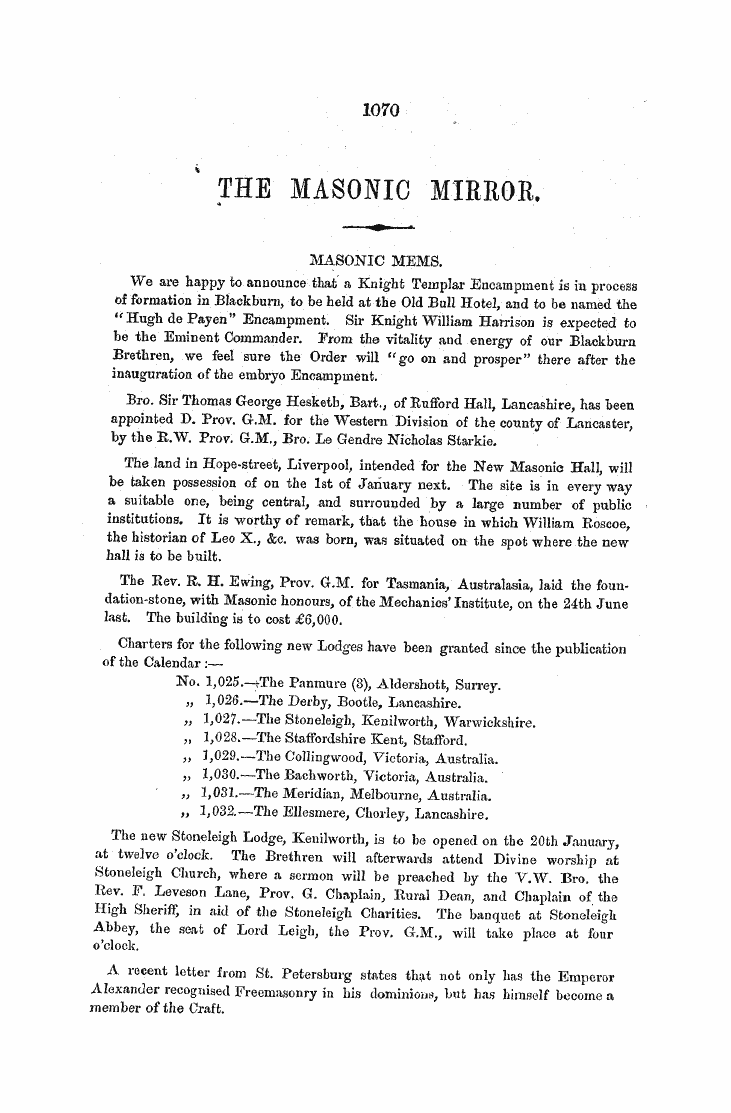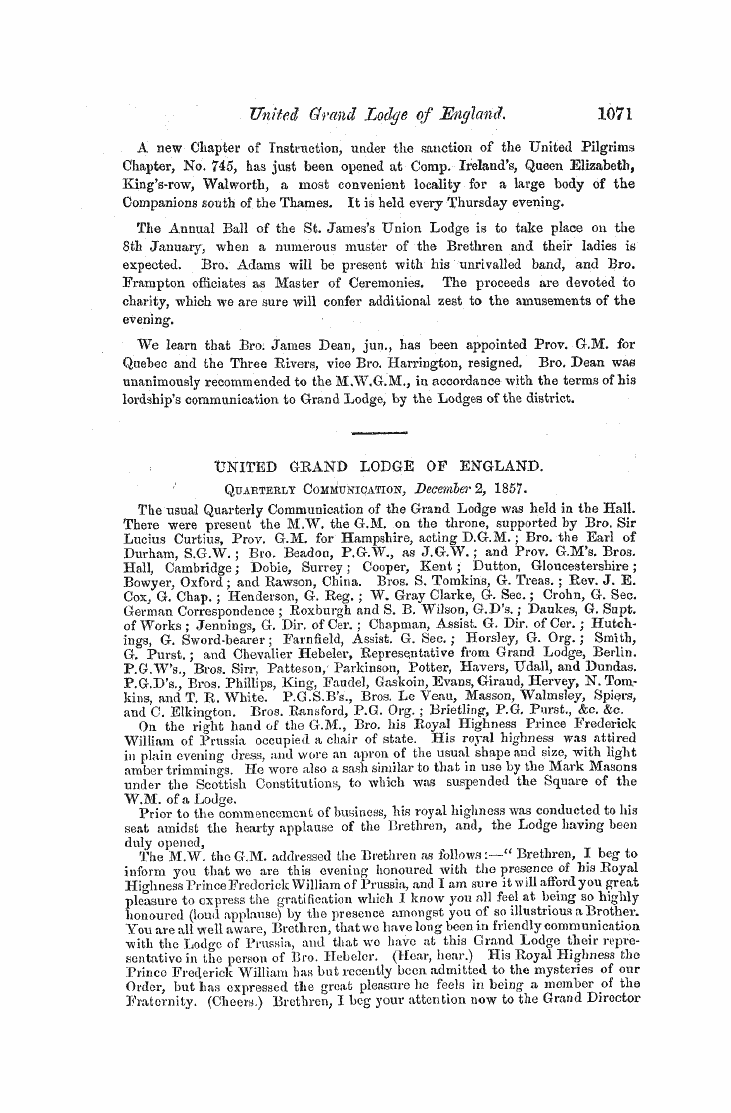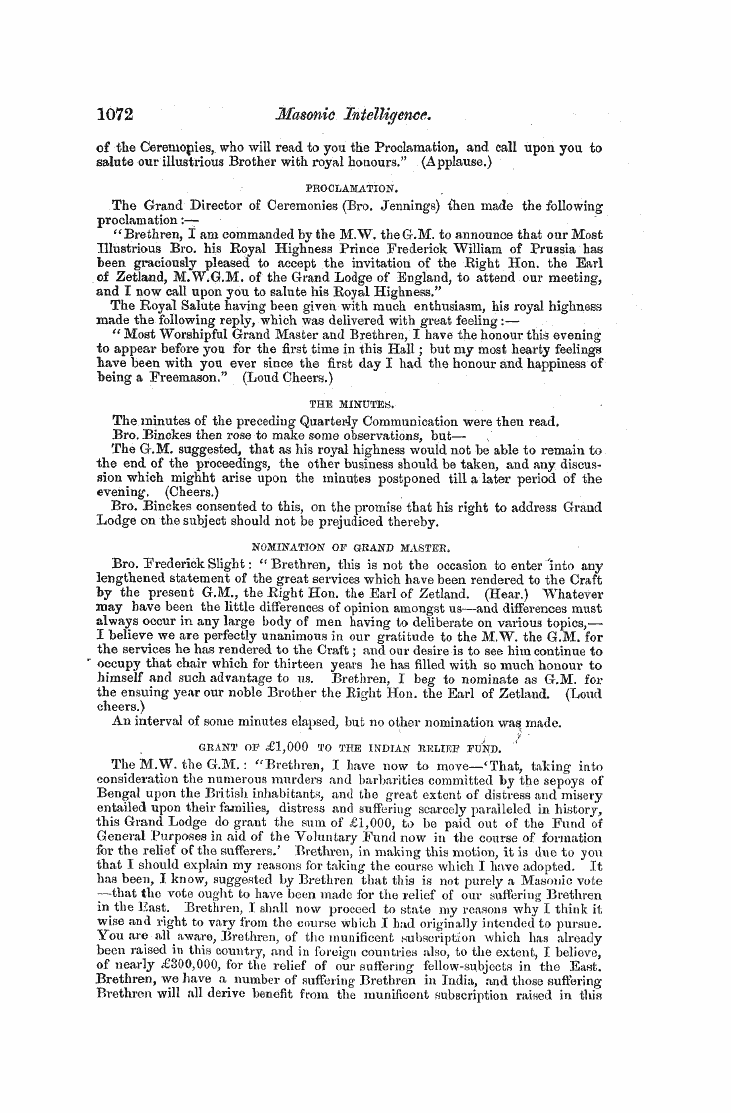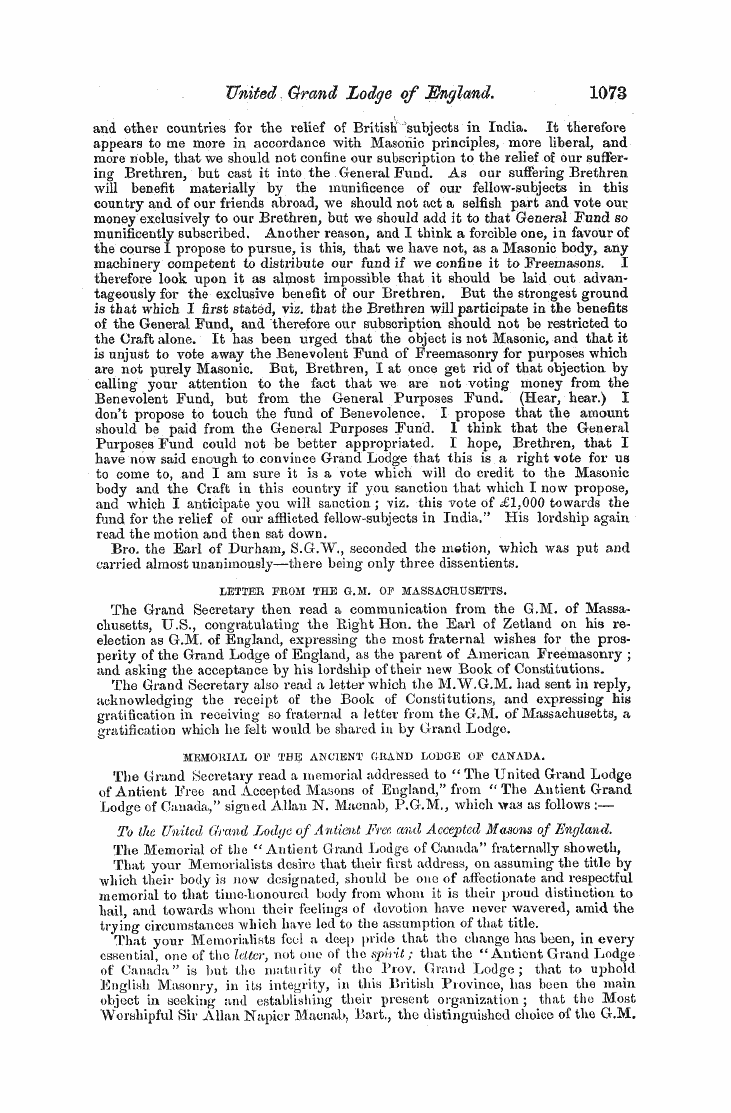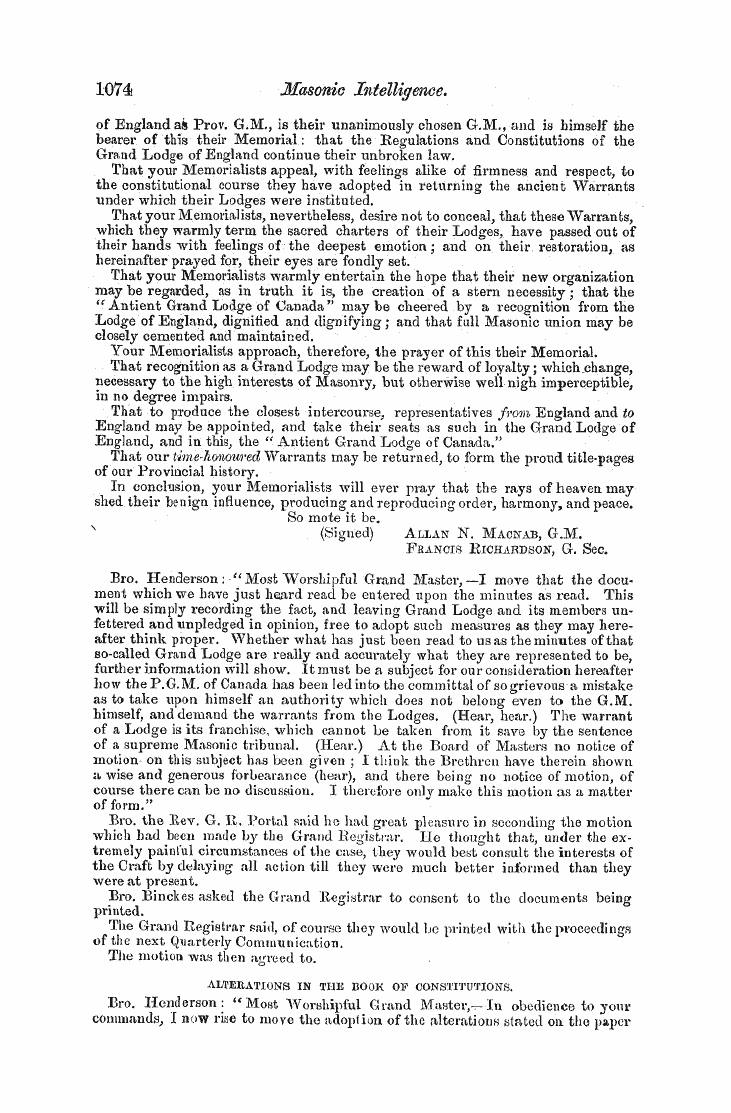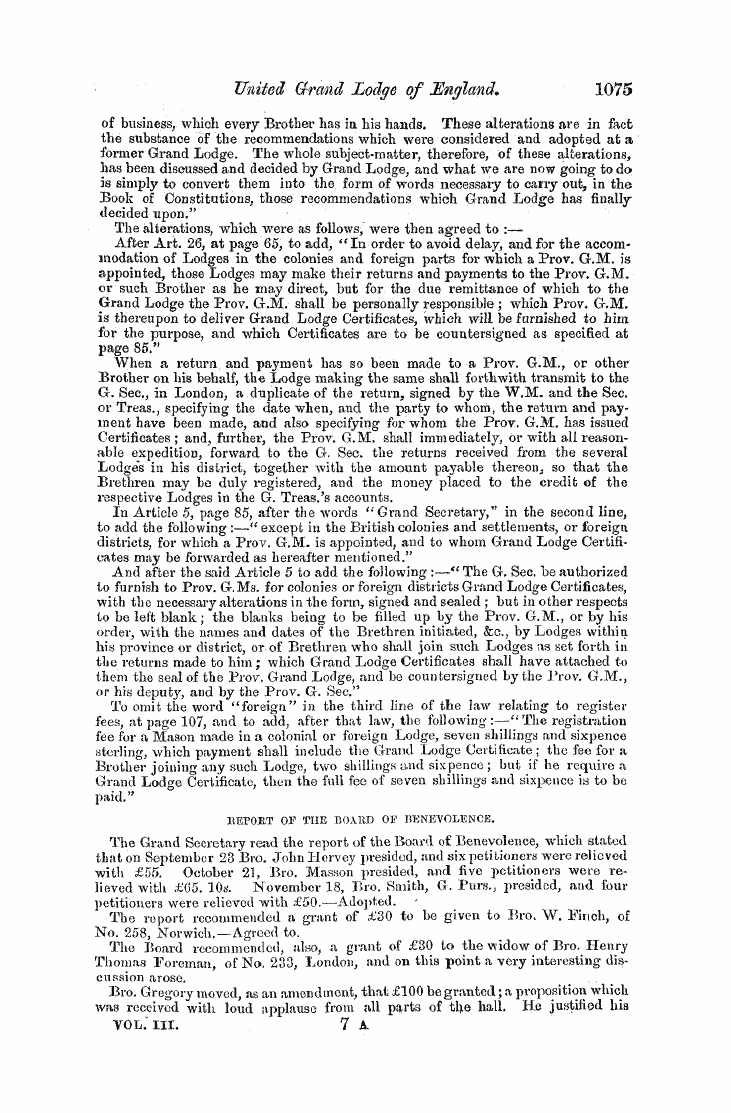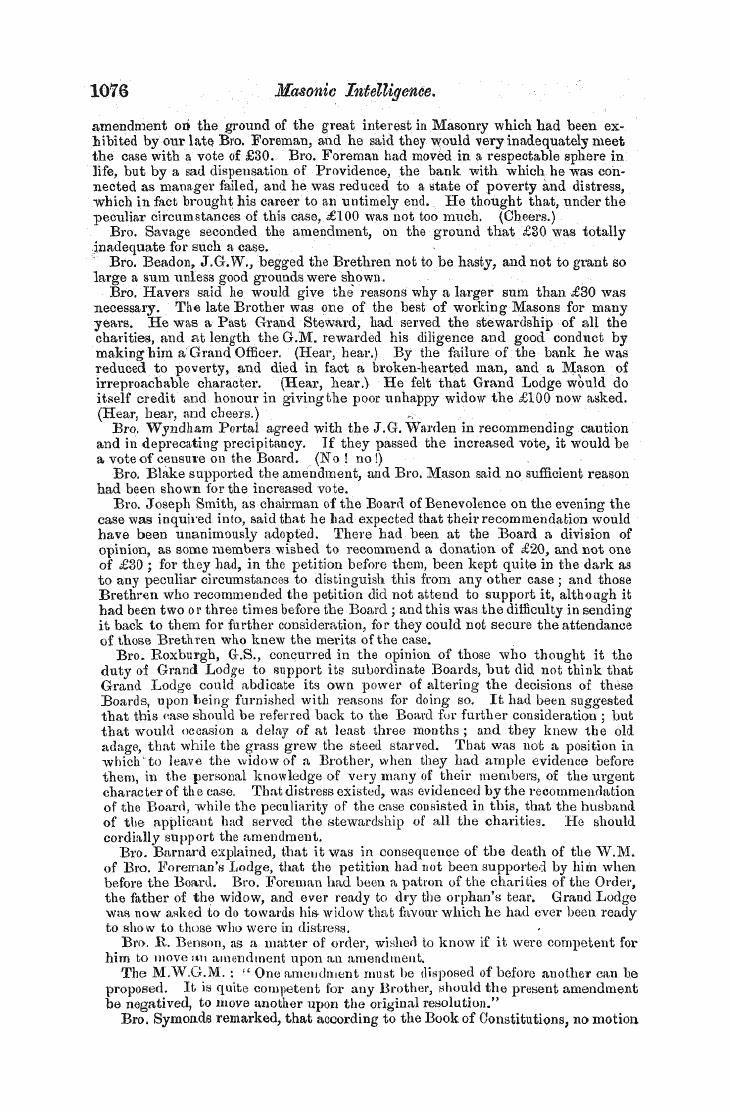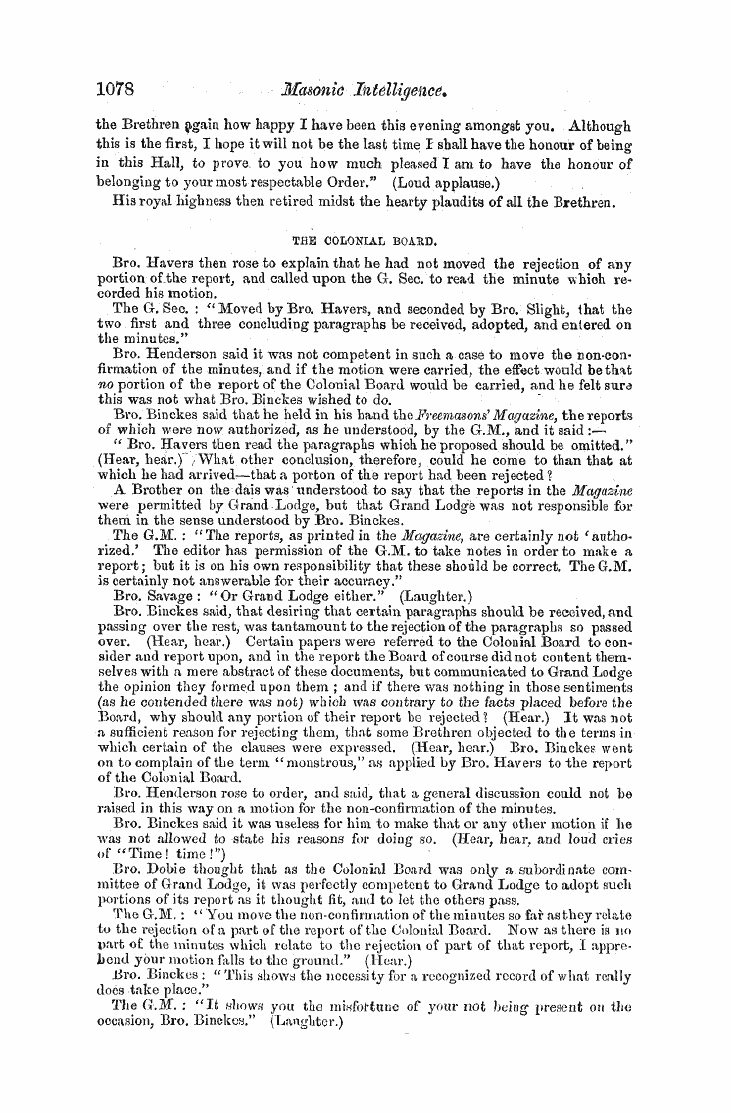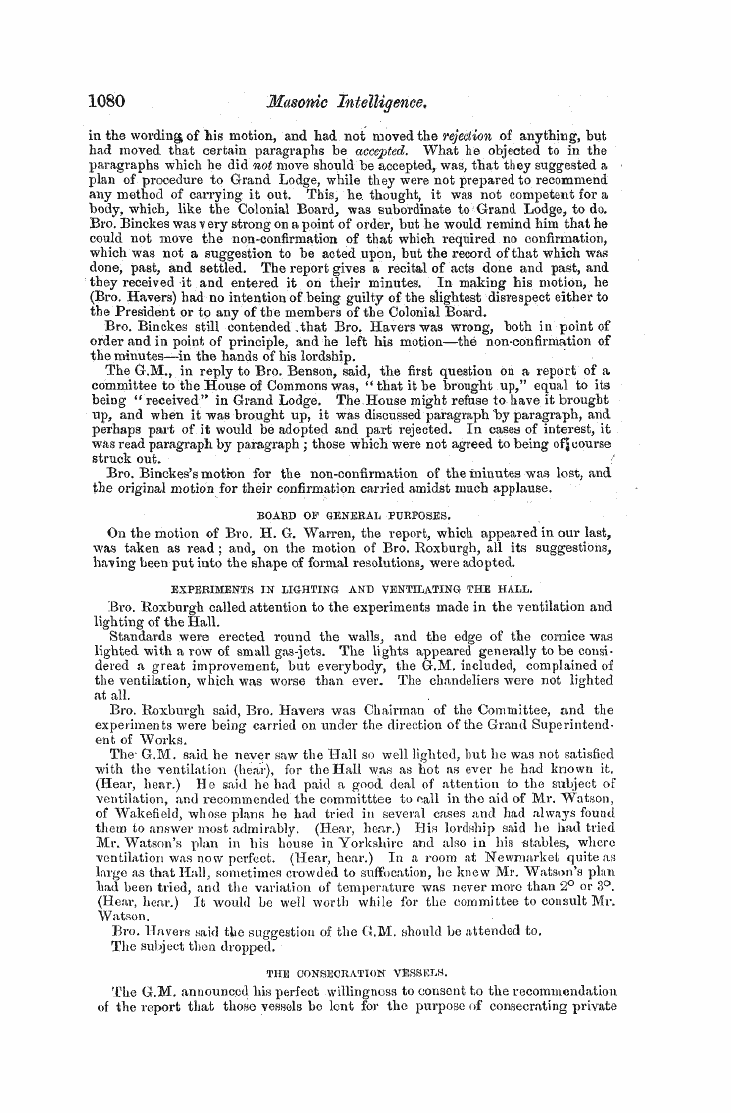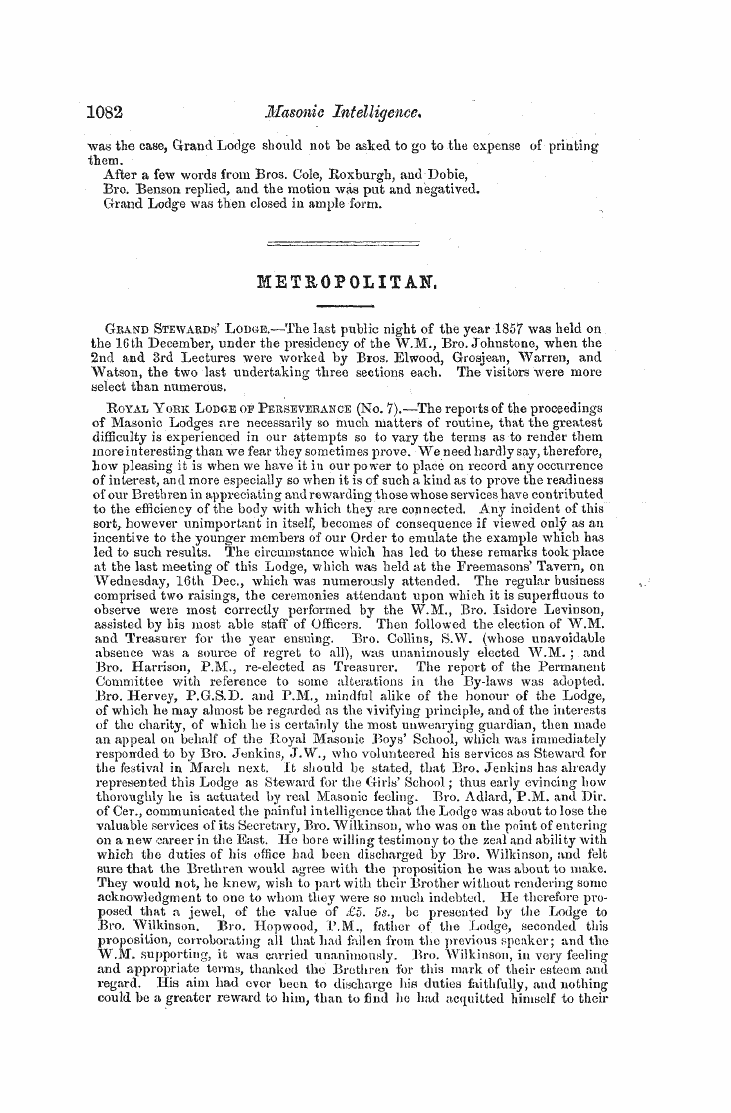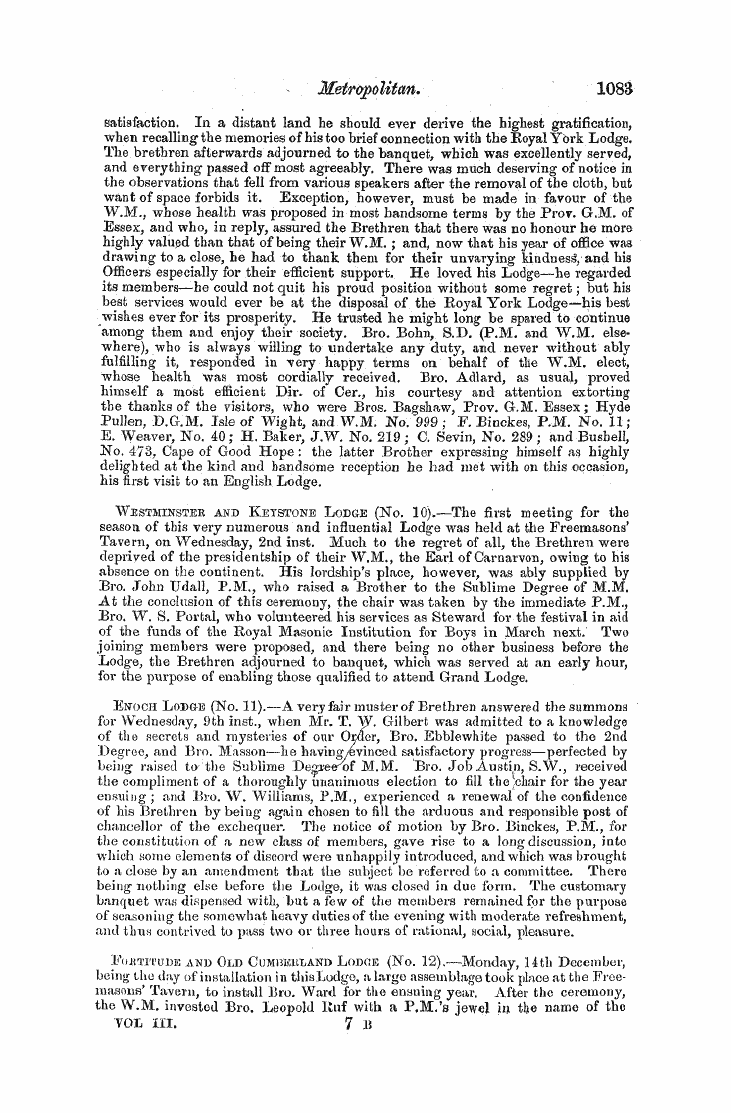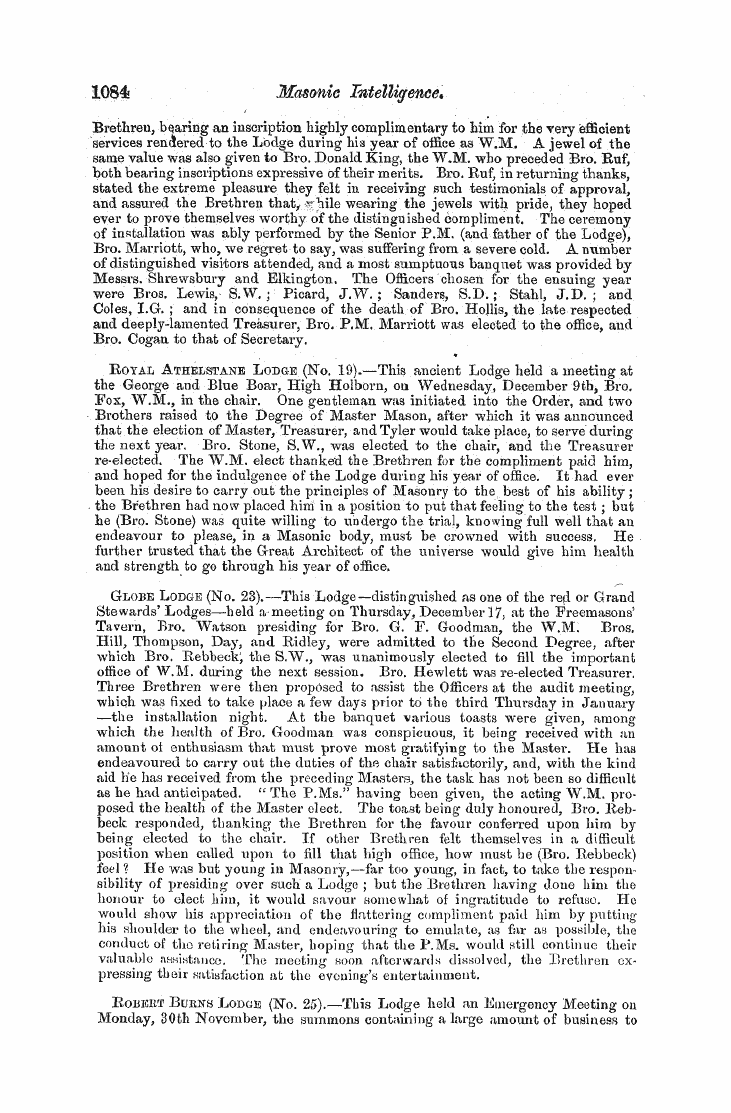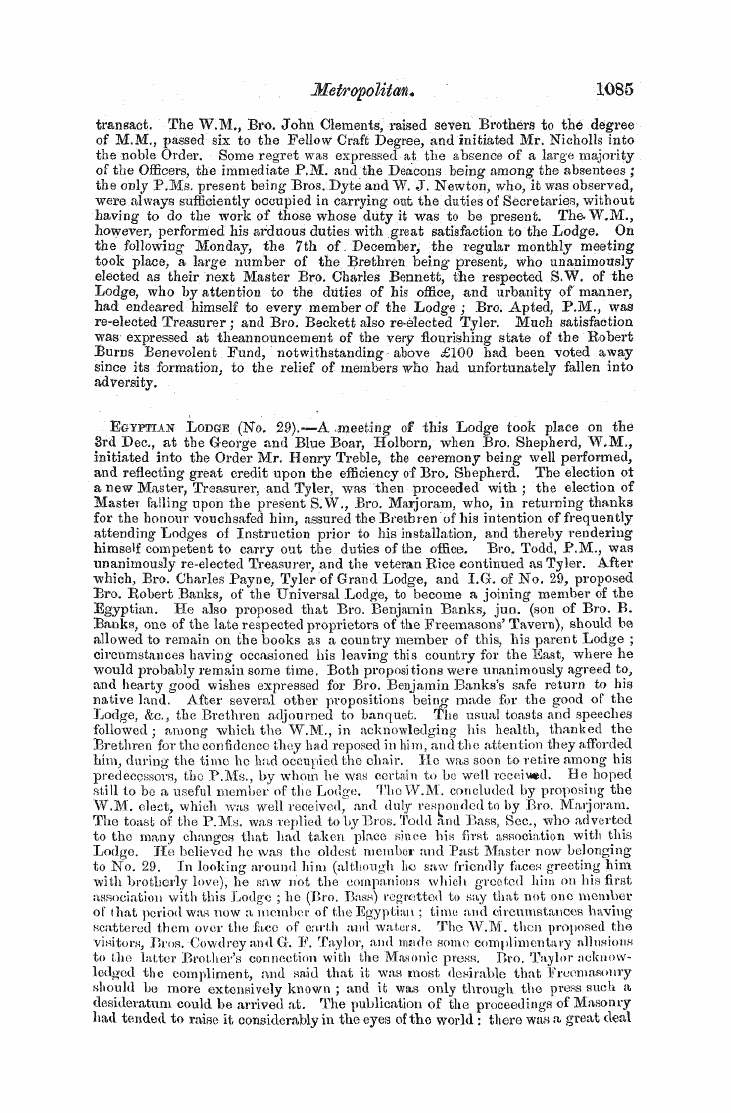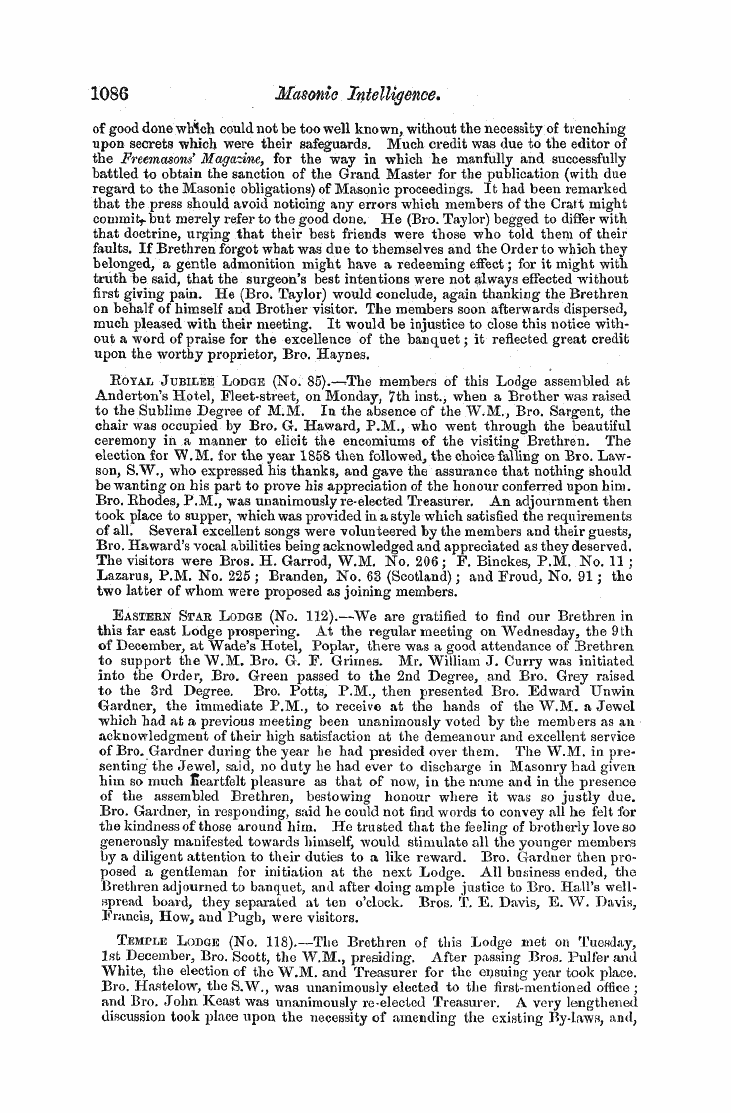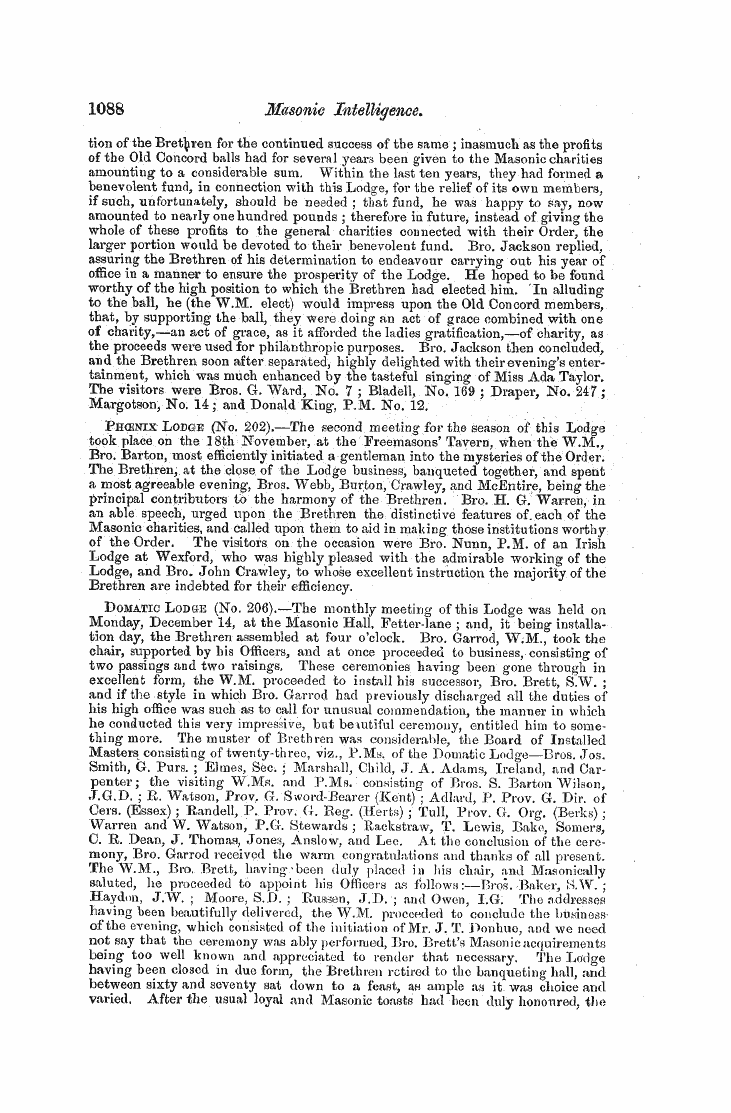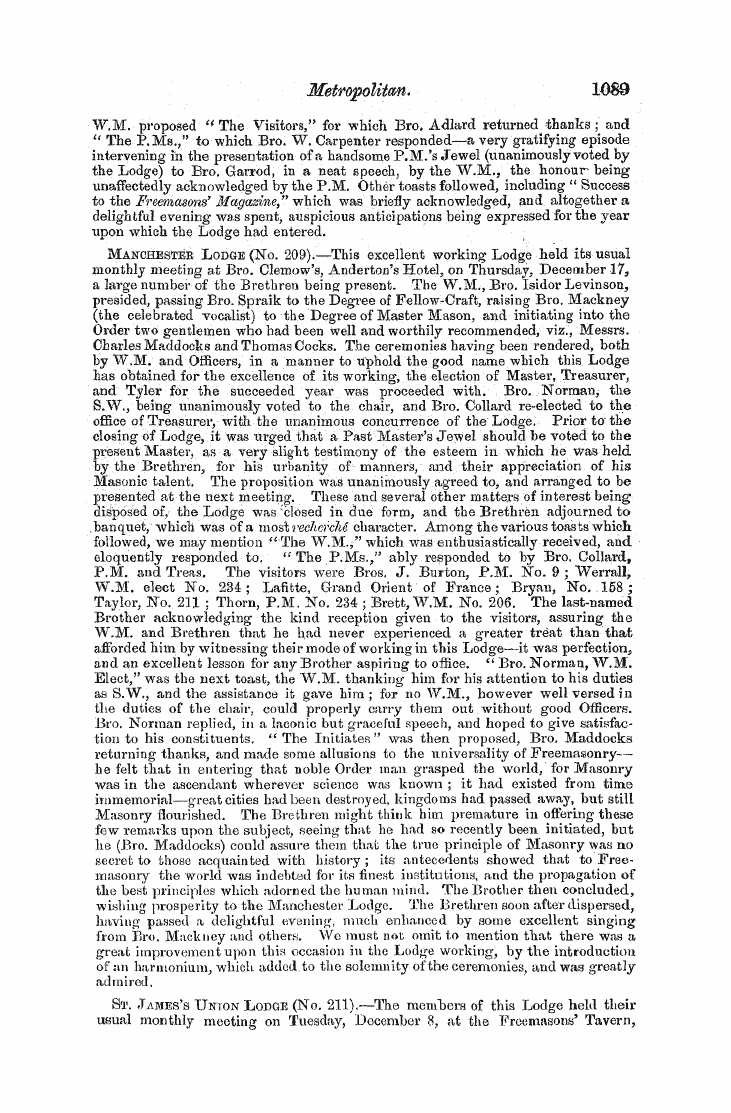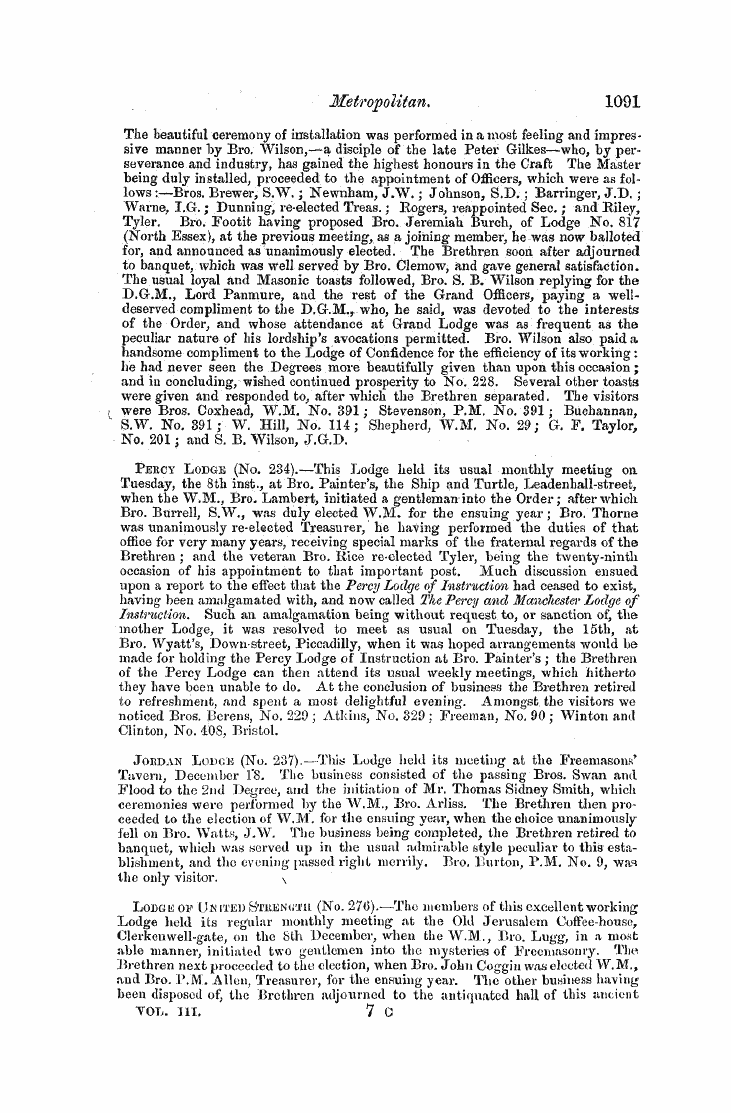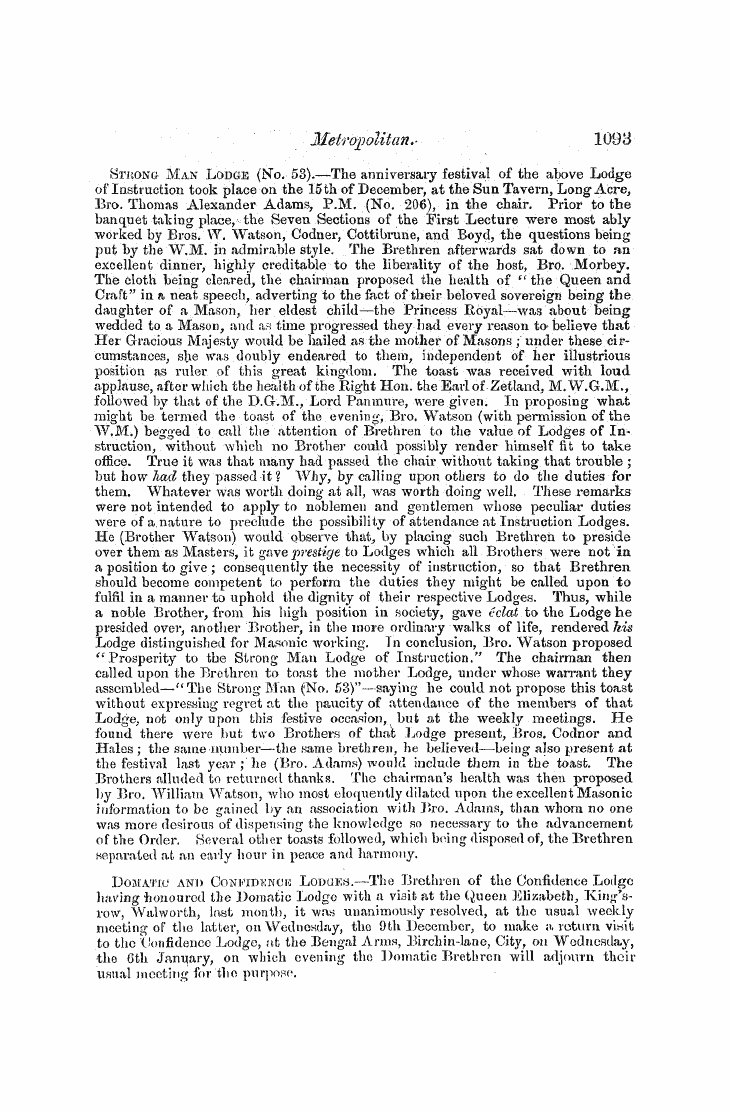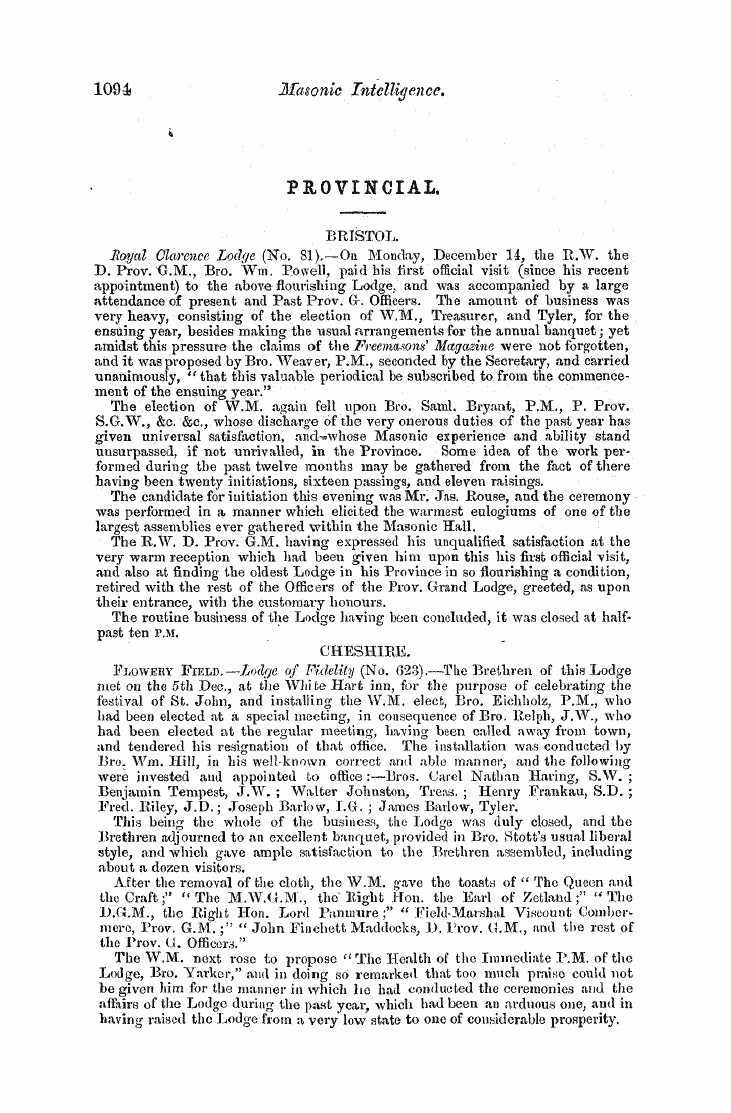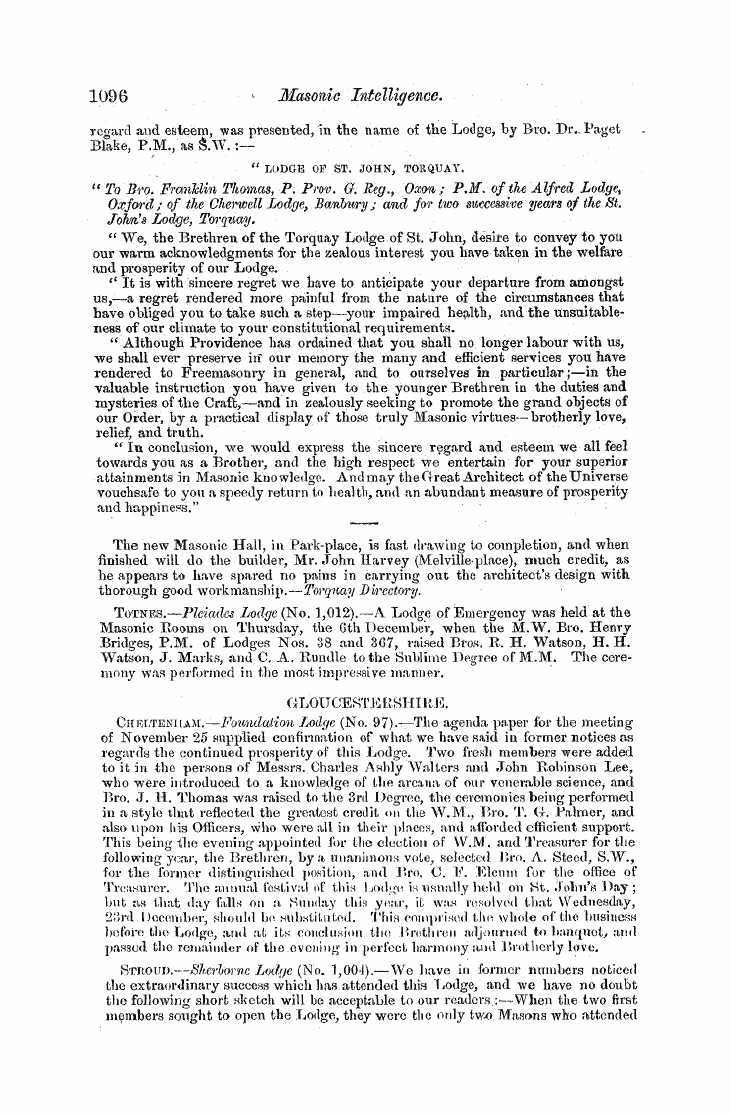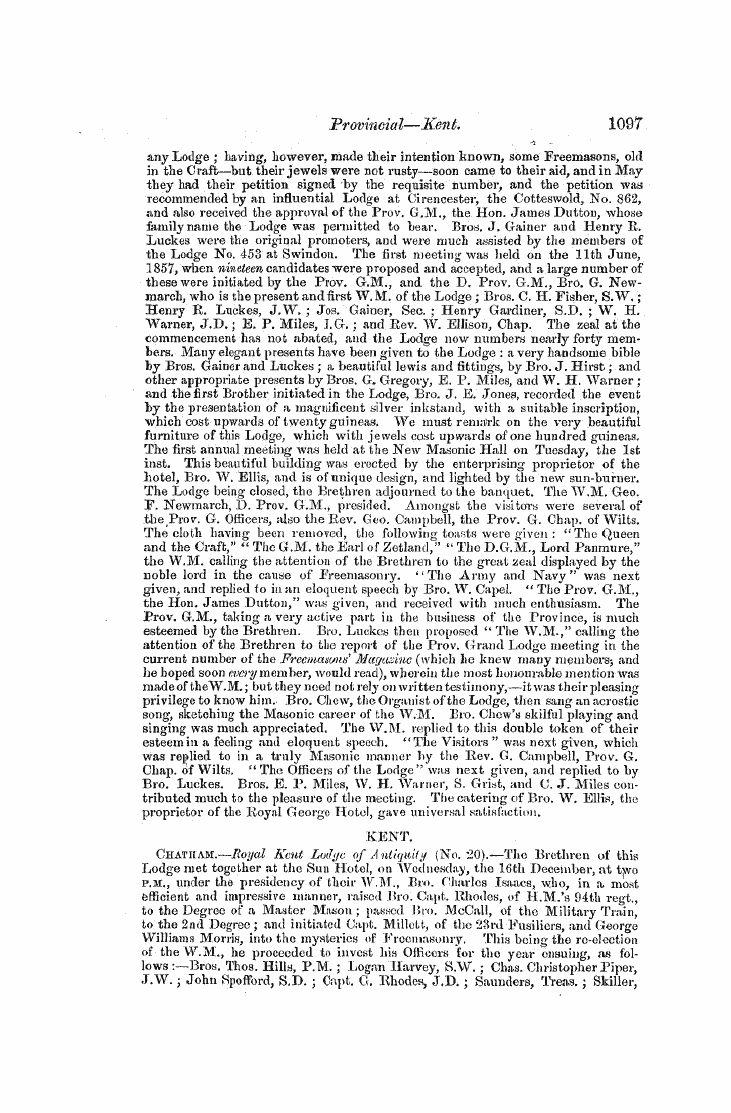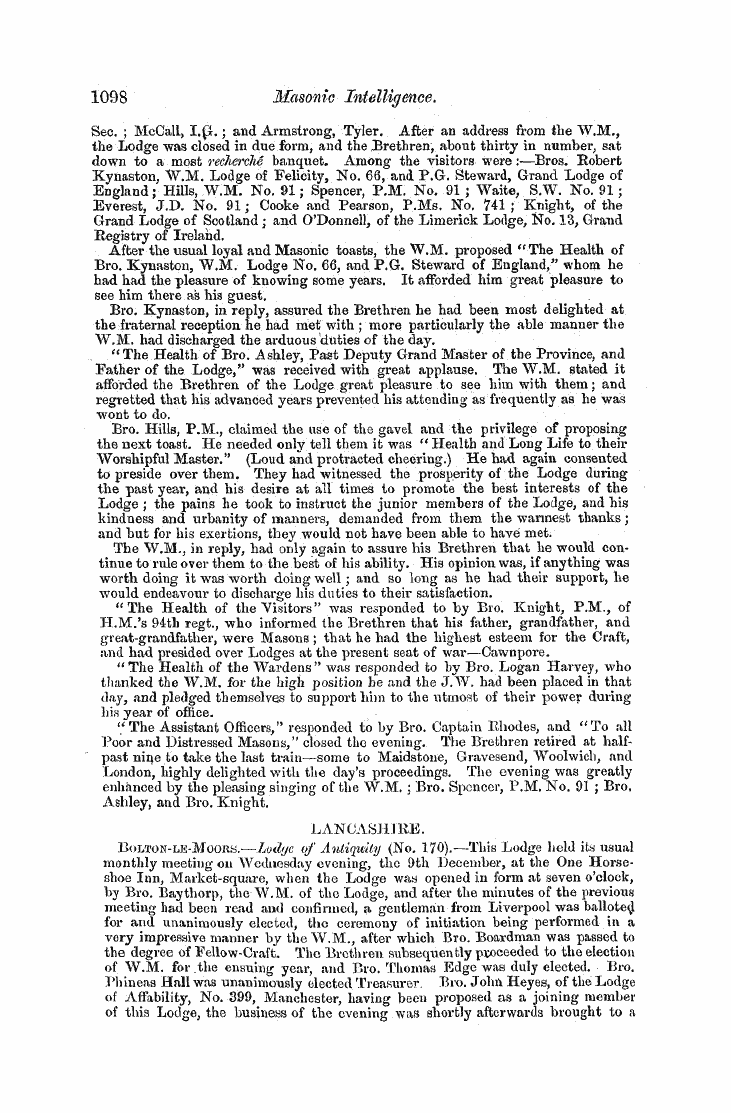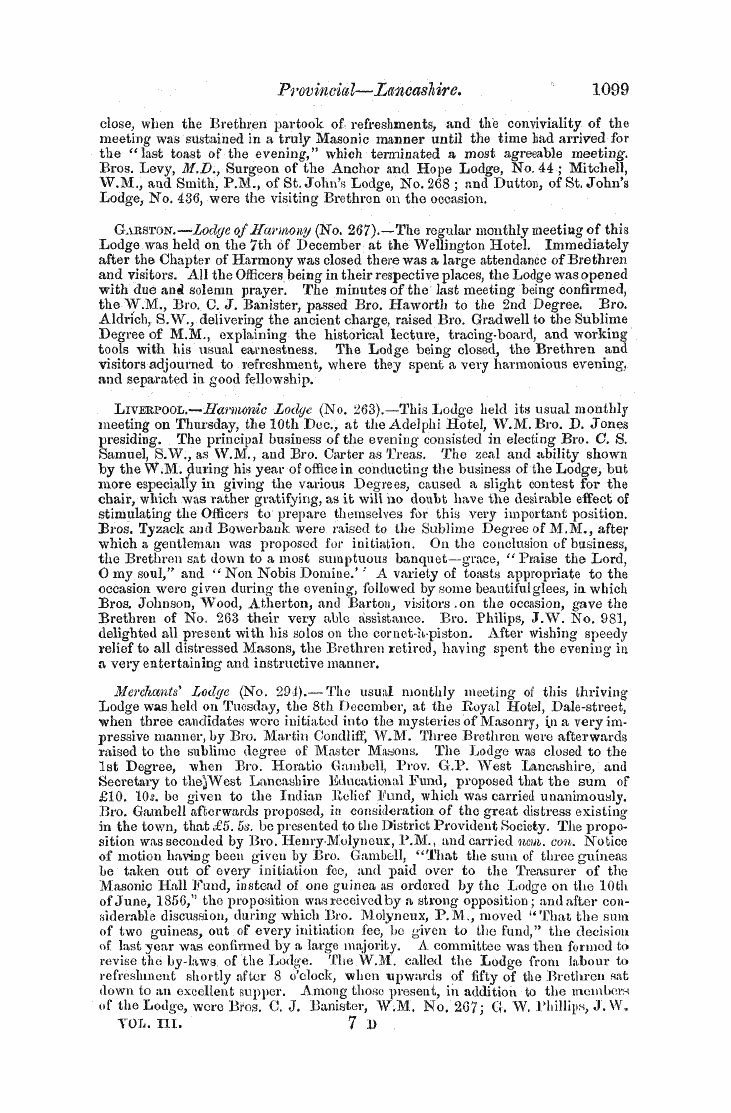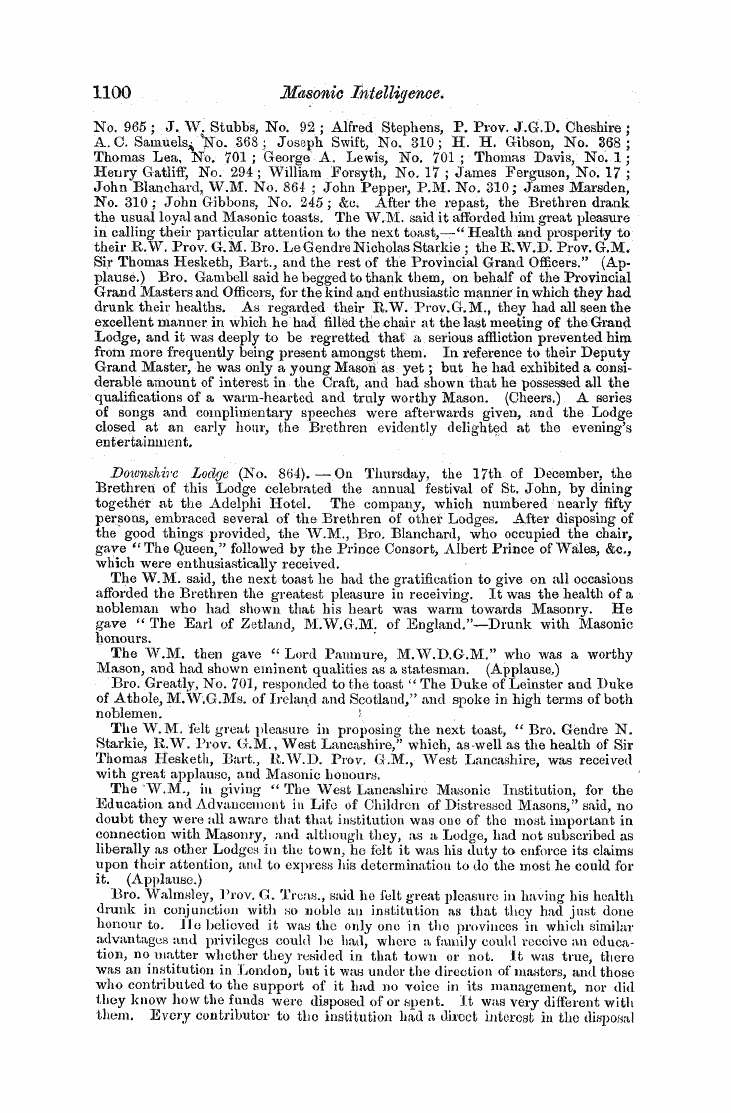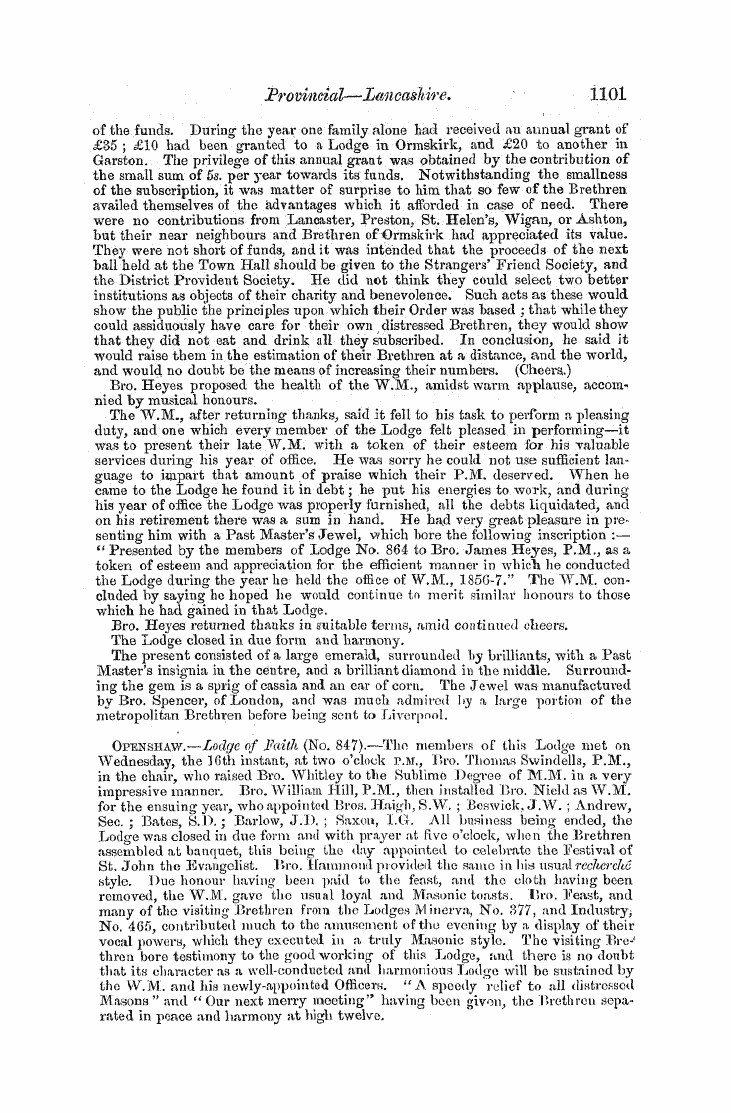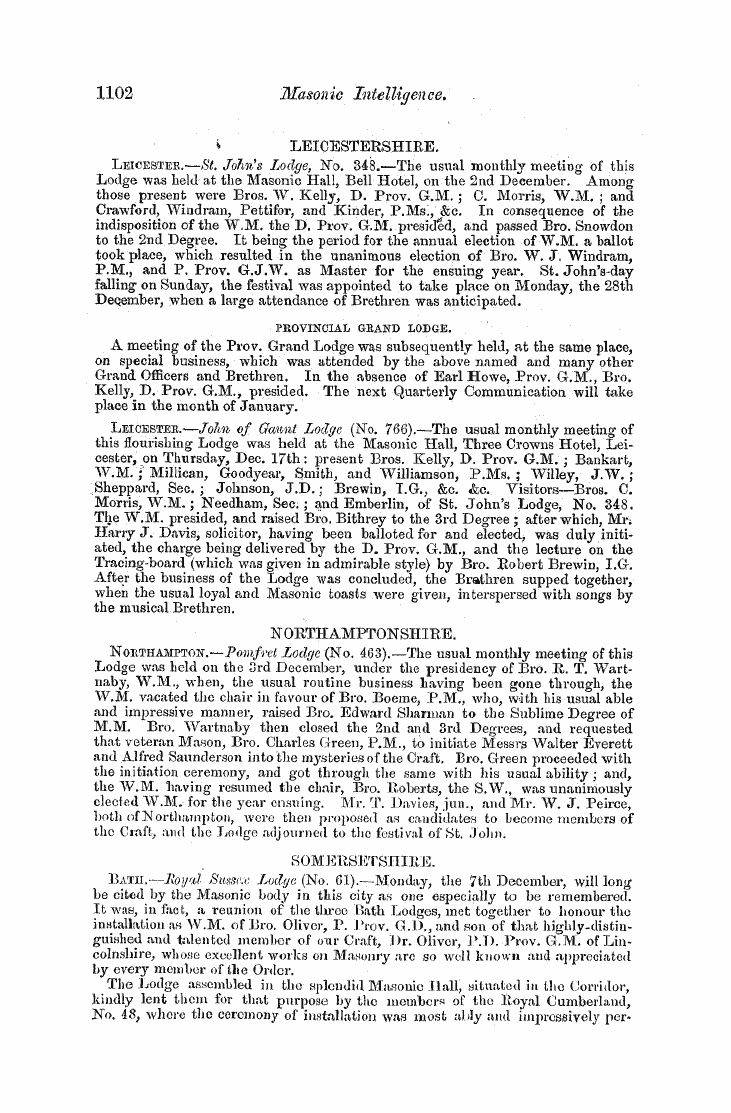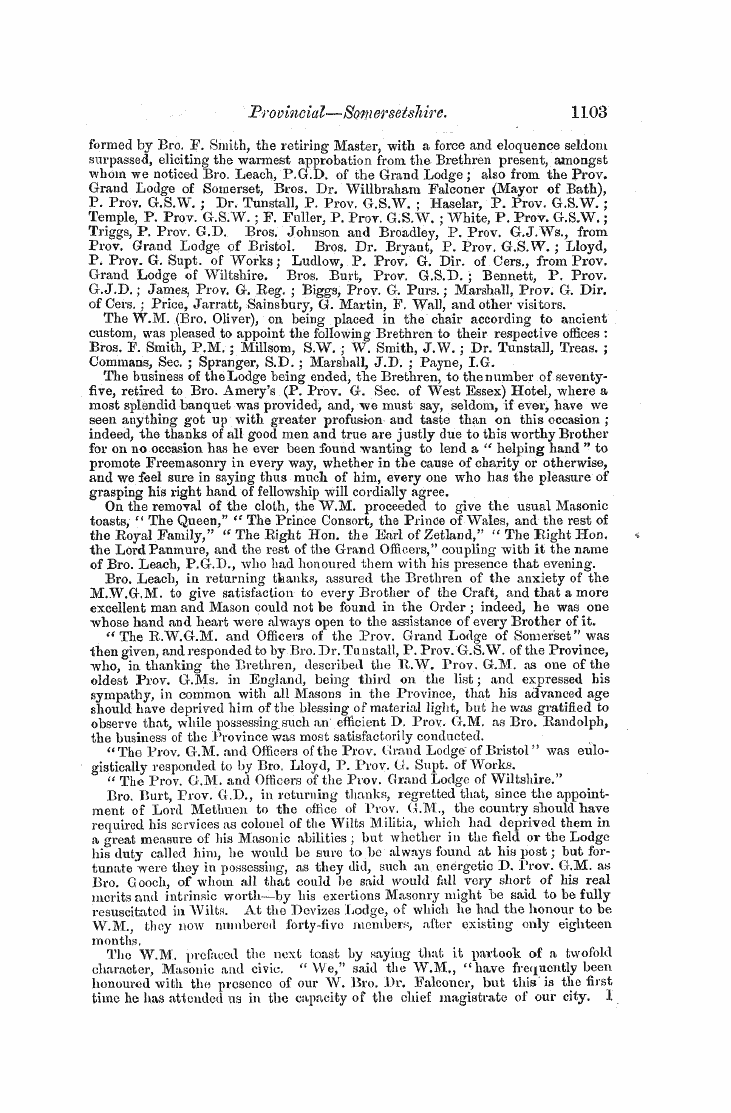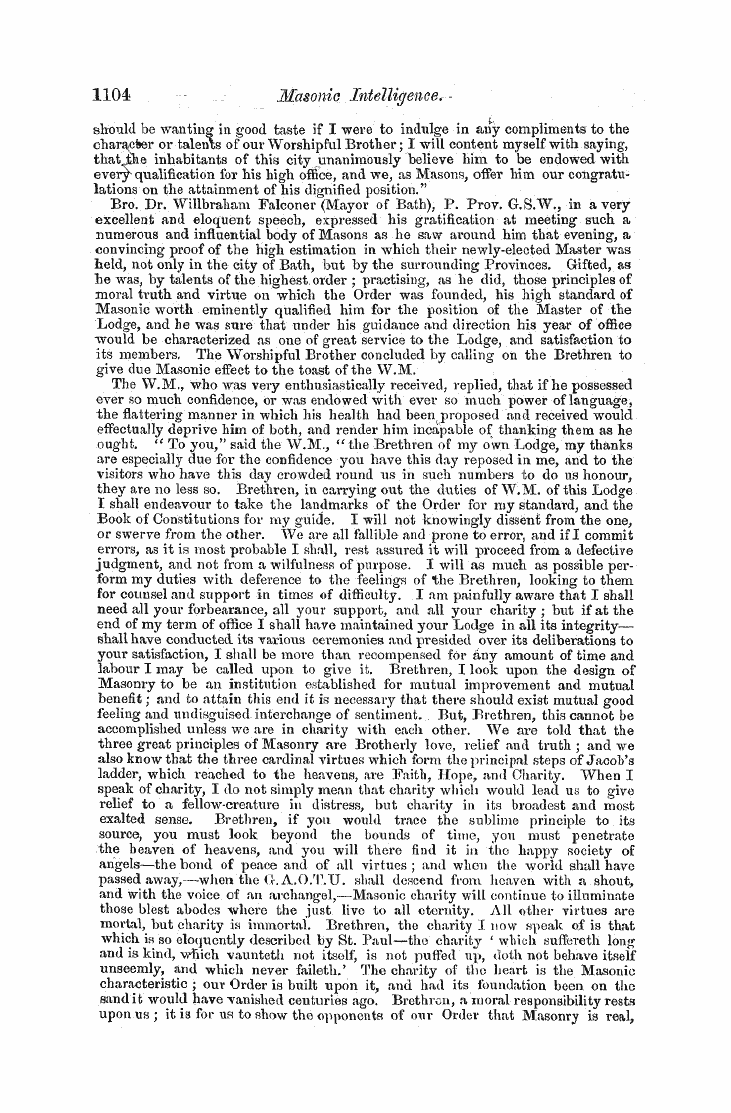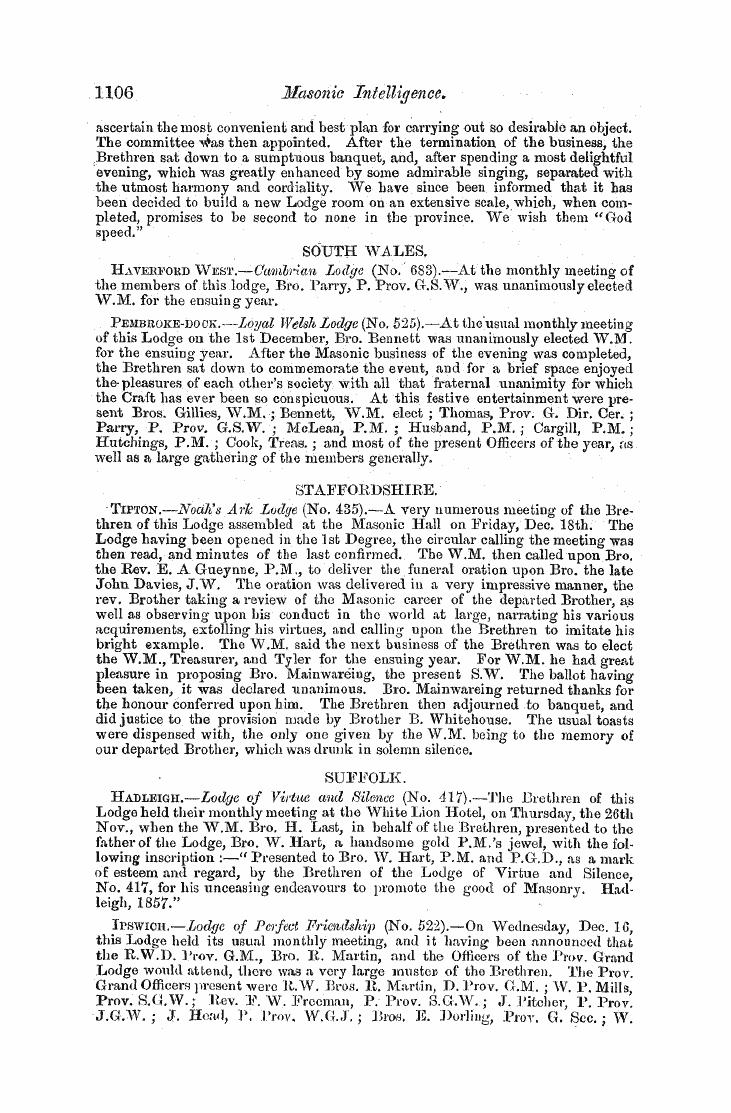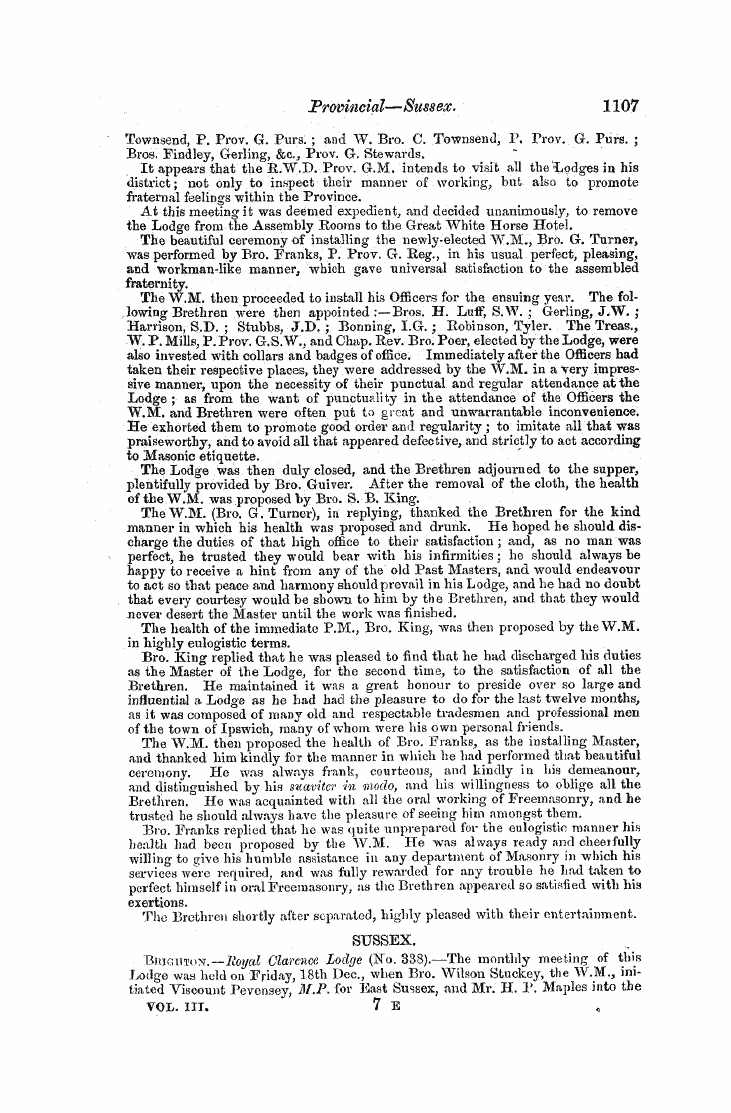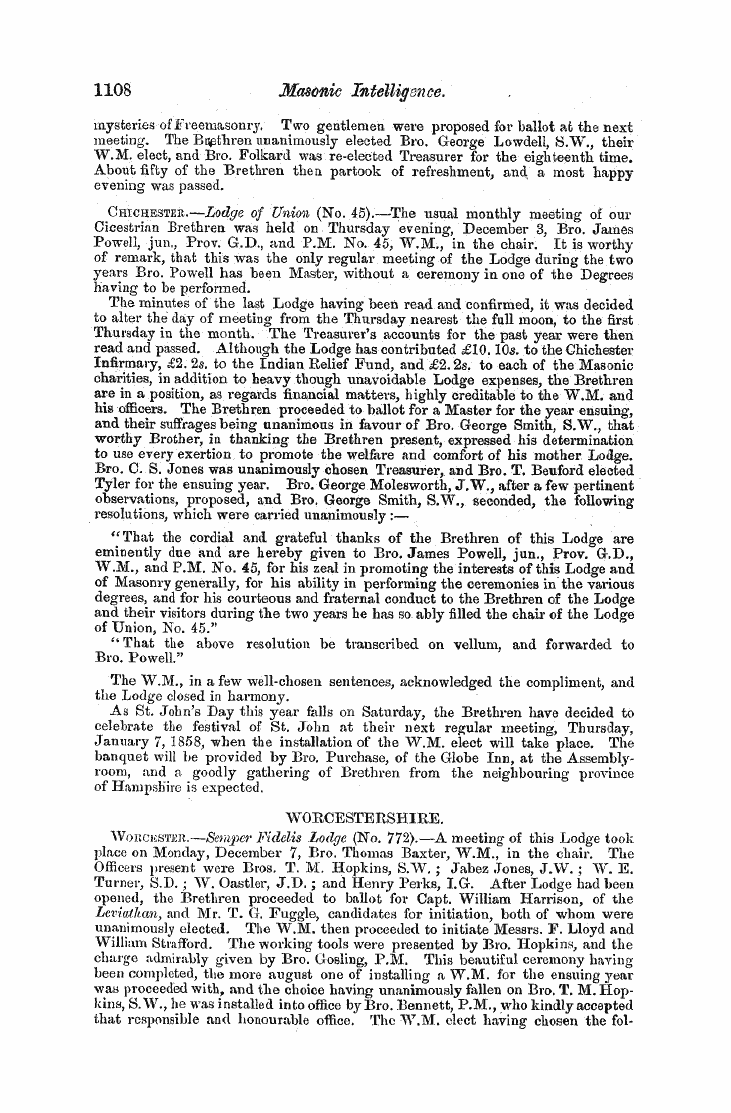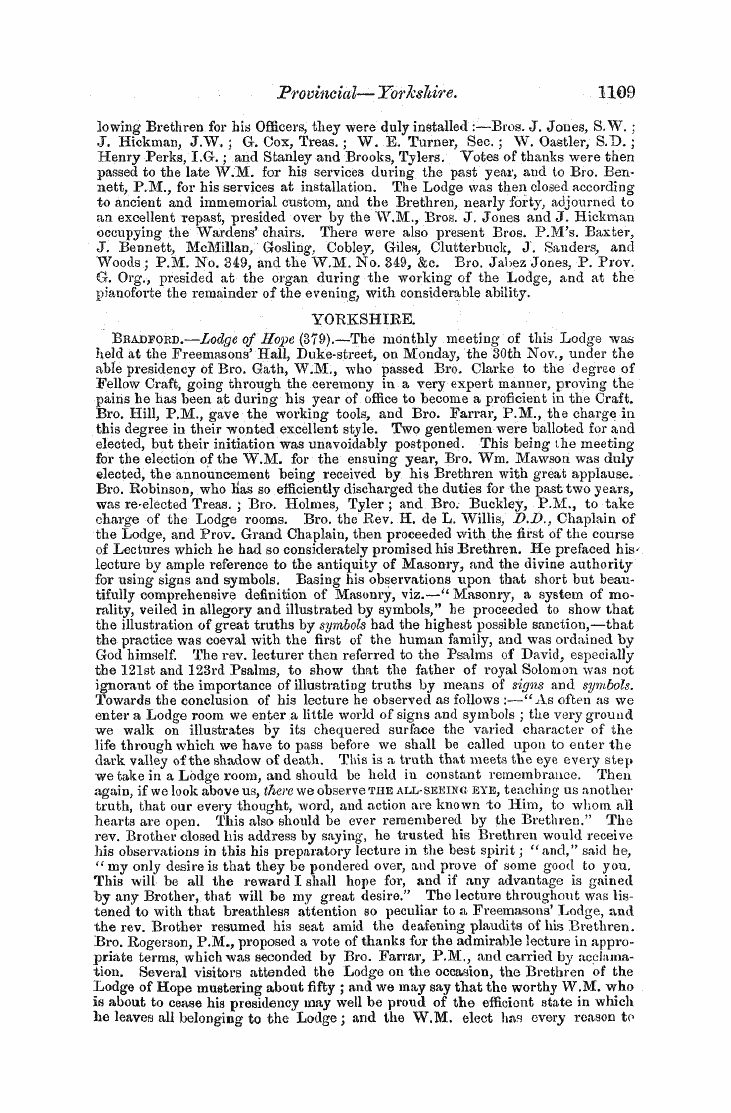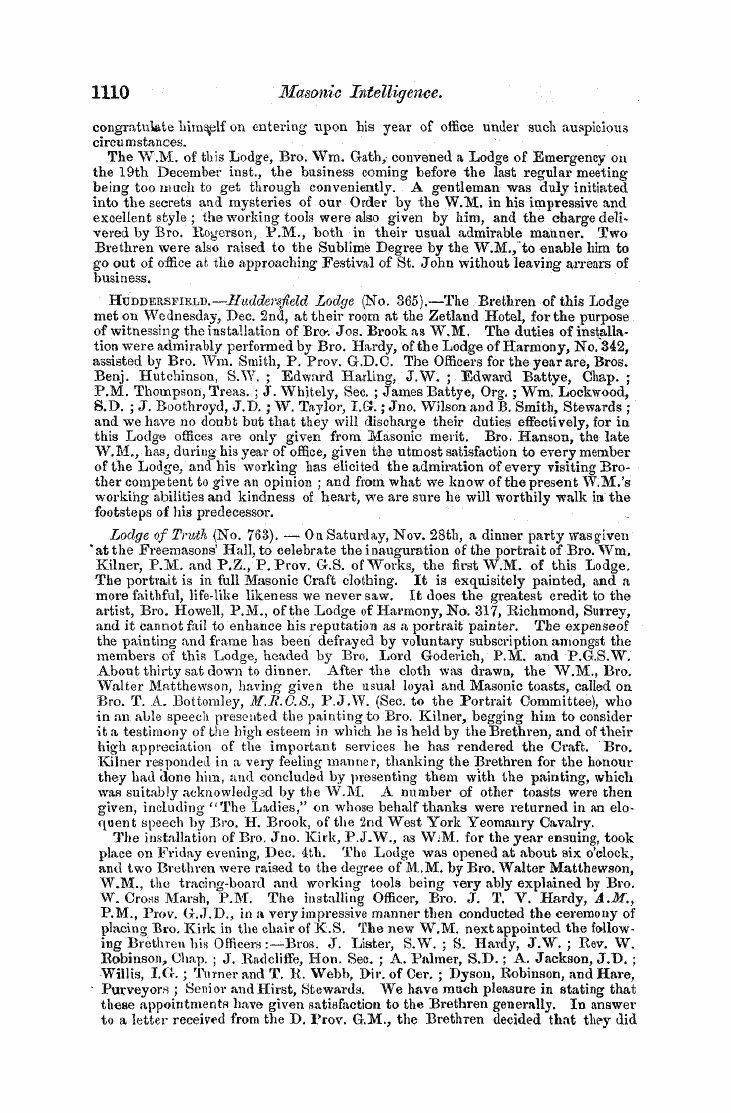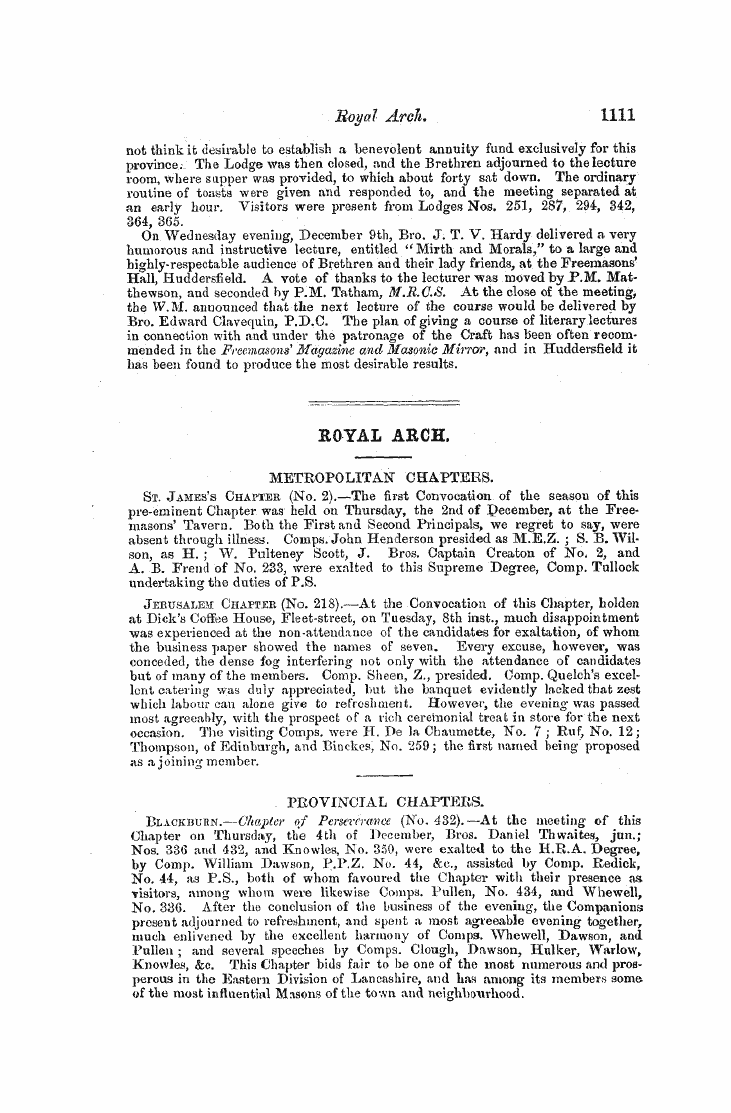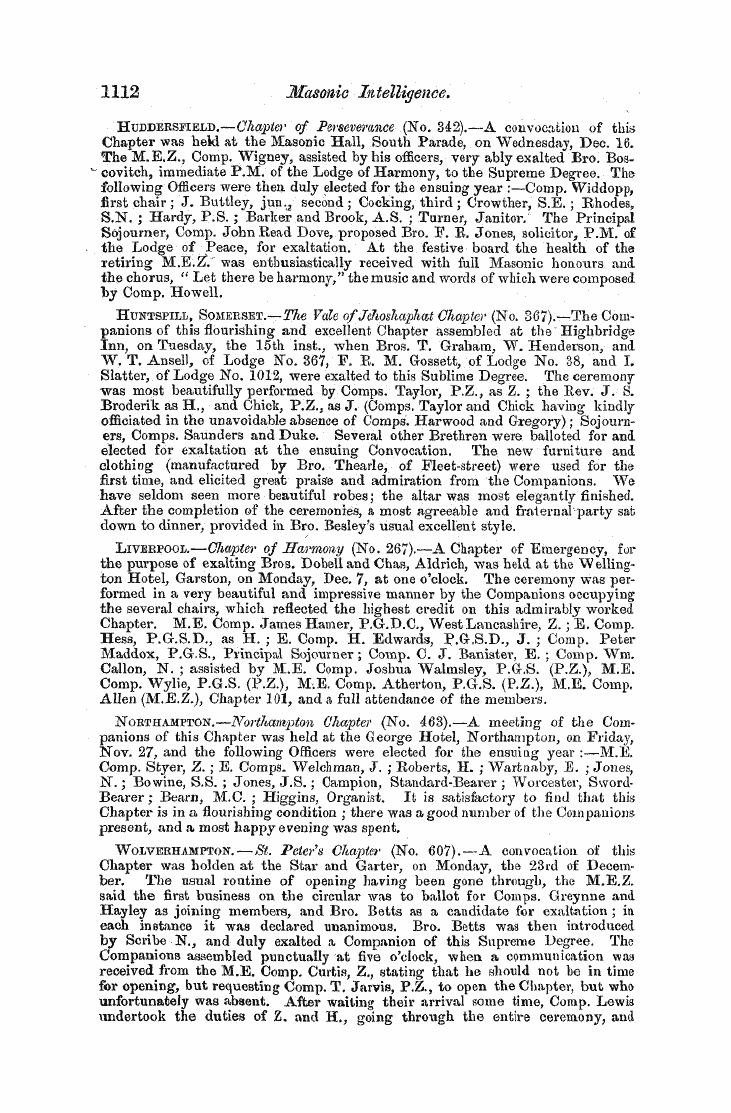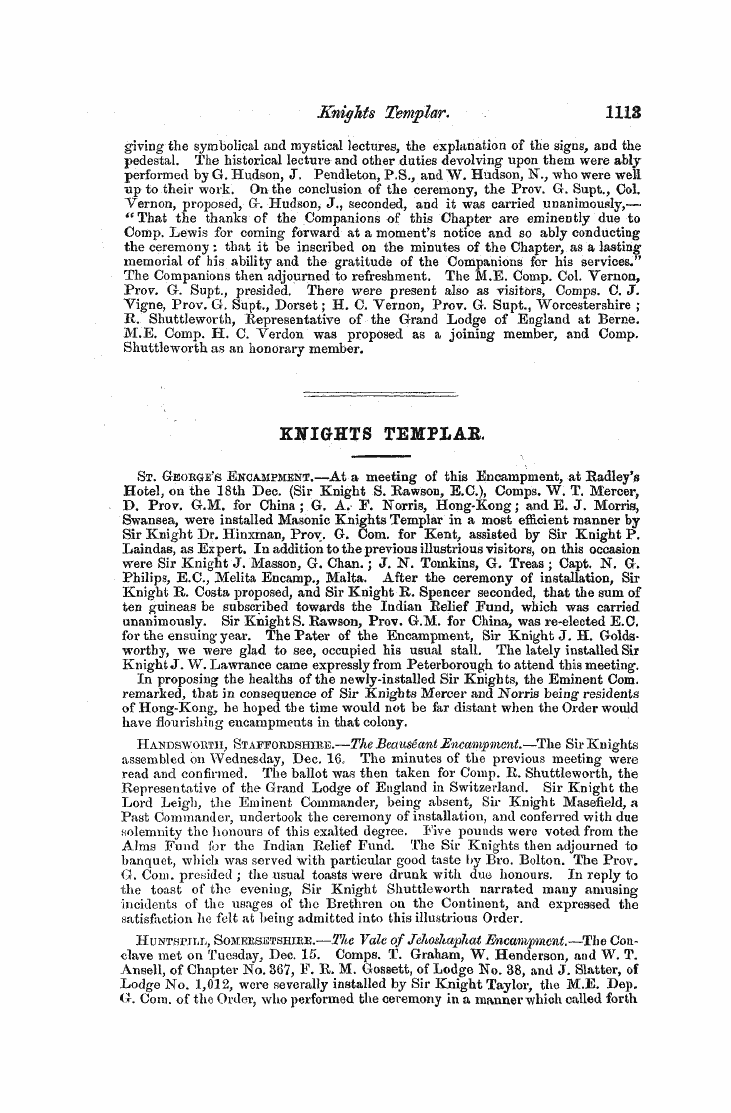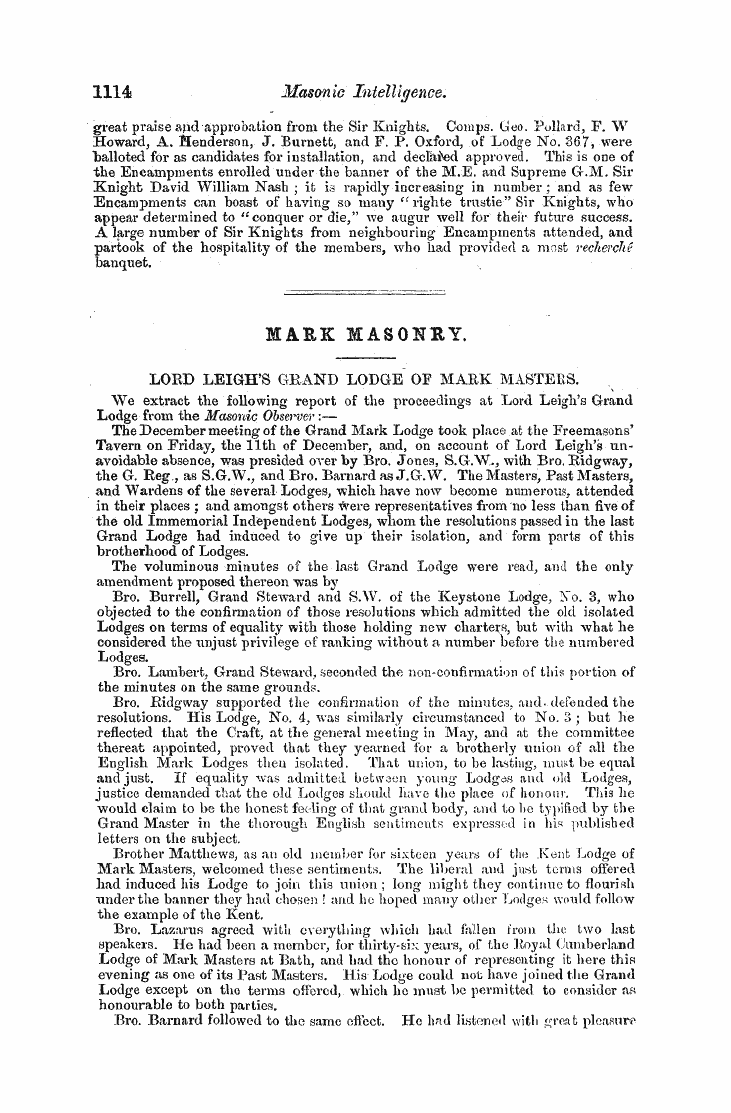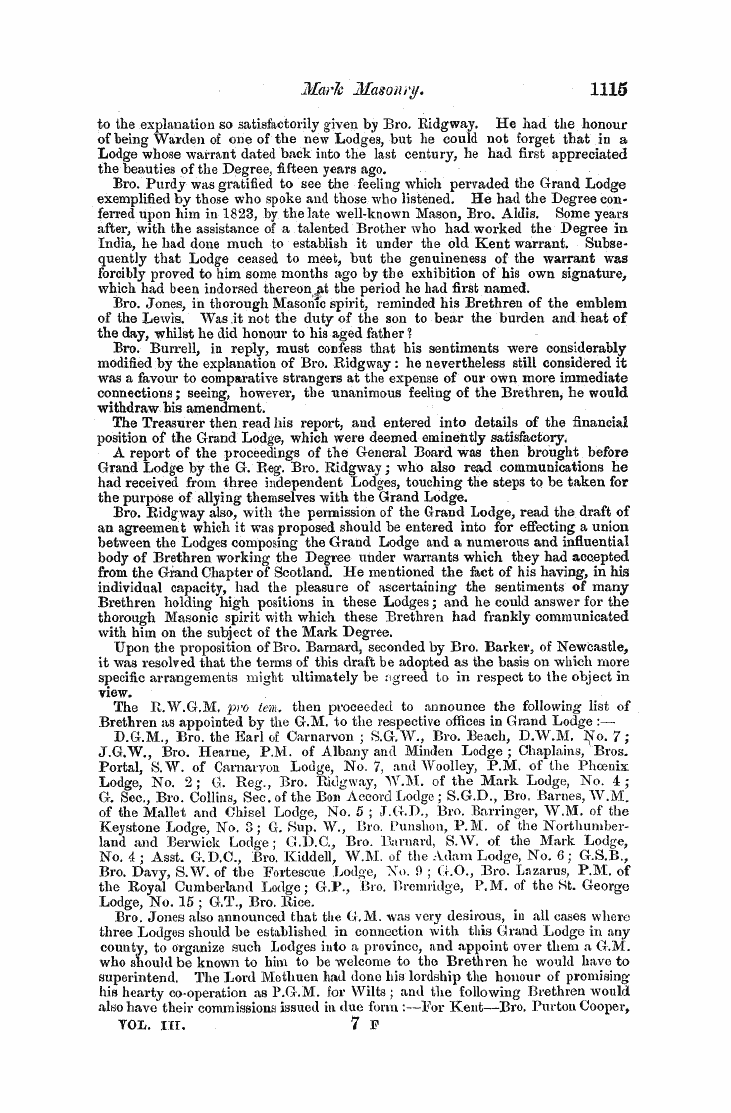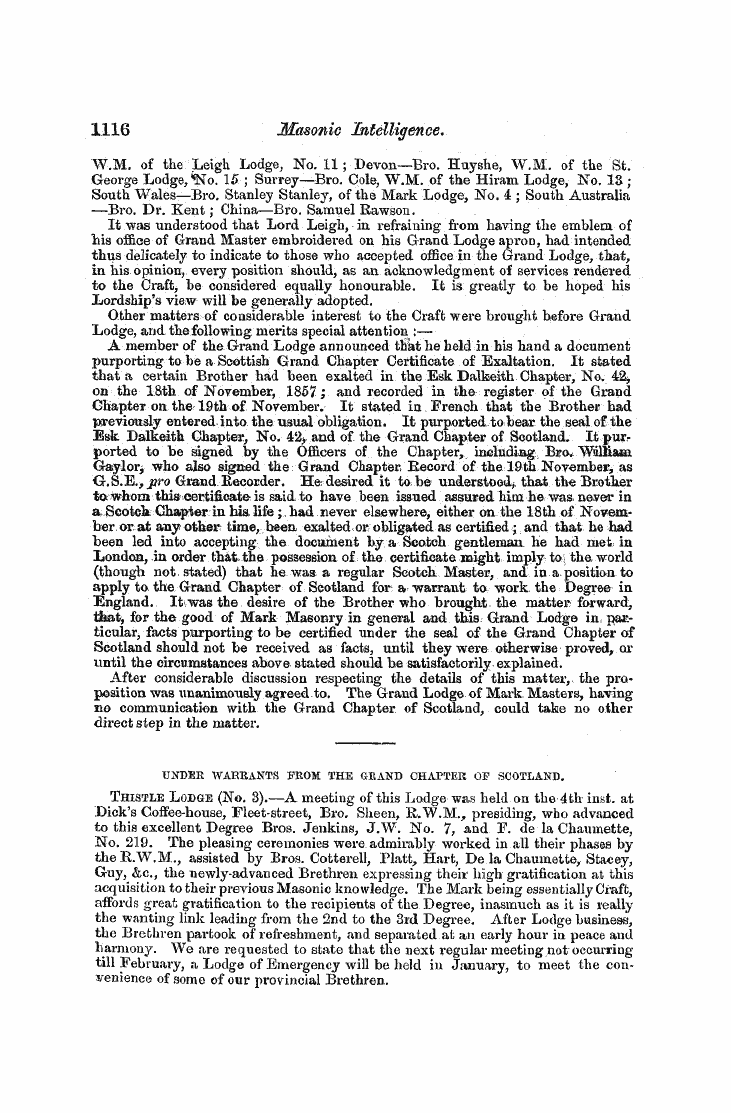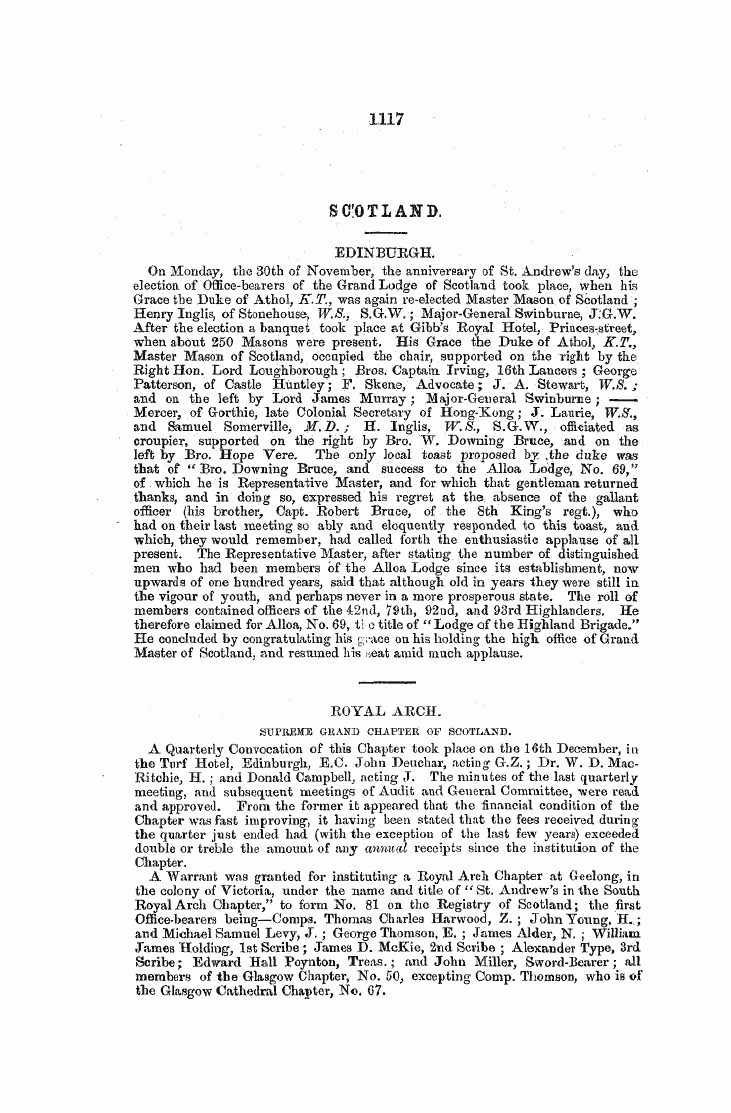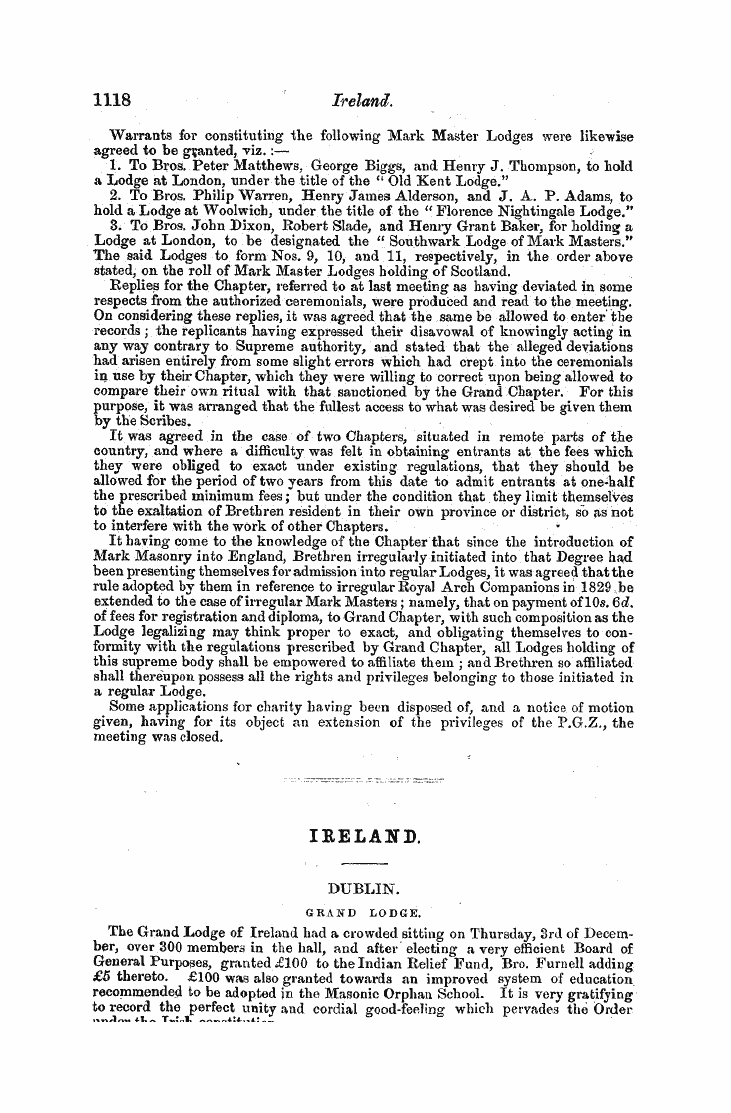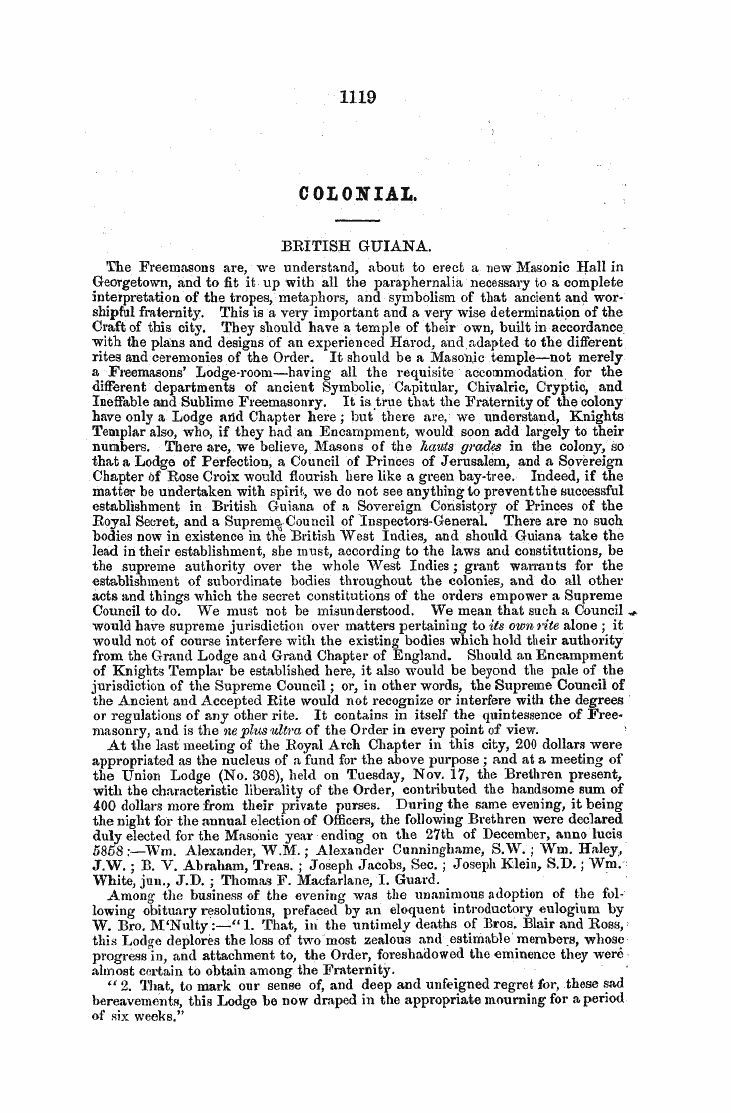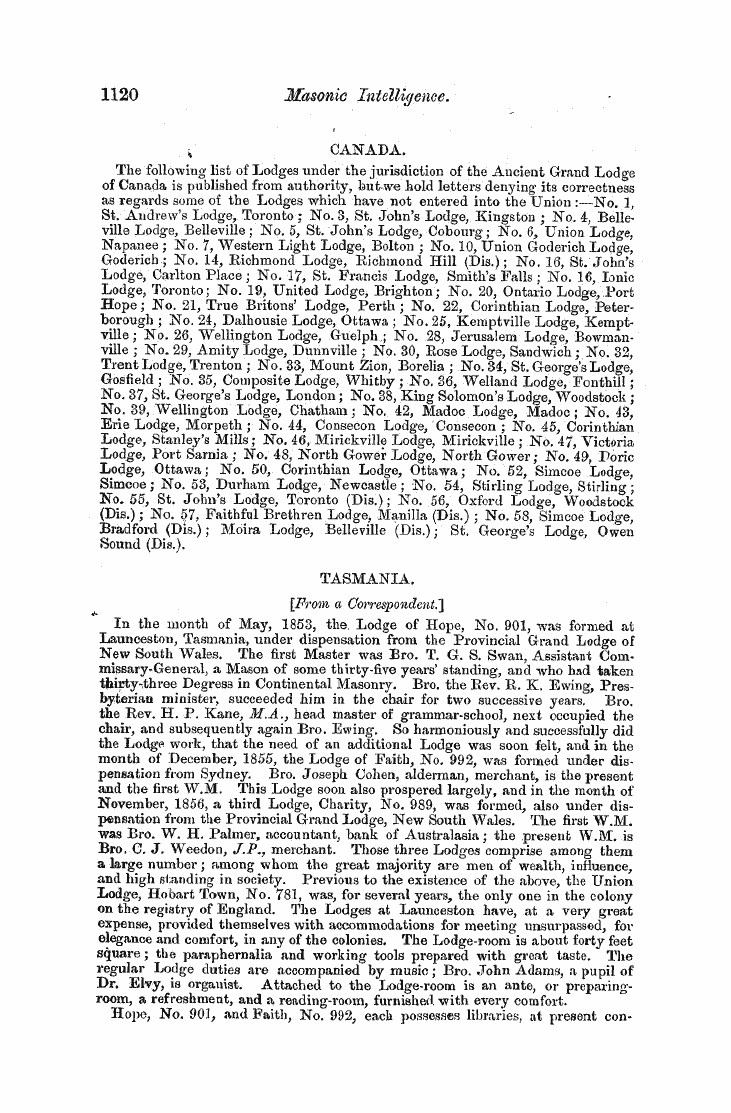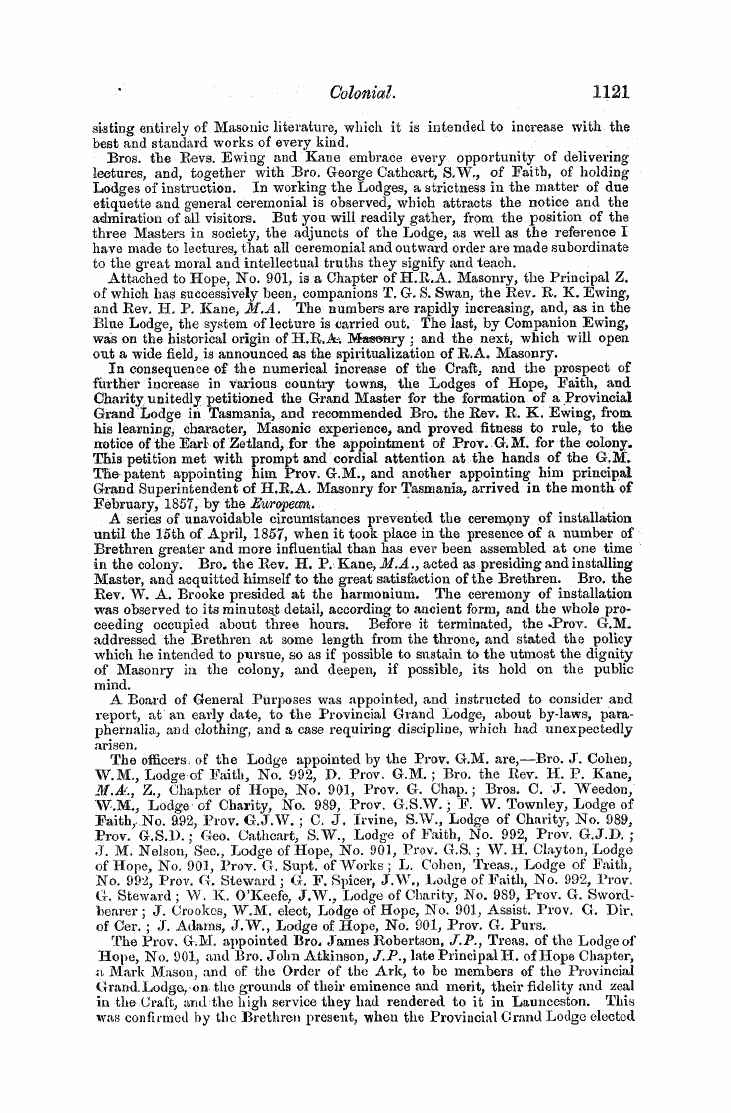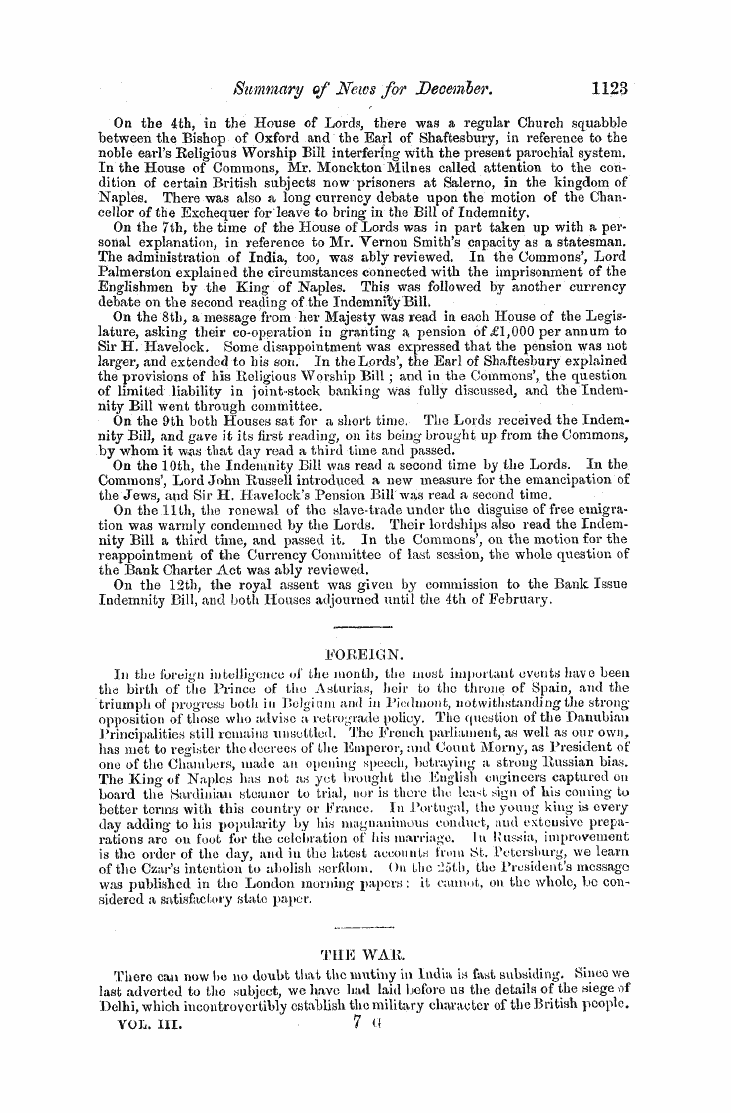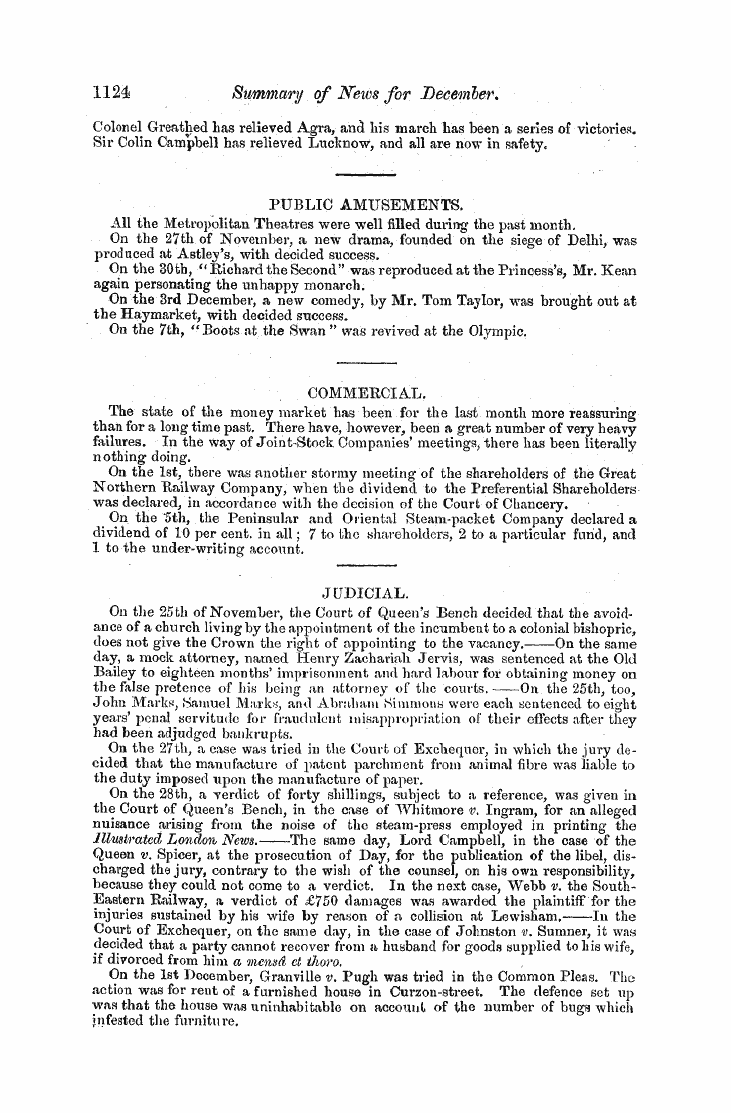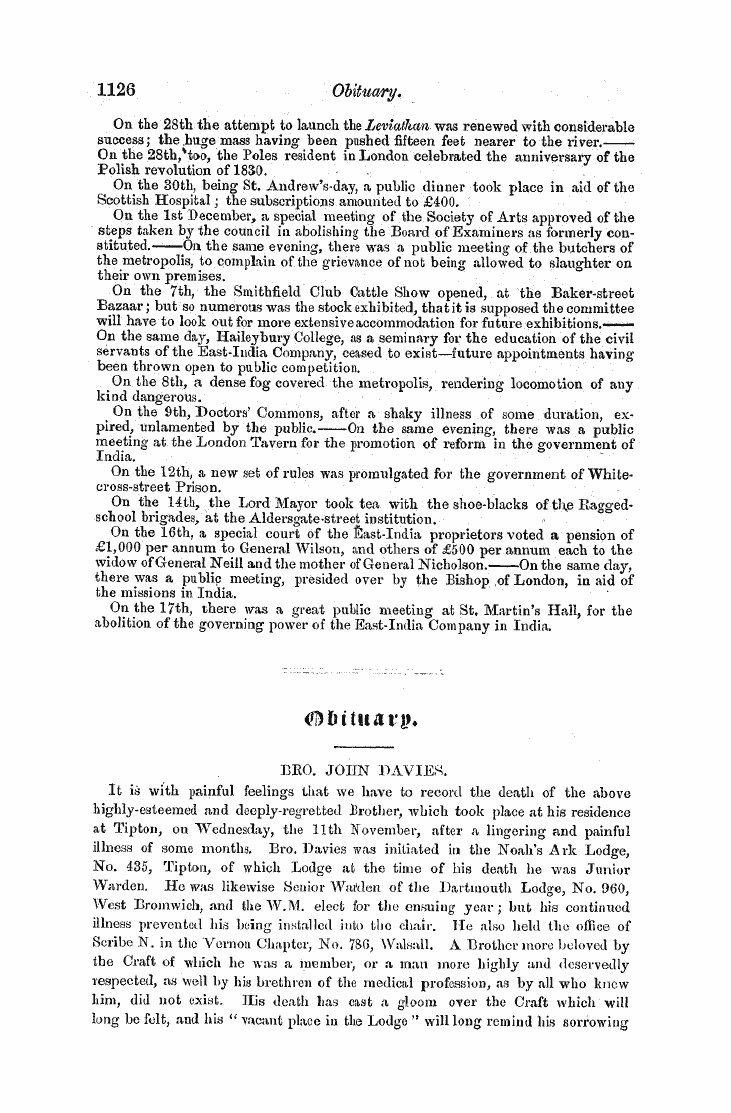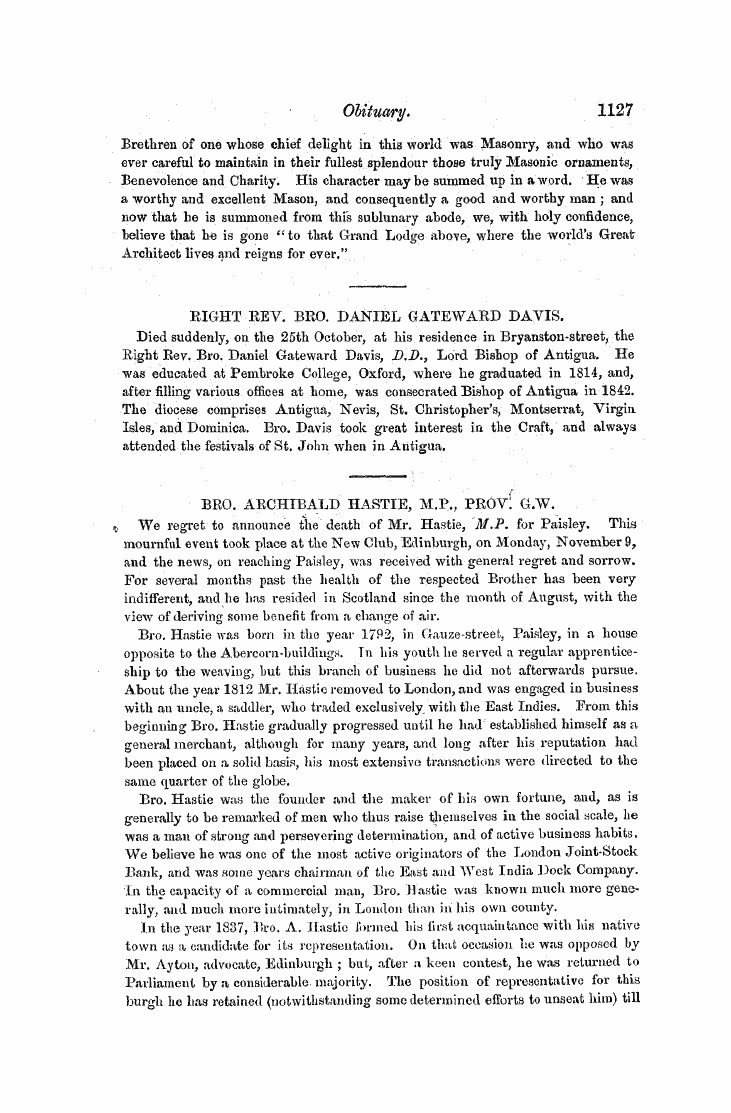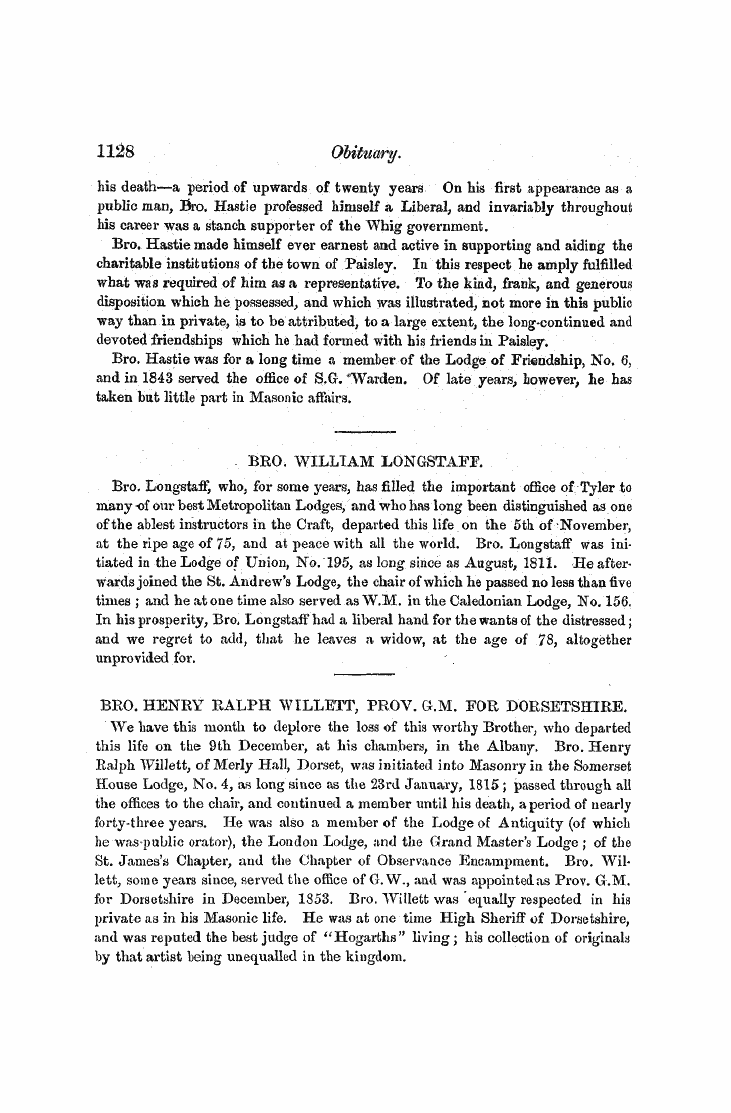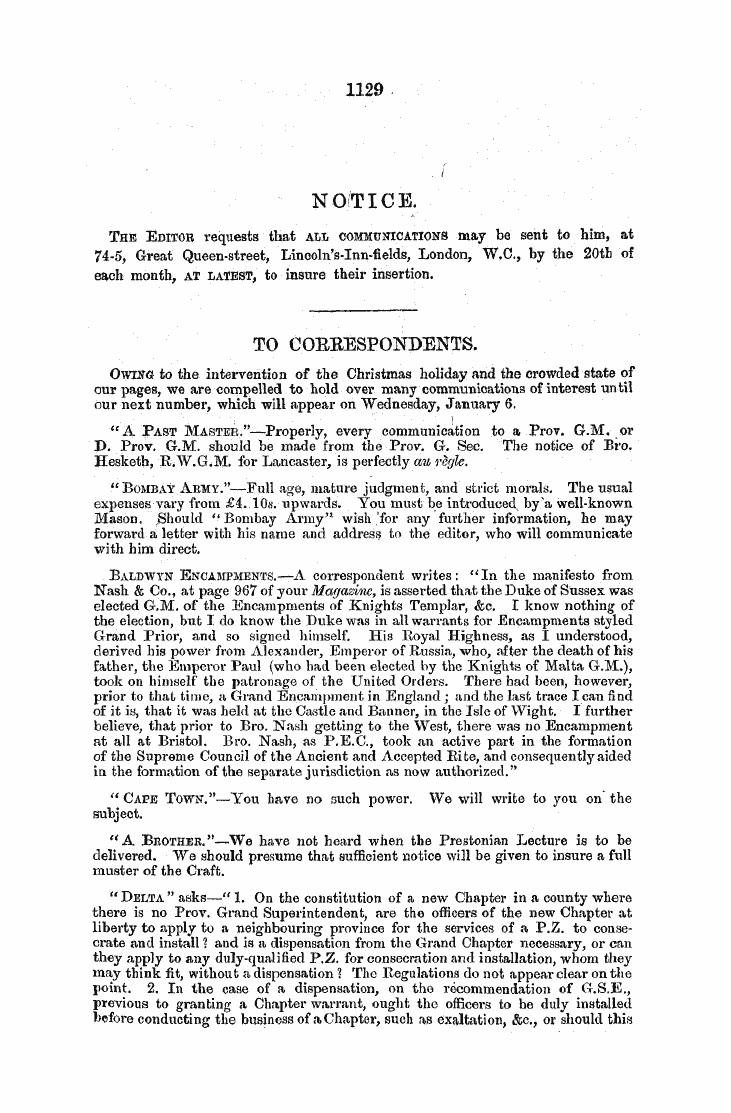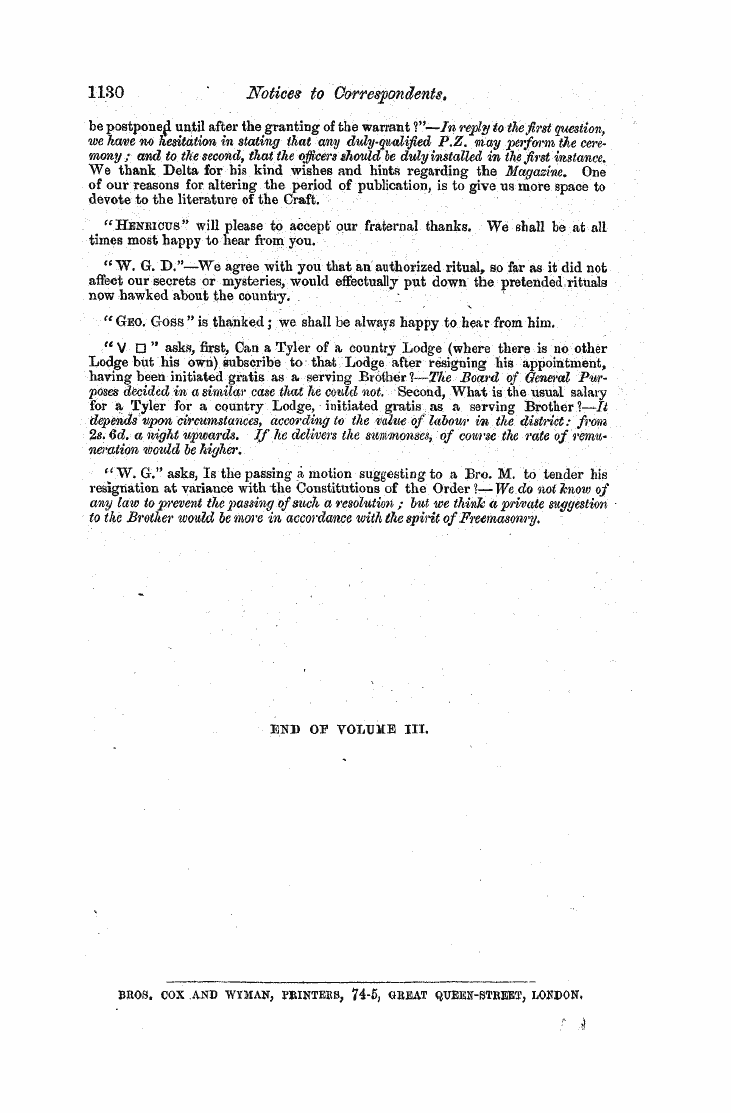-
Articles/Ads
Article LONDON AND MIDDLESEX ARCHAEOLOGICAL SOCI... ← Page 2 of 4 →
Note: This text has been automatically extracted via Optical Character Recognition (OCR) software.
London And Middlesex Archaeological Soci...
This ..- address being ended , the Rev . Mr . Hugo gaveia slight sketch of the history of the building from its commencement . I It is traditionally reported that the Tower was built by Julius Csesar , but this is entirely without foundation ; and , what is most conclusive , he does not mention his building any fortress in or about its locality in his " Commentaries . " Dr . Stukely supposes that Constantino the Great built a fortress here , which he calls
Arx-Palatina . * Dr . Milles , the Dean of Exeter , from the discovery of some ancient coins near its site , presumes that it was a Bo man fortress , and also a depository of their treasure and mint . Undoubtedly these memorials point out that the Romans were located near the spot , but do not warrant the assertion that they had built a fort . The early writers make mention of the city and walls of London , but no allusion is made to the Tower before the invasion of the Normans . That a castle or fortress did exist prior to the present keep is quite certain , because , in the year 1720 , whon digging on the south side of the keep ,
some old foundations were discovered , built of stone , nine feet in width , and so well cemented that the greatest difficulty was experienced in removing them . The present keep , or White Toweiy was built by Gundulph , Bishop of Rochester , acting as Grand Master , assisted by Roger de Montgomery , Earl of Shrewsbury ' and Arundel , as his Warden , for William the Conqueror , according to Stow about the , year 1078 ; but Mr . Bayley , in his ¦« History and Antiquities of the Tow er , " asserts that the work was not commenced for two or three years later .
Shortly after the accession of William Rufus to the throne , a fearful tempest visited the city of London , blowing down some five hundred houses , and doing very considerable damage to Bishop Gundulph ' s Tower ; for five years it lay in comparative ruin , when the king commenced repairing the Tower , and built additional walls , and to defray the expenses he laid heavy taxes upon the English , and the Londoners in particular . On the death of Rufus , his brother Henry succeeded to the throne , and continued the work ; and it is a question amongst antiquaries ^ and historians if he were not the completer of the building as it now is .
Considerable additions were made during the reign of Stephen . Roger of Wendover states , that Thomas a Beckett considerably repaired the Tower during the reign of Henry II ., by whom it was left in his custody , and was the first cause of dissension between the king and that prelate . Richard I ., prior to his first Crusade , appointed Longchamp , Bishop of Ely , as regent , and the latter repaired and strengthened the walls , and—according to Matthew Paris—surrounded them
with the moat . Henry III . added more buildings , and some of these , from bad workmanship , or for want of proper foundations , fell in twice during this monarch ' s reign . Each successive sovereign either added to or strengthened the building to the reign of Henry YIIL , when the estimate for the repairs and requisite alterations amounted to the sum of £ 3 , 593 . 4 s . Id . Charles IT . was the next king that repaired the Tower , but very little he appears to have done to it ; as , according to a MS . in the Harleian Collection in the
British Museum , £ 500 was the amount he expended upon it . But towards the latter part of his reign two reports were made , "As to what repairs and other works are most necessary to be forthwith done in and about the said Tower of London , for the safety and convenience thereof , and the garrison therein , " by * See " Itinerarium CuriosunV' fob ed . 1774 , p . 112 ,
Note: This text has been automatically extracted via Optical Character Recognition (OCR) software.
London And Middlesex Archaeological Soci...
This ..- address being ended , the Rev . Mr . Hugo gaveia slight sketch of the history of the building from its commencement . I It is traditionally reported that the Tower was built by Julius Csesar , but this is entirely without foundation ; and , what is most conclusive , he does not mention his building any fortress in or about its locality in his " Commentaries . " Dr . Stukely supposes that Constantino the Great built a fortress here , which he calls
Arx-Palatina . * Dr . Milles , the Dean of Exeter , from the discovery of some ancient coins near its site , presumes that it was a Bo man fortress , and also a depository of their treasure and mint . Undoubtedly these memorials point out that the Romans were located near the spot , but do not warrant the assertion that they had built a fort . The early writers make mention of the city and walls of London , but no allusion is made to the Tower before the invasion of the Normans . That a castle or fortress did exist prior to the present keep is quite certain , because , in the year 1720 , whon digging on the south side of the keep ,
some old foundations were discovered , built of stone , nine feet in width , and so well cemented that the greatest difficulty was experienced in removing them . The present keep , or White Toweiy was built by Gundulph , Bishop of Rochester , acting as Grand Master , assisted by Roger de Montgomery , Earl of Shrewsbury ' and Arundel , as his Warden , for William the Conqueror , according to Stow about the , year 1078 ; but Mr . Bayley , in his ¦« History and Antiquities of the Tow er , " asserts that the work was not commenced for two or three years later .
Shortly after the accession of William Rufus to the throne , a fearful tempest visited the city of London , blowing down some five hundred houses , and doing very considerable damage to Bishop Gundulph ' s Tower ; for five years it lay in comparative ruin , when the king commenced repairing the Tower , and built additional walls , and to defray the expenses he laid heavy taxes upon the English , and the Londoners in particular . On the death of Rufus , his brother Henry succeeded to the throne , and continued the work ; and it is a question amongst antiquaries ^ and historians if he were not the completer of the building as it now is .
Considerable additions were made during the reign of Stephen . Roger of Wendover states , that Thomas a Beckett considerably repaired the Tower during the reign of Henry II ., by whom it was left in his custody , and was the first cause of dissension between the king and that prelate . Richard I ., prior to his first Crusade , appointed Longchamp , Bishop of Ely , as regent , and the latter repaired and strengthened the walls , and—according to Matthew Paris—surrounded them
with the moat . Henry III . added more buildings , and some of these , from bad workmanship , or for want of proper foundations , fell in twice during this monarch ' s reign . Each successive sovereign either added to or strengthened the building to the reign of Henry YIIL , when the estimate for the repairs and requisite alterations amounted to the sum of £ 3 , 593 . 4 s . Id . Charles IT . was the next king that repaired the Tower , but very little he appears to have done to it ; as , according to a MS . in the Harleian Collection in the
British Museum , £ 500 was the amount he expended upon it . But towards the latter part of his reign two reports were made , "As to what repairs and other works are most necessary to be forthwith done in and about the said Tower of London , for the safety and convenience thereof , and the garrison therein , " by * See " Itinerarium CuriosunV' fob ed . 1774 , p . 112 ,
































































